

Discover more from Agent131711’s Substack
FAKE CONSTRUCTION PHOTOS? Exposing the World's Fairs, History Lies (PART 3)
I found TONS of mind-blowing rare photos!
You may have read the title, saw the word fair and thought, “Fairs? Why would I care about fairs?”, which happens to be exactly what I thought when, a few years back, my buddy Gary asked me, “Have you ever looked into the World’s Fairs?”. My response was, “Nope. Don’t plan to either.”… but when he started explaining it to me, I quickly realized this was likely the craziest story I never heard. Then, when I began looking at photos, I was hooked; it’s an unsolved mystery, true crime, action, drama, history and art, all rolled into one, and it leaves you asking, “Why would the most extravagant events in history, that produced the most astonishing buildings in the world, be so suppressed that even architects have never heard of them?”
In Part 1 of this series we discussed the absolutely remarkable World’s Fairs / Exhibitions which mostly took place in the 1800s and early 1900s, featuring the most amazing buildings you have ever never seen.
These fairs spanned hundreds of acres yet history claims they were all built in as little as a couple months and, at most, three years.
In Part 2 we discussed how, at the end of each fair, the organizers of the event were contractually obligated to demolish every last sign of its existence. No pathway, pillar or pond was allowed to remain. The reason for this? History tells us that all of these buildings were just temporary structures.
They claim these magnificent buildings were built using cheap wood and plaster. They claim all of the buildings at the World’s Fairs were made like this:
Which means this is a hell of a lot of plaster:
And a hell of a lot of detail to hand carve in as little as a few months to as much as two years total (counting land excavation):
Anyway, not only did they somehow build and hand carve 3+ acres per day of temporary plaster buildings, but they did it to perfection. The results were so flawless that the general public believed the buildings were real stone and brick, hence the reason the public was outraged to discover the buildings were all to be demolished at the end of the event.
Let me give you an example of a timeline regarding construction and demolition of one of these events, the World’s Fair in Omaha, Nebraska that was held in 1898. It was one of the smaller events, spanning 184 acres, which is equal to 140 American football fields, built from scratch on an empty field.
This five-month event took only “18 - 20 months” to build
Those five months of build time included clearing the land, excavating the 12-block-long lagoon, laying foundations, running plumbing for all of the magnificent water features, constructing frames for each structure, laying wood then plaster, carving it…
… running electrical lines, bringing in tens-of-thousands of pieces of custom made glass, iron, pillars, roof domes and other materials (by horse and wagon)…
…laying brick paver sidewalks, fabricating hundreds of statues, importing trees, shrubs and flowers and performing landscaping…
…then completing the buildings, painting them to the most minute detail, and more… all in 20 months or less…
And let’s keep in mind the two types of plaster available during this era. First was Plaster of Paris which becomes porous when dry making it prone to absorbing water, so it never would have been chosen as a medium. This leaves Lime plaster which, in the 1800s, was a mixture of lime, water and sand with animal hair used as a binder. Lime Plaster was applied over wooden lath. Historically, lath was narrow strips of wood (laths) which were nailed to the frame of the building horizontally:
The reason we no longer use this process is because it is painfully slow and difficult to repair. Additionally, Bob Villa says laths are prone to water absorption, so if some nut wanted to use these materials for outdoor buildings, it appears the extra step of completely coating the structures with some form of sealer to protect them would be required (resin, wax, or shellac coating were the options at the time) - and this means more time, more manpower and more money. It just doesn’t make sense…
How the World’s Fair in Omaha, Nebraska vanished from history was outlined in an article called A History of the Demolition of the Trans-Mississippi Expo. The author (who 100% believes the history we are being told) begins by saying, “…few people have said much about the demolition of the exposition grounds. Now entirely lost in the neighborhood, there are no actual traces and few signs of what once existed.”
Here is what happened to the Omaha, Nebraska World’s Fair buildings.
At the close of the event, the railroad brought a trainload of demolition equipment from Chicago. 500 workers, employed by The Chicago Wrecking Company, were hired to demolish the expo buildings, features and fixtures. (Based on my research, this appears to be the same crew that was responsible for dynamiting other World’s Fairs as well as the cities that were part of The GREAT Fires. It seems they used these guys exclusively and transported them across America to level large areas quickly)
After the fair, “Brick sidewalks were taken out, paver by paver, and reused elsewhere”
“…minarets and domes were rolled around the grounds after being taken off their towers and buildings.” (I guess those weren’t plaster?)
Three days after the close of the event, the first building to be torn down was the Kansas building.
The next day, the Nebraska Building was moved somewhere else in the city and converted into a state government storehouse. (What?!)
The Iowa and Wisconsin Buildings were destroyed soon afterwards
Within the same week, several of the smaller buildings on East Midway were demolished.
The Mining Building and the Colonial Building were leveled within a month
The organizers of the German Village had a multitude of lawsuits against them so they auctioned off the German Village to cover their debt. (Auctioned a prop to cover debt of several lawsuits?)
The Minnesota Building was demolished by December - less than two months after the fair gates closed (I assume they did build this one)
A huge fire destroyed the Transportation Building that month, including the windows and lumber stored there. (of course it did)
The Chicago Wrecking Company sold the Government Building for around $400 in 1898 currency value (Again, what? Are they selling these buildings to be stripped of what is on them? Because how would you move this, especially if it is just fragile plaster that cracks easily and is difficult to fix?)
That same month, the Philippine Village was demolished, along with the Chinese Village and Battle of Manila building.
It was claimed that there was a leak in the lagoon, so the whole thing was removed along with its giant electrical fountain
The largest building at the expo grounds was the Agriculture Building, and it was entirely demolished before the end of March.
By April, the demolition was complete.
(I’d like to point out, it took a professional wrecking crew of 500 men, with dynamite, multiple months to demolish temporary wood and plaster buildings.)
After the grounds were demolished, they were deserted. The Chicago Wrecking Co. left and the the city was filled with trash. Debris covered the streets, so much so that citizens had to protest to have it cleaned up (which I’m sure took place at the taxpayers expense). And that is how the Nebraska World’s Fair came to be then disappeared without a trace.
As mentioned previously, most people believe the reason for the demolition was that all of these buildings were just temporary displays; nothing more than shells for the quick event because this is what history tells us, but if you look at some of the temporary buildings that were thrown together for World’s Fairs yet still stand today, you see a different story. Let’s check out a few:
Palace of Fine Arts was built for the seven-month long Louisiana Purchase Exposition in 1904. That’s 120 years temporary:
It is now known as the St. Louis museum:
There was also a Palace of Fine Arts at the 1915 Panama-Pacific Exposition in San Francisco, 109 years temporary (we are going to discuss this guy more in Part 5: The Dark Side of the World’s Fairs - The Final Chapter):
That building still stands in its place in San Fran.
How about the Museum of Science and Industry, built back in 1893 for the Chicago World’s Fair? 131 years temporary.
It’s now the Museum of Science & Industry Chicago
Here’s the inside, with our modern-day tacky posters plastered on it’s stunning marble walls:
What is now being used as the Art Institute of Chicago is a 131-year-old temporary structure made for the same fair. That’s a whole lotta plaster and lath!
In fact, Jackson Park in Chicago - the whole flippin’ thing was made for the same short-term event:
If you thought those still-standing buildings were impressive, these will blow your tits off: Next there’s the Royal Exhibition Building from the Melbourne World’s Fair of 1880, a seven month long event . This one is definitely temporary - 144 years worth of it:
Here’s a better view:
Inside of it during the fair:
Inside now:
The Grand Palais, built for the 1900 Universalle Expo:
(124 years temporary, by the way)
Inside this building:
What about this building? Based on history, The Petit Palais must have been haphazardly tossed together in a day or two for the same 1900 Universalle Exposition - yes, they built not one, but two palaces and an Eiffel Tower for that fair (as well as 100-or-so additional buildings).
Nothing says “makeshift building” quite like the Castle of the Three Dragons, made for the nine-month-long 1888 Barcelona Universal Exposition (136 years):
If you ever want to see a cheap display, go check out the Arc de Triomf. It was a display built for the same 1888 Barcelona Universal Exposition:
So much plaster, so little time….
The Musée d’Orsay was made for the same 1900 Paris Exposition:
Look how good they carved this beauty!
Want to see the ceiling?
Now here’s a quick build: the Civic Aquarium of Milan, born 118 years ago for the Milan International of 1906… a six-month long event:
Just look at this ragtag building!
How many beers do you think this took? Four? Five? Because the entire fair was completed in months, so this must have been an after-lunch plaster project:
And just to be clear, the fair people did indeed build some buildings. The Eiffel Tower was one of them and it sure isn’t temporary (look at the castle in the background!)
As I pointed out previously in this series, the Tower alone took two full years to build - the entire duration of the 24 months of build time, yet the Tower is just steel beams. Meanwhile, they also built numerous castles from stone and marble? If this is the case, why did the Tower, which other than being tall is a much more simplistic build, take so long? My spouse has seen the Tower. Here’s a little story for you: my better-half was almost stuck in Europe when the world closed for Covid. I discovered luck was on our side when I received a text message saying “I will be on the last flight out of Amsterdam before they close the airports”. The reason I tell you this is because what I heard, directly from someone who has been there and who has toured much of Europe, is that the Eiffel Tower is nothing special, “a waste of a sightseeing trip”… when compared to the castles.
Other than that, here’s some of the stuff we know they built. “How do we know they built it?”, you ask. I respond by pointing at this photo of Paraguay’s Pavilion:
How pissed do you think Paraguay was when they arrived at the fair and were escorted past the castles to their piece of crap building? Wouldn’t you be livid? I’d be like, “Why does Canada get a 20 acre fort and we get this? Canada isn’t here yet, can we swap?”.
We also know they built the sh*tty building on the right:
The top isn’t even three-dimensional.
There’s no detail. This legitimately looks like a prop building, which it is:
Wanna see another building we know they made? Here’s “The Iron House”. You show me someone who thinks this is impressive and I’ll show you a liar:
Take a guess:
They also constructed this:
And “The Sod House”:
As well as the Old Plantation Display (to teach the people of the 1800s their history)
That Nebraska Expo we reviewed earlier featured this garbage:
Even the fences weren’t installed to line up properly. The exhibit isn’t nice at all:
So, they built an amazing castle for the six-month long Exposition universelle Liége (1905 Belgium), then the same builders built the lamest little houses in front of it?
Meanwhile, other buildings at these fairs look like this?
And this?
And this?
One must ask, “Why the glaring discrepancy?”. The Paris Expo spanned 181 American football fields. Filling them with architecture of this magnitude in only 24 months must have been quite the undertaking! Imagine having to build nearly four of these per day, every single day, for two years straight:
And having to fill it with this…
…as well as an Eiffel Tower and a couple ginormous castles. I guess with that plaster you would have to hope and pray there is never a rain day, let alone a storm, no delay in getting materials, no shortage of builders and no mistakes because there simply isn’t time for anything to go awry. I recently helped build a whiskey bar in a basement. The project was supposed to take a month of Sundays… it took three months of Sundays, yet we had the advantage of a Home Depot and a Lowes within a five-mile radius, gas powered pickup trucks and excellent power tools.
HUNTING FOR CONSTRUCTION PHOTOS
There are plenty of photos of the construction of the Eiffel Tower, which we all agree they really did build, but there are very limited photos in existence of the creation of these mind-blowing structures:
Usually, if you can locate a pic, the only photographs are of a scaffolding around a completed building or they are like the photo below, which appears to show a completed building being repainted or renovated:
In other cases, we get construction art, even when cameras were available.
The number of construction art renderings far outweigh the number of real photos showing these incredible fairs being built.
Are we to trust construction art? Maybe. Maybe not. The art is indeed exceptionally detailed, which would seem to add to its legitimacy but does that mean it’s real? I say no.
After much digging for World’s Fair construction photos, I was able to find a few pics which show the (alleged) creation of a couple buildings for the Universelle in Paris in 1889, a six-month event that ran from May 6 to November 6. Before we look at the construction photos, let’s first check out photos from the fair to see what the finished product was. (This was the fair that spanned 181 American football fields):
These are the buildings they claim to have constructed far quicker than the Eiffel Tower:
“The Roman House was made from brick and featured handcrafted wrought iron detail alongside intricate wood spindles”:
Here’s a Pavilion:
This was the “Food Products Pavilion”:
This was an exhibit inside of the Food Products Pavilion. Look at the ceiling and trim molding - sure is a heck of a lot of work to achieve so quickly… and a ton of work for such a short festival…:
Another building:
The Gallery of Machines entrance:
Another shot of the breathtaking entranceway to the Gallery of Machines (remember… 24 months… temporary building… plaster painted so well people thought it was real…):
This is the same entrance from a different view. Check out the custom curved-glass dome, which appears to not only be curved glass, but curved stained glass:
Interior of the Gallery of Machines (which, IMO, appears to be a massive greenhouse):
Here’s The Clockmasters Area:
The gallery of Marble:
A cafe:
Absolutely remarkable. Remember, every single piece of exterior detail was handcrafted… and done to perfection (yet they put a tacky piece of paper on the building? Why?):
This is the Galerie de la Chasse, Pêche et Cueillette:
Galerie des Fils et des Tissus:
Galerie de la Céramique:
Venezuela’s Pavilion:
Pavillon de Grande-Bretagne:
Chili’s Pavilion:
Brazil’s Pavilion: (I guess they were like, “Hey guys, I know this fair is for you to showcase progress of your country, but let’s make all of the buildings match, and because we are in Paris, let’s make them all look like ancient Rome” - because yeah, that makes sense…
Art:
Now that you know what was built in two years from crap materials, let’s check out those construction photos:
While you look at these photographs, I want you to remember that these books come out after the fairs - never before the fairs. We are told the entire construction process took as little as six-months and as much as three-years (three years is only in rare cases, nearly all took 2-or-less years). If this is the case, and the book features construction photos, why wouldn’t they release the book prior to the fair as promotional material, or even sell it at the fair as incredible memorabilia? Why wait one-to-two years after it has ended to assemble a book of construction images? Pay close attention and ask yourself, are these construction pics or demolition photos? If they are indeed demolition photos, that would exactly explain why the book cannot be released until after the end of the exposition. Think of how simple it would be: put demolition photos in reverse order and boom!, you have construction pics.
Here’s a book I located showing the construction of one of the jaw-dropping domed buildings at the 1889 World’s Fair in Paris:
Which we are told is this:
In this image we see the structures of the buildings in progress yet the landscaping and roads have been installed.
Why would you surround your building area with trees, thus complicating the process of bringing in materials for construction? Every builder knows landscaping comes last. I’m not even a builder and I know that.
In this drawing we see the completed dome in the background, a completed brick building on the left-of-center, then incomplete buildings on the right, making the building process exceptionally bizarre.
I also noticed that they appear to have applied some kind of technique to the illustration above that makes it look more like a photo - so much so that someone without an art background may assume it is a photo. I assure you that is art, very good art, but nonetheless art.
Note that, in the background of this next photo, we see marvelous completed buildings on the fairgrounds. It seems odd to complete so much then start on more instead of a normal construction process in which you would first clear all of the land, then lay all of the foundations, then build all of the frames, etc. In this instance, they really did build this structure… out of wood… not steel, brick or stone like other structures.
The effort they had to go to, to lift this wood beam, required a dozen men:
Why are there so many photos of this beam, yet so few of anything else?
Look at the structure:
Being that one wood beam required immense manpower, how many men were needed to build Argentina’s Pavilion?
Here’s another construction photo (art) showing the 1889 Exposition. Take a good look at this - is the track being buried? Being uncovered? Being laid? Very strange.
More alleged construction photos:
If we look back at the photo of the entrance to The Gallery of Machines, we can see things have been moved off of the floor, things that had been on the floor long enough to change the color of it. Additionally, we see a crack in the floor, however this crack is not present in other images, so this had to have come after the end of the fair.
In the Gallery of Marble image we looked at earlier, we see what appears to be drag lines from where someone had difficulties moving a heavy sculpture or something out of the room. Whatever was dragged back and fourth was not a lightweight prop.
The Electricity Building construction photo is either art or it is an actual photo with the men drawn in, either way, it has been edited (I would bet it’s all pencil art):
By the way, this is The Electricity Building they built on that tiny fame shown above:
Here’s another photo that has been edited to include men and wood beams. Alternatively, the entire thing could be art. The building in the background on the left is definitely art, as is the smaller one and the house on the right:
Why so much art when cameras were available and used for the fairs? I cannot locate a single book, video, anything that shows the complete construction process to create a building like this:
Even more peculiar, not one picture of them applying plaster or carving it exists, to the best of my knowledge. Let me rephrase that: Over a century of fairs featured the most incredible plaster-work in history, yet nobody took a single photograph... I can’t even find a drawing of them carving the plaster.
THE PROFESSIONAL PHOTOGRAPHER
I’m just an armchair detective; someone who likes to research topics and loves to look at photos and compare them for oddities. I am not a professional photographer, but this next guy is. I don’t know his name, but it doesn’t matter because what is important is what he discovered. This photo is a bit blurry, but what he is pointing out is that the squared areas are all pencil art, meaning these things did not exist in the original photo:
Per the photo above, the buildings on the far right should have also been highlighted because they too are art. The only thing that is an actual photo appears to be the frame and the bridge.
The same professional photographer noticed very problematic inconsistencies when comparing in these two photos, which were both presented as construction of the building.
The photog points out, in Image 2, the dome appears to be finished, while in Image 1, it is still under construction but, in Image 1, the smaller domes, located in each corner, below the large dome, are complete, whereas in Image 2 they are not present.
In this image we see the same completed corner-dome alongside skeletons of buildings, which only makes sense if these are demolition images:
In that photo, they drew in the same two art buildings:
Why did they go to such lengths to make people looking at these images believe those buildings were present when all that was present was the frame?
Then, if you compare the images, they make even less sense:
This photo is constructing the Mayan Exhibit at the World's Columbian Exposition in 1893. How can this level of debris be explained during a construction process? In my opinion, it looks dynamited, and I do believe they built this building because it’s not impressive:
They tried to explain away the level of debris by claiming the Mayan Exhibit needed to have some ruins - ok, but what about all the sh*t all over the ground? Obviously that wasn’t part of the exhibit, so how did it get everywhere during construction?
Another thing I noticed is this:
Which sure seems like this:
Which means the Mayan Exhibit, which looks dynamited, was right behind the domed exhibit with the art buildings added in? Yet we can see the end of the half-circle-shaped frame in the Mayan photo, but we do not see the giant domed shaped building or any trace of other structures:
Completed magnificent castles in the background with construction in front of it? Again, who would build in stages like this?
Then there is this photo, showing the alleged construction of the same building shown above, but where is everything else?
Now this is where things take an even crazier turn. While researching, I accidentally came across two strikingly similar photos. They were so similar that they even duped search engine AI. I only discovered they were not the same building by reading details. This got me wondering how easy it would be to present construction photos of a completely nonrelated building then claim they are from the fair. Here’s the first building which they claim is a World’s Fair construction photo:
This is an unrelated building, The Kingsbridge Armory in 1903…
I’m not saying those are or aren’t the same building, I’m saying it sure would be easy to build to grab a couple pics of construction of something and claim them to be of something else. Is this why I am unable to locate a photo of the completed Mayan Exhibit?
Then I started looking back at photos with this new perspective. Here’s another domed building they claim to have built in the 24 month window for the 1889 Paris Expo:
Here is the interior of the completed building:
But when you look at the construction photos…
This building was made of wood, not steel, yet when you read historical content written at the time of the fairs and look at the couple dozen buildings left standing; steel, stone, handblown glass, forged iron. For example, here is a snippet from the Alaska Exposition official guide about this building:
Snippet:
Let’s get back to the construction photos that fit perfectly with the modern narrative that all of the structures were temporary:
But upon closer inspection, you realize things aren’t adding up…
For example, it was strong enough to support multiple levels that wrap completely around the building?
They don’t just wrap around the building, they have balconies:
And this hack job structure is the frame?!
Seriously? These pieces don’t even line up!
Nobody who can build something so magnificent is going to build it so sh*tty. History wants us to believe that they put the weight of this…
…on this chintzy tossed-together wood frame:
And massive walls of real glass were supported by those pieces of wood?
I’m calling bullsh*t.
All of this information leads to the next question; NEXT READ: SUPPRESSED TECHNOLOGY - WHAT ARE THEY TRYING TO HIDE AND HOW FAR WOULD THEY GO TO REWRITE HISTORY? But first, if you like my work and appreciate all of the time and energy I put into trying to bring you awesome, thorough content that hopefully makes you think, please support me! (and btw, I love reading all of your comments because they make me think too. Truth will prevail!)
NEXT READ
SOURCES, NOTES & OTHER STUFF
From the official Alaska guide: https://archive.org/details/officialguidetoa00alas/page/26/mode/2up
Souvenir book of the Louisiana Purchase Exposition : day and night scenes https://archive.org/details/souvenirbookoflo00loui/mode/2up
The Exposition Babies https://archive.org/details/expositionbabie00unkngoog/page/n16/mode/2up
https://peabody.harvard.edu/video-all-world-here-anthropology-display-1893-chicago-world%E2%80%99s-fair
https://classicchicagomagazine.com/the-northern-trust-at-the-worlds-fair-of-1893/
https://mtcopeland.com/blog/what-is-lath-and-plaster/
https://en.wikipedia.org/wiki/Exposition_Universelle_(1900)#/media/File:Paris_Exposition_Palace_of_Electricity,_Paris,_France,_1900_n2.jpg
https://en.wikipedia.org/wiki/Louisiana_Purchase_Exposition
https://www.grunge.com/237135/the-incredible-story-of-the-1893-worlds-fair/
https://archive.org/details/sheppsphotograp00shepgoog/page/n457/mode/2up
https://www.bitchute.com/video/5nJfeJiH5r8G
https://www.bitchute.com/video/cinzaZtJXwoz
https://archive.org/search?query=shepp%27s
https://www.treehugger.com/legendary-worlds-fair-leftovers-4863570
https://www.loc.gov/static/collections/panoramic-photographs/articles-and-essays/selected-panoramic-photographs/cyclones-and-earthquakes.html
https://www.bitchute.com/video/b8Z0uDqr9011
incredible resource: https://www.studylove.org/worldsfairs30.html#1867
Lists:
List of world expositions (sanctioned by the BIE) (Wikipedia)
List of world's fairs (international, colonial, national) (Wikipedia)
All Expos (at Bureau International des Expositions)
Websites, Pages:
Bureau International des Expositions (bie-paris.org)
Expo Museum (expomuseum.com)
Les Expositions Universelles (worldfairs.info)
World Exhibitions (worldexhibition.org)
Trading Culture and Concepts: History of the World's Fairs (54488121.weebly.com)
Revisiting the World's Fairs and International Exhibitions (at Smithsonian Libraries)
World's Fair and Exposition Information and Resource Guide (at Earth Station 9)
Expositions: Where the Modern Technology of the Times was Exhibited (at National Diet Library, Japan)
World's Fair History Quick List (at JDP Econ)
Progress Made Visible: American World's Fairs and Exhibitions (at University of Delaware)
World Fairs in the Modern Period (modernworldfairs.weebly.com)
Exposition Architecture (at ArchInForm)
The World's Fair Community (worldsfaircommunity.org)
World Expo Museum (expo-museum.org) In English
Documentation Center: Channel WE (articles)
Collections (photos and descriptions of artifacts)
World's Fairs (at Flipboard)
Blogs:
Laurent Antoine LeMog, World Expo Consultant (lemog3d.blogspot.com, en français)
When the World Was Fair (whentheworldwasfair.wordpress.com)
KenBlog: A Blog Devoted to World's Fairs and Expositions (expoguy2.blogspot.com):
Video:
Brève histoire des Expos Universelles (1851-2010) (YouTube, overview video using pictures and music, 9m14s)
Inventing the Modern World: The Miracle of Glass (video, museum exhibit, 3m13s, at Vimeo)
Flat Earth British: "The Crystal Palace" & "The Expositions" Was It Arson? (YouTube, home documentary, 38m33s)
Lectures:
C100 Annual Luncheon: World's Fairs to Remember (YouTube, lecture, 36m49s)
How World's Fairs and Trade Expos Brought You the Future (YouTube, lecture, 56m45s)
Science International 2: Universalism in Action - The Age of Exhibitions (YouTube, lecture, 1h00m43s)
Neil Harris: The World On Display in the American World's Fairs (1h02m44s, at Dallas Museum of Art, see under "Related Multimedia")
Multiple:
World Exhibitions (YouTube Playlist, 54 videos)
The World of Expos! (YouTube Playlist, 80 videos)
World's Fairs (before WWII) (YouTube Playlist, 30 videos)
World's Fair Historic Films (YouTube Playlist, 28 videos)
World's Fairs and Great Expositions (YouTube Playlist, 20 videos)
World's Fair Related (YouTube Playlist, 33 videos)
World's Fairs on YouTube (search results)
Tag: World's Fairs (videos at History Channel)
Audio:
The World's Fair Podcast (worldsfairpodcast.blogspot.com)
Eye of the Beholder: Visitor Experience at 19th-Century World Fairs (SoundCloud, lecture, 1h00m21s)
Pictures:
Ansichtskarten Weltausstellungen (World's Fair Postcards) (category at akpool.de)
Category:World's Fairs (at Wikimedia Commons)
A Photographic Tour of the Wonders That World's Fairs Leave Behind (at Smithsonian Magazine)
World's Fairs Photographs (at Winterthur Digital Collections)
Music:
World's Fair Waltz by Jan Garber and his Orchestra (audio, 2m46s, at Internet Archive)
Guide to the World Fairs & International Expositions sheet music collection (list at Online Archive of California)
At the World's Fair (pictures, mostly of album covers, 1958-1970, at Music Eureka)
"World's Fair" (search results, notated music, at Library of Congress)
"Exposition" (search results, notated music, at Library of Congress)
Collections, Archives:
Brown Digital Repository: "Exposition Universelle" (search results)
Fresno State: World's Fair (search results)
Hagley Digital Archives (search results):
Henry Ford Museum:
Ford at the Fair Exhibition (an "expert set")
Henry Ford: Worlds Fair (an "expert set")
"World's Fair" (search results)
Historypin: World's Fairs and Expositions (digital collection)
Indiana University: World's Fairs: A Guide to Selected English-Language Resources (PDF, bibliographic guide)
Internet Archive: "World's Fair" OR "International Exposition" OR "Exposition Universelle" OR Weltausstellung (search results)
National Museum of American History: "world's fair" (search results)
Online Archive of California: "Expositions" (search results)
Smithsonian Institution Collections Search Center (search results):
Smithsonian Libraries: World's Fairs
University of Delaware: Progress Made Visible: American World's Fairs and Expositions (at Internet Archive)
Memorabilia:
World's Fair Collectibles (at eBay)
World's Fair Photos (worldsfairphotos.com)
World's Fair Auction (worldsfairauction.com)
Expo Medals: Guide to Award Medals from US Expositions (expomedals.com)
Texts:
Meet Me at the Fair: A World's Fair Reader (PDF, book, 559pp, at Research Gate)
International Exhibitions, Expositions Universelles and World's Fairs, 1851-2005: A Bibliography (PDF, book, 94pp, at Fresno State University Henry Madden Library)
Fiction (and Film) Set at the World's Fairs and Expositions (list, at Beyond Rivalry)
Marvels of the World's Fair[s] (article, at History Daily)
American Decorative Arts at the World's Fairs (article at AFA News)
World's Fairs and UNI (article, at University of Northern Iowa)
World's Fairs Then, Now, and Whenever (article, at Voice of America)
Incubator-Baby Side Shows (article, at Neonatology on the Web)
Les monuments emblématiques dressés pour des expositions universelles (article and pictures, at Barcelo: Pin and Travel)
Places:
Antwerp:
De Antwerpse Wereldtentoonstellingen (YouTube, documentary, 17m18s)
Barcelona:
Relics of the World's Fair: Barcelona (article and photos at Atlas Obscura)
Chicago:
Annual World's Fair Memorabilia Show (worldsfairshow.com)
Rick Rann: 24th Annual World's Fair Memorabilia Show (audio, 18m16s, at WGN Radio)
Hawaii:
Hawai'i at the World Fairs, 1867�1893 (article, at World History Connected)
Italy:
1851-2015, L'Italia nelle Esposizioni Universali - Fondazione Bracco incontra (YouTube, panel, 3m13s)
Liège:
Les Expositions Universelles et Internationales a Liège (YouTube, pictures with added music, 5m10s)
Korea:
Korea in World Expos: An History Since 1893 ... Re-Born in 3-D! (YouTube, 3-D models with added music, 17m36s)
New York:
Treasures from the World's Fair: Futuristic Objects from the Past (audio, podcast episode, 1h05m30s)
New York World�s Fair Collections (nyworldsfaircollections.tumblr.com)
Welcome to the Fair! The 1939 and 1964 New York World's Fairs (exhibit description with photos at New York State Library)
The New York World's Fairs: The "World of Tomorrow" Celebrated Today (digital exhibit, at Hofstra University)
Paris:
Christiane Demeulenaere-Douy�re: "Paris et les expositions universelles" (YouTube, lecture, 59m54s)
Conférence: Extraordinaires Expositions Universelles (YouTube, pictures and talk, 1h40m04s)
Les expositions universelles à Paris: Entre 1867 et 1900 (digital view book, at Archives Nationales)
Paris: Capital of the 19th Century: The Expositions Universelles in Nineteenth Century Paris (at Brown University Library)
Les Expositions Universelles de Paris (PDF, academic paper, 9pp, at Académie des Beaux-Arts)
Vestiges des expositions universelles, coloniales, et internationales de Paris (expositions-universelles.fr)
Le cinéma dans les Expositions Internationales et Universelles parisiennes de 1900 à 1937 (PDF, dissertation, 213pp)
San Francisco:
Fairs and Expositions (search results at Virtual Museum of the City of San Francisco)
United States of America:
Centuries of Progress: American World's Fairs, 1853-1982 (YouTube, museum preview, 10m37s)
Other:
How the 'World of Tomorrow' Became a Thing of the Past (article with video, 4m41s, at Time)
Global Map of World's Fairs Remnants (at Les Expositions Universelles)
Section Last Modified February 25, 2023
https://www.loc.gov/item/00694338
https://www.nps.gov/goga/learn/historyculture/ppie.htm
https://en.worldfairs.info/expopavillondetails.php?expo_id=7&pavillon_id=1353#:~:text=Canada%20%2D%20Expo%20Chicago%201893&text=Several%20of%20England's%20colonies%20have,beautiful%20site%20facing%20the%20Take.
https://blog.newspapers.com/opening-of-the-paris-worlds-fair-may-6-1889/
https://publishing.cdlib.org/ucpressebooks/view?docId=ft2k4004k4&chunk.id=d0e328&toc.depth=1&toc.id=d0e321&brand=ucpress
https://peabody.harvard.edu/video-all-world-here-anthropology-display-1893-chicago-world%E2%80%99s-fair
The Colonial Palace:
https://archive.org/details/booklet_1915_da_01/page/n7/mode/2up
Subscribe to Agent131711’s Substack
I'm a researcher. Come explore uncomfortable Truths in a lighthearted way that makes them easier to digest (and sometimes even hilarious). I publish special deep dives for paid subs on the 1st and 15th, everything else is free.




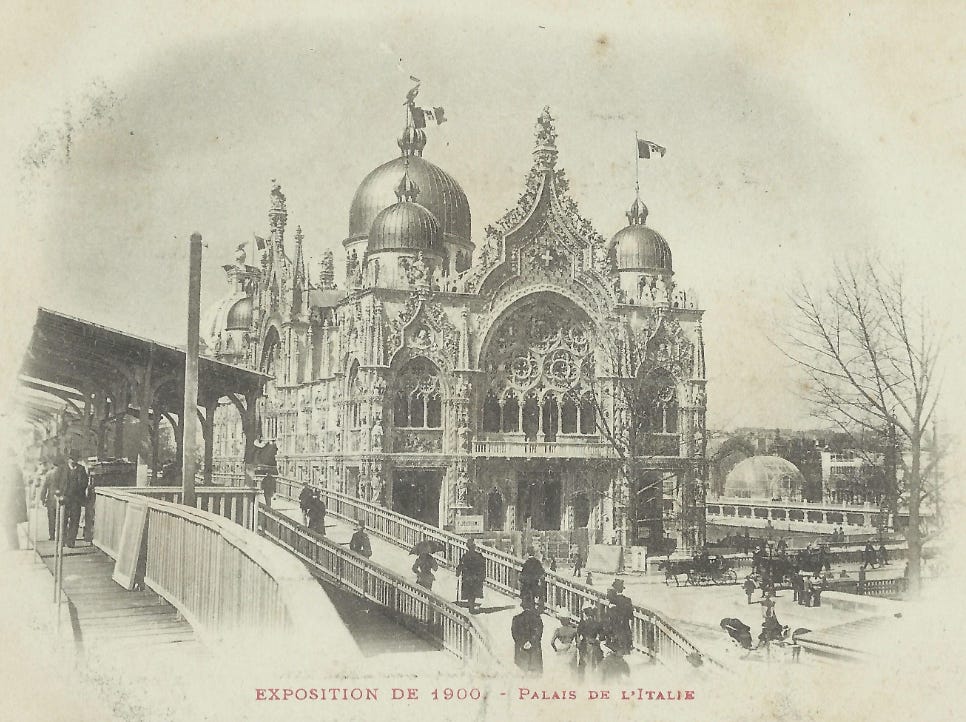
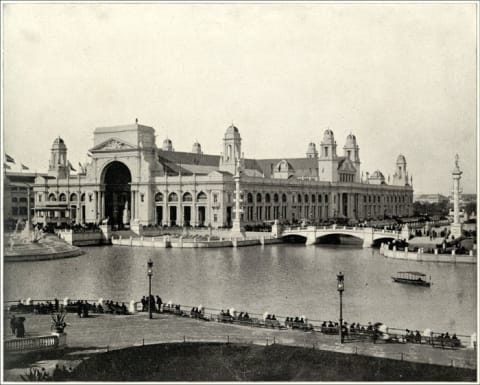
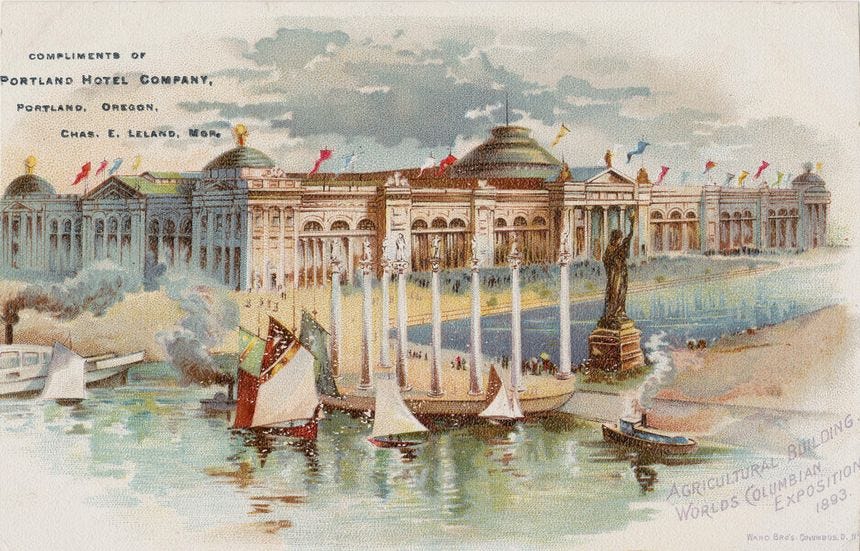
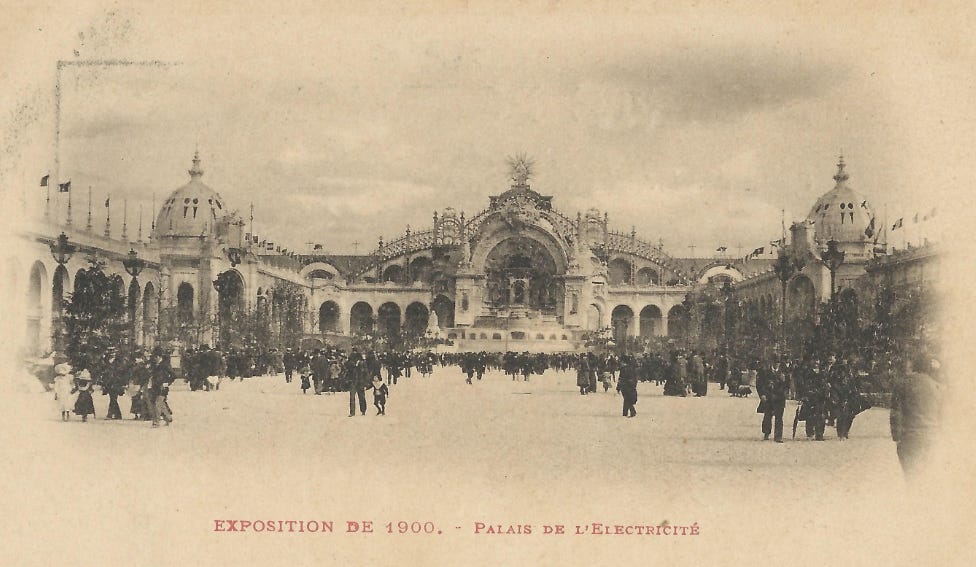
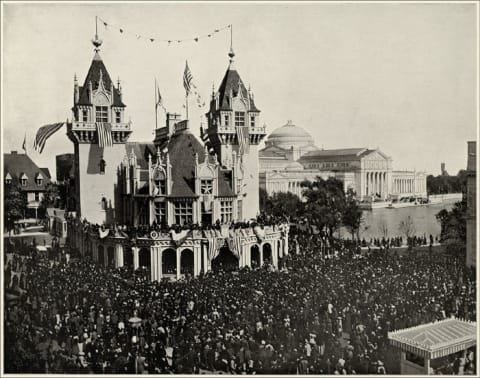
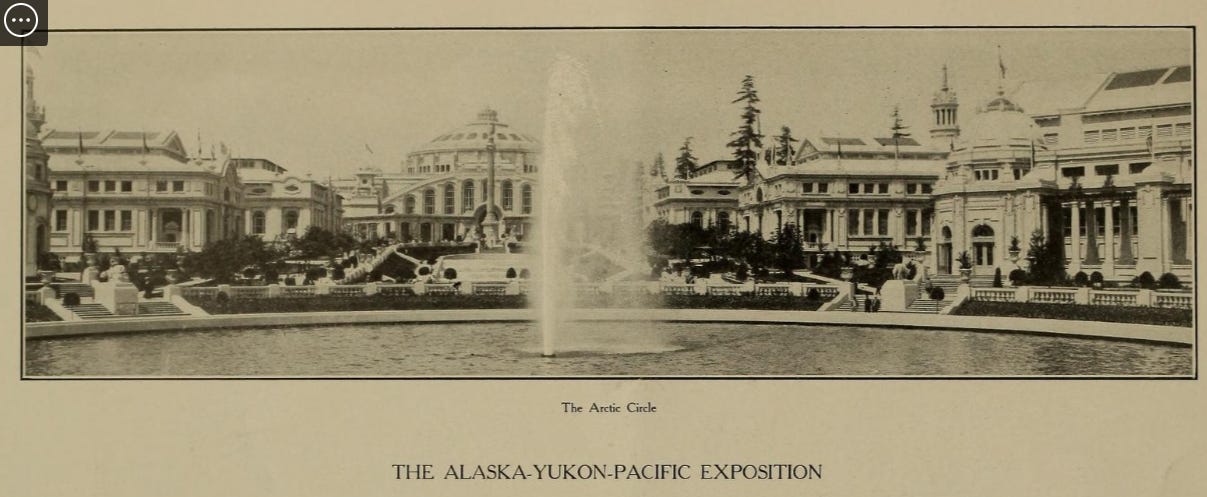
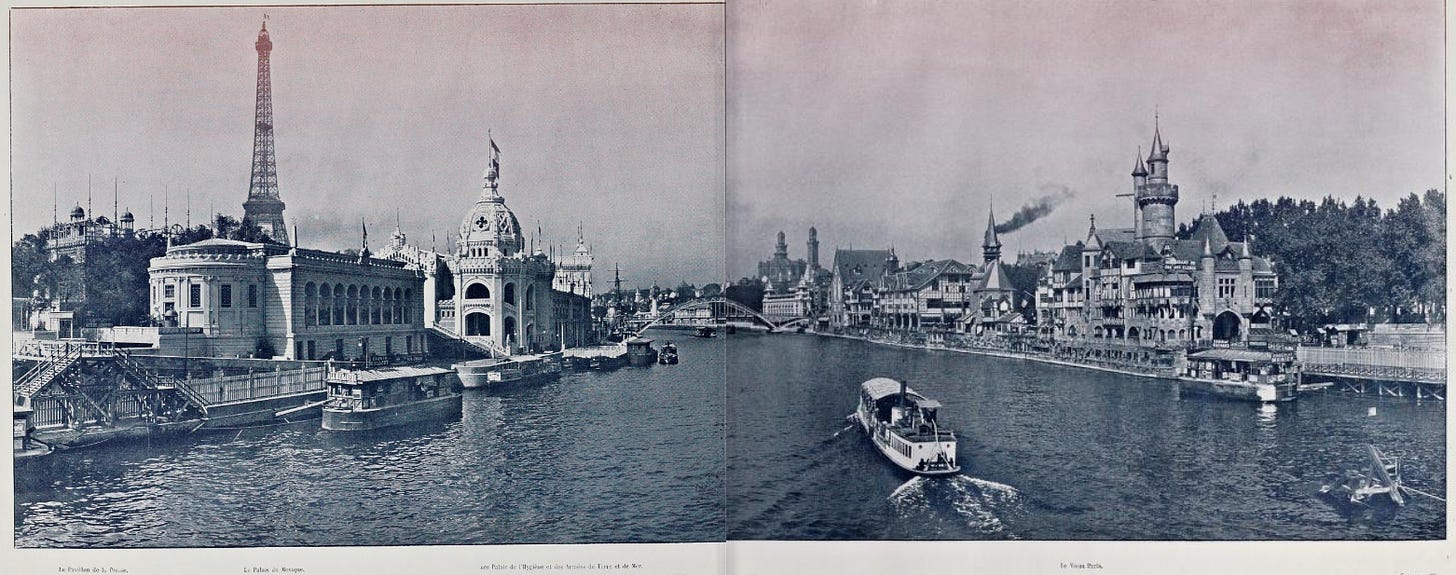
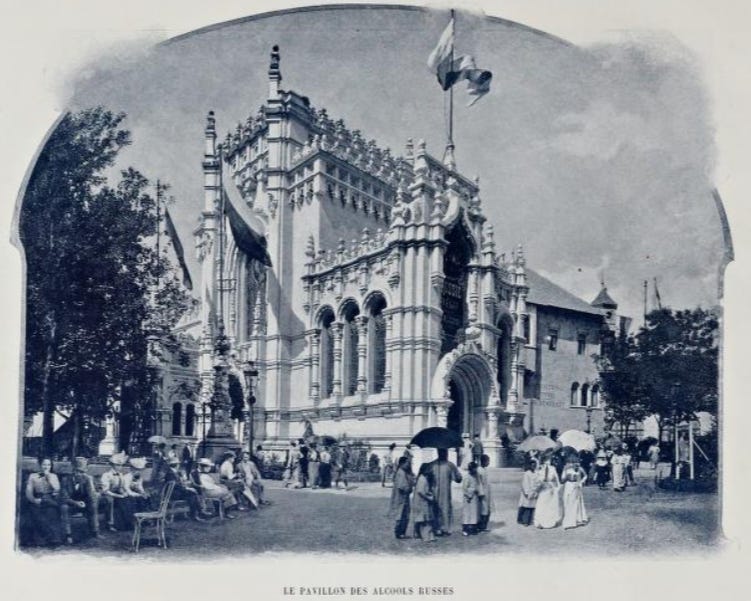
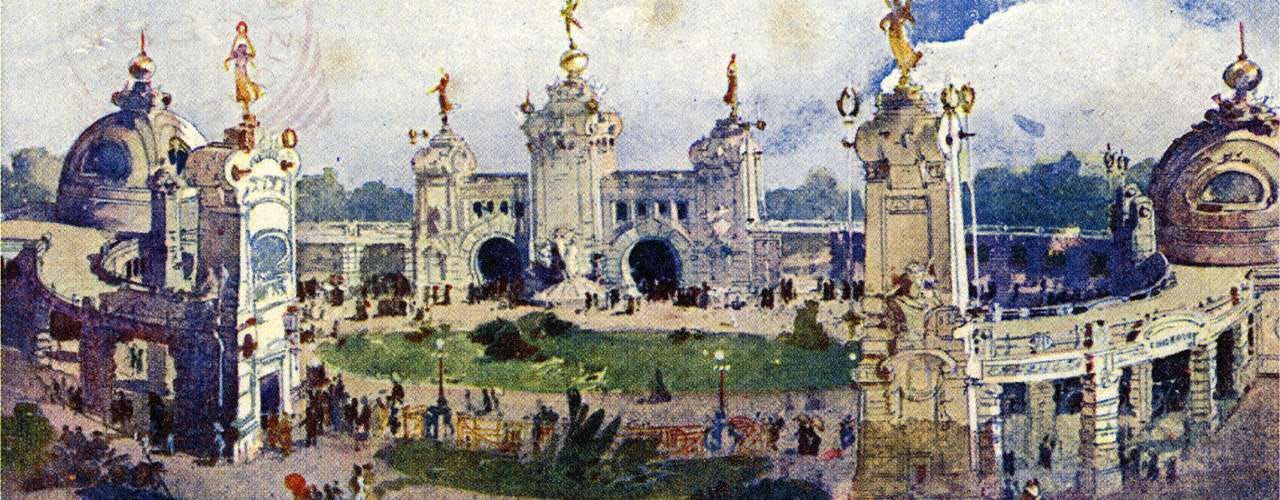
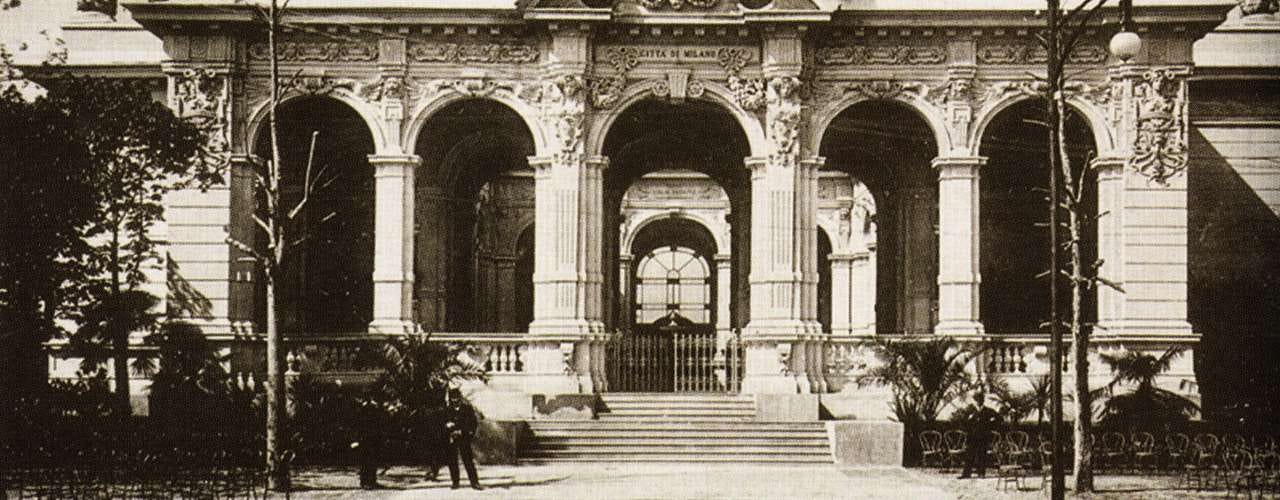
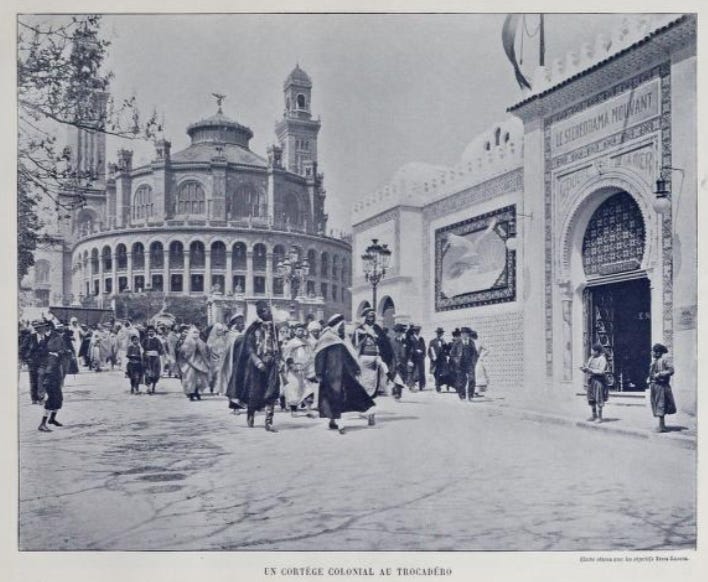

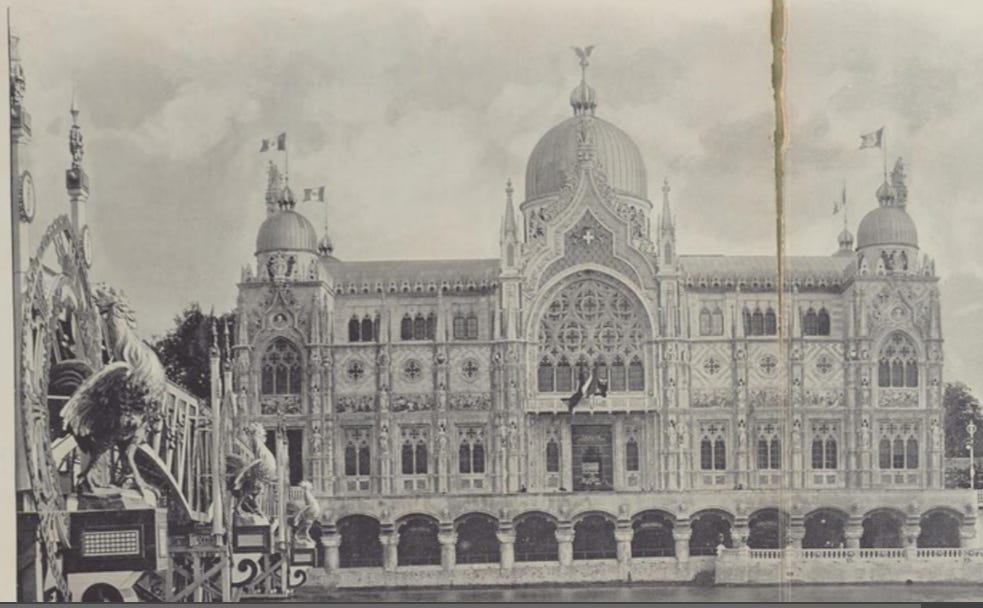
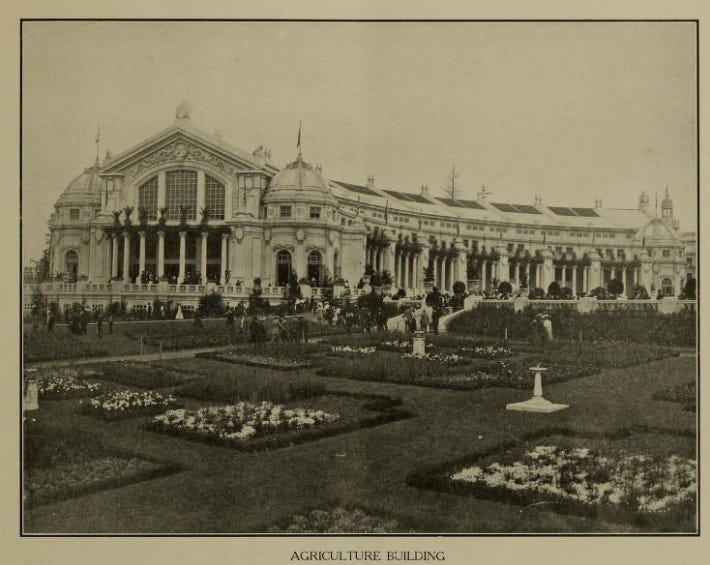
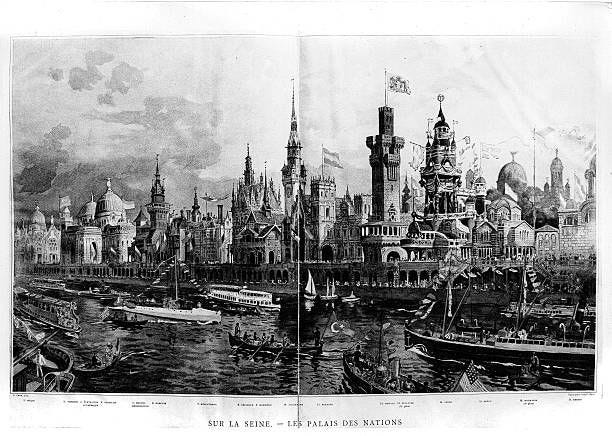
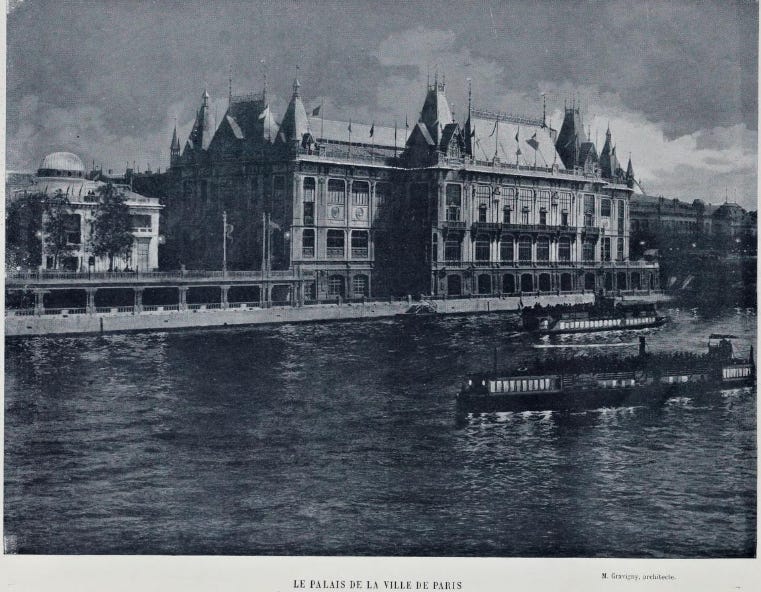
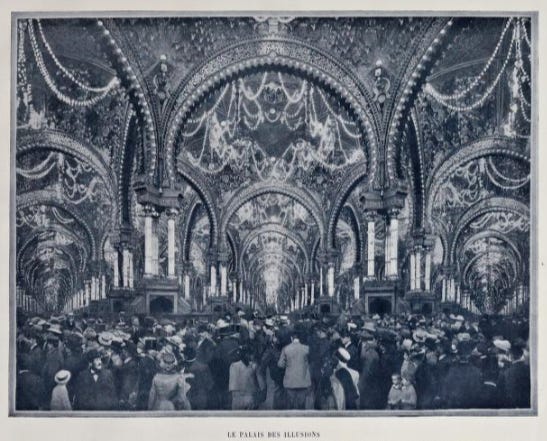
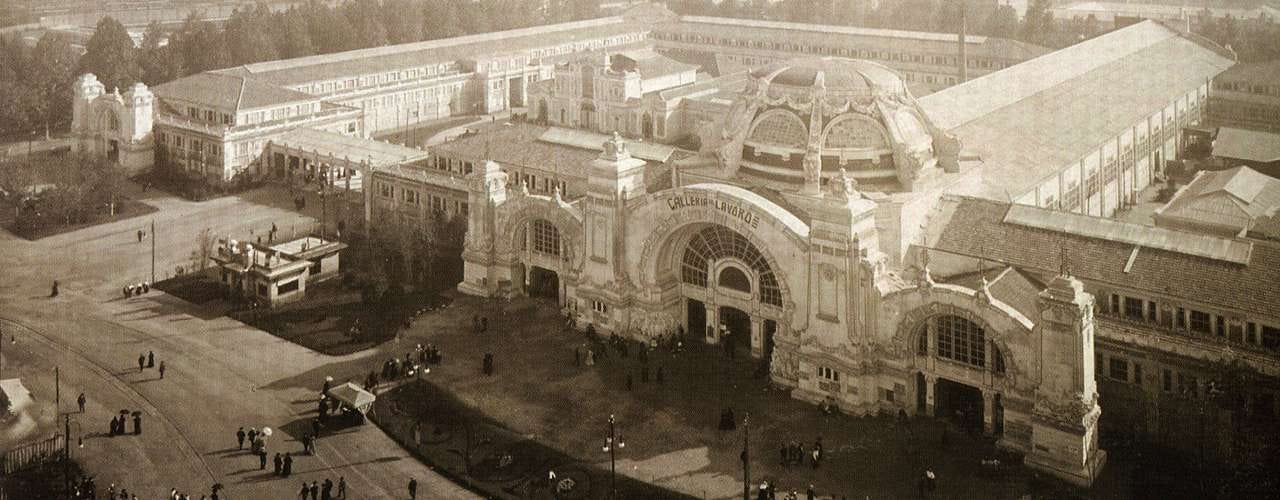
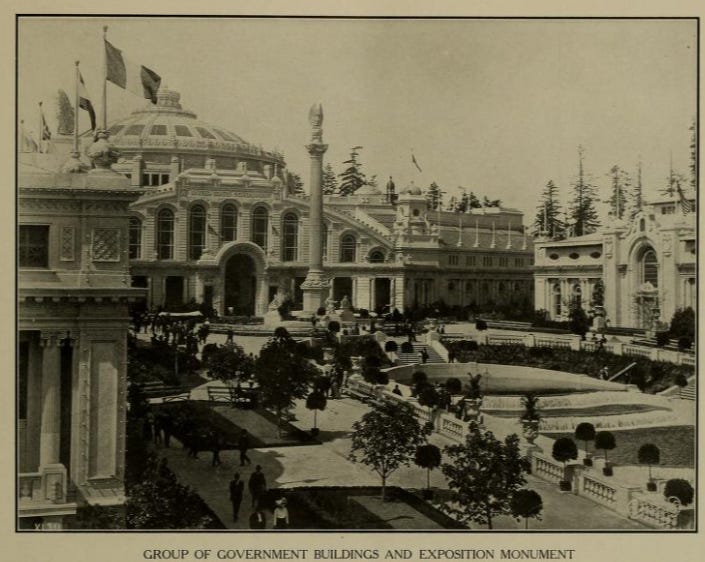

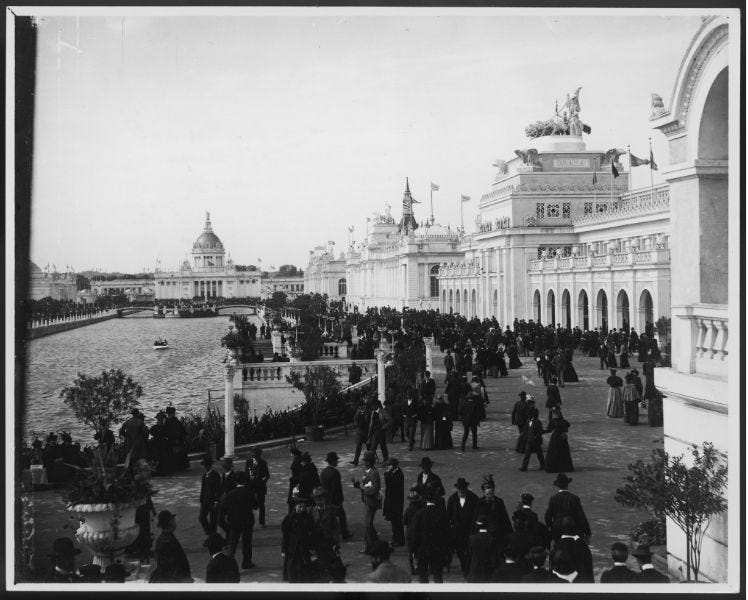
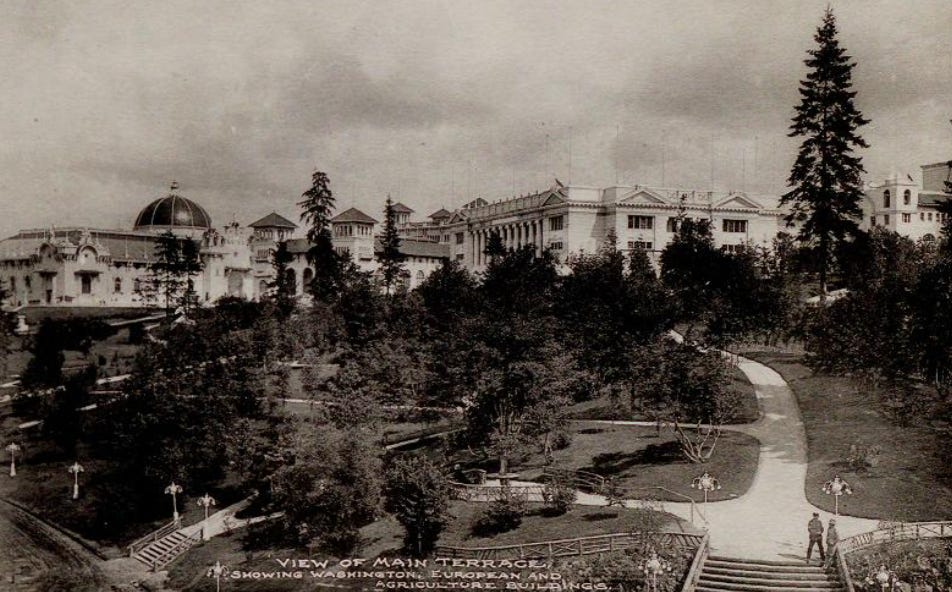
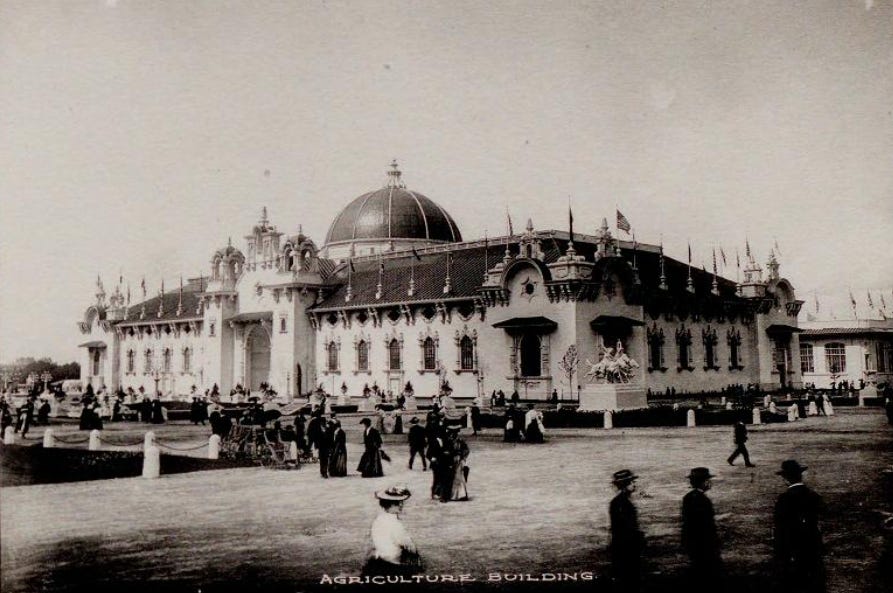
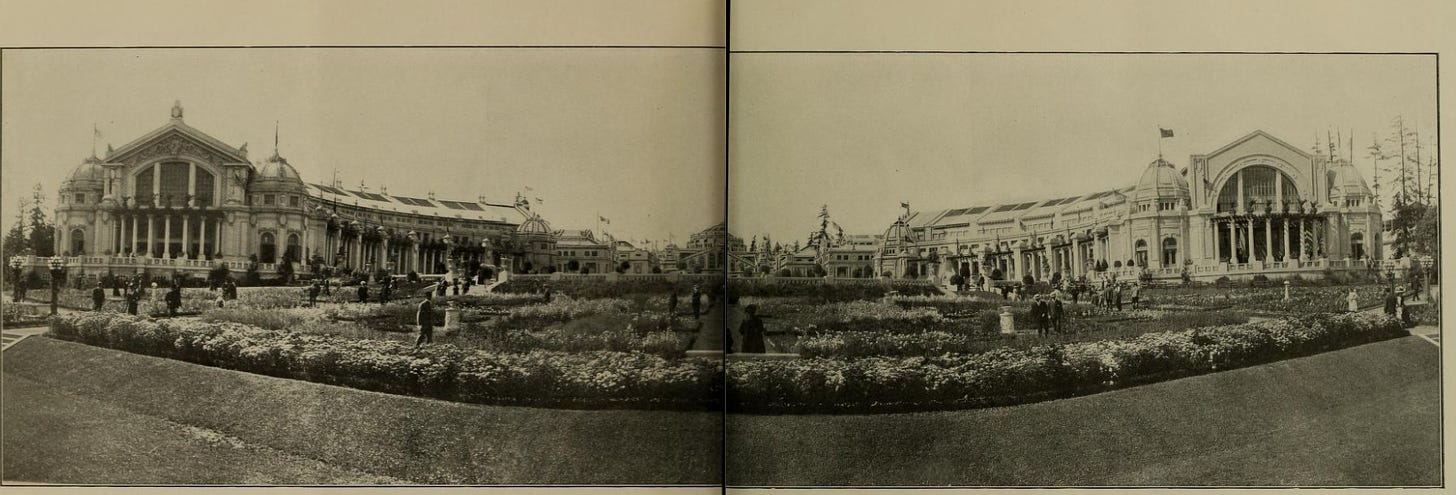
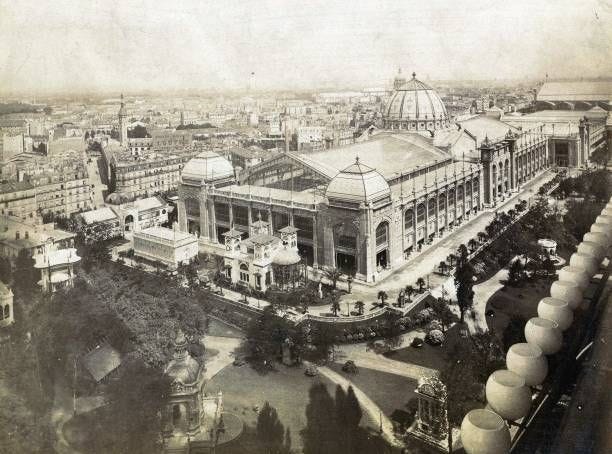
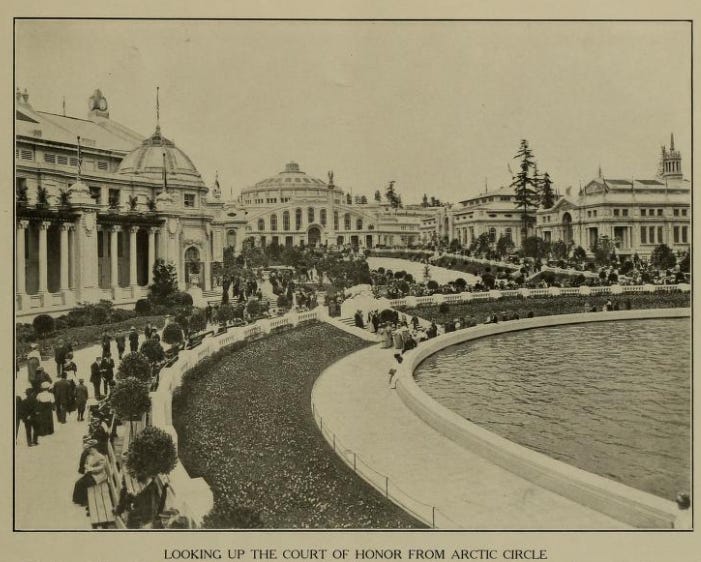
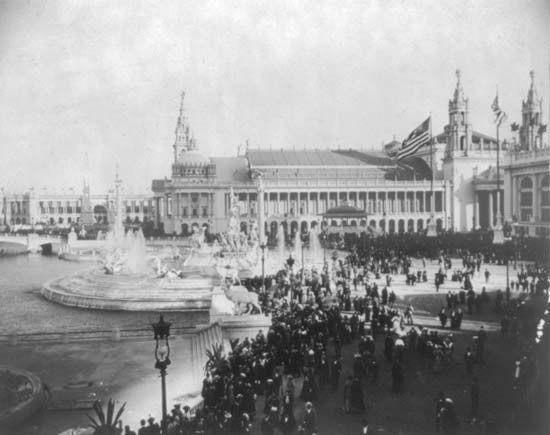

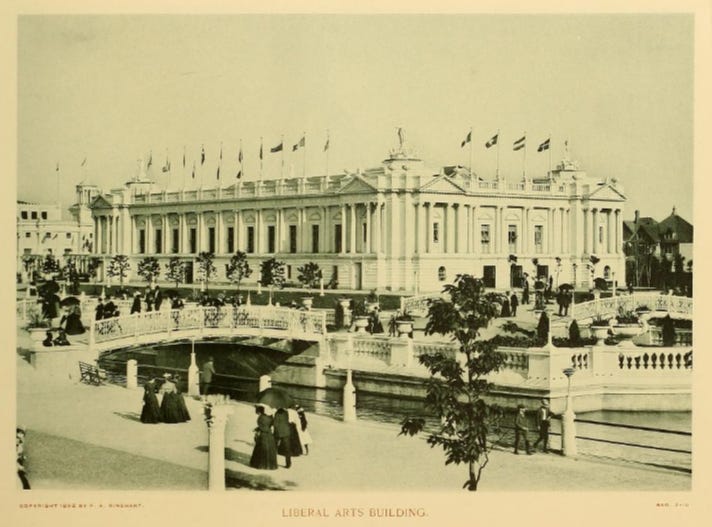
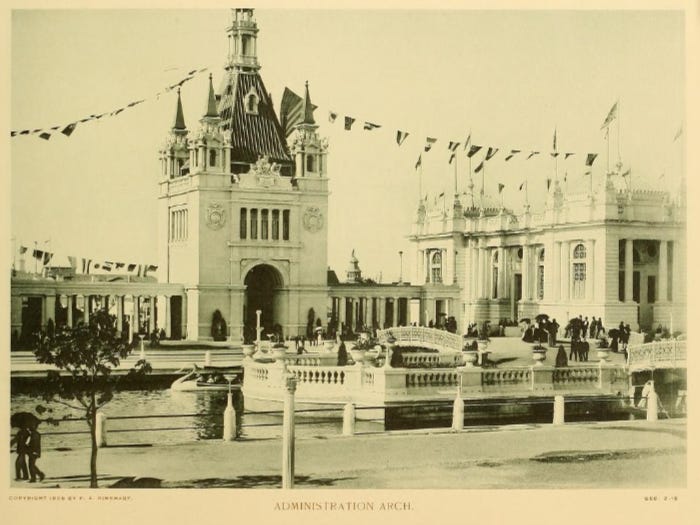
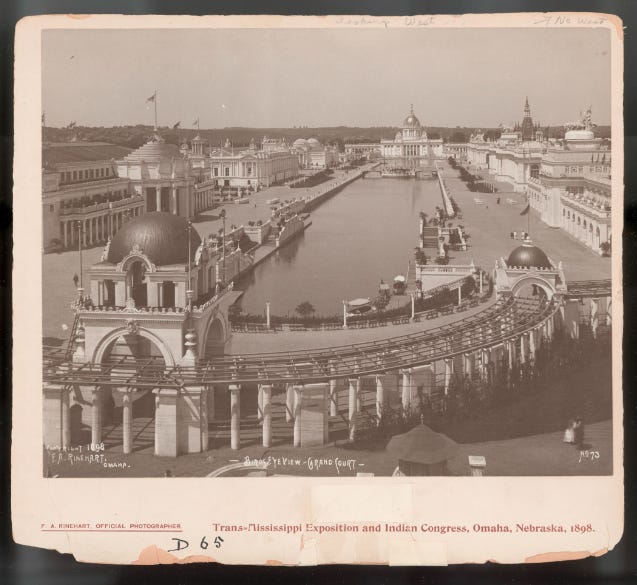
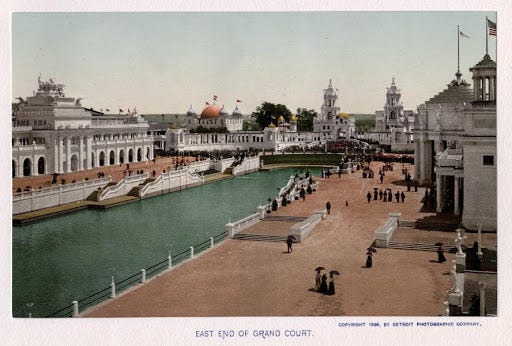
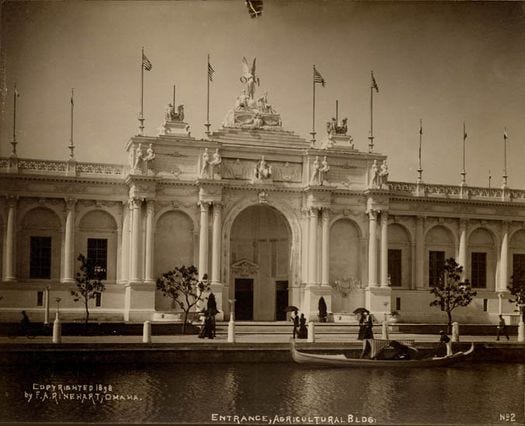
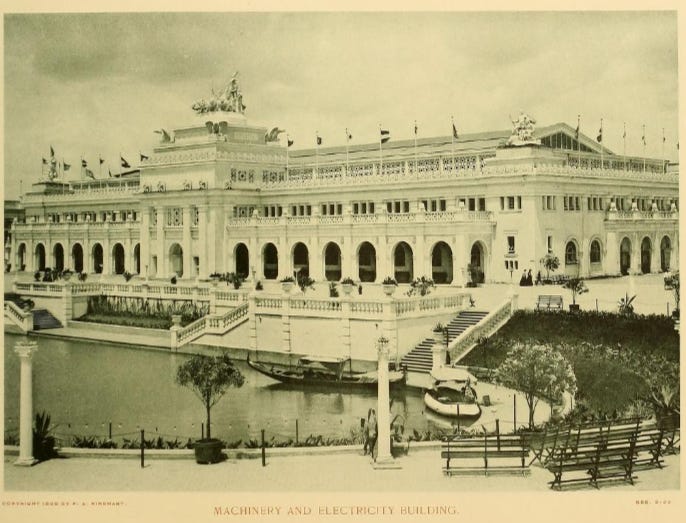
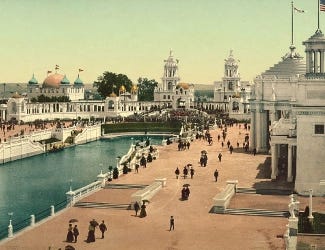
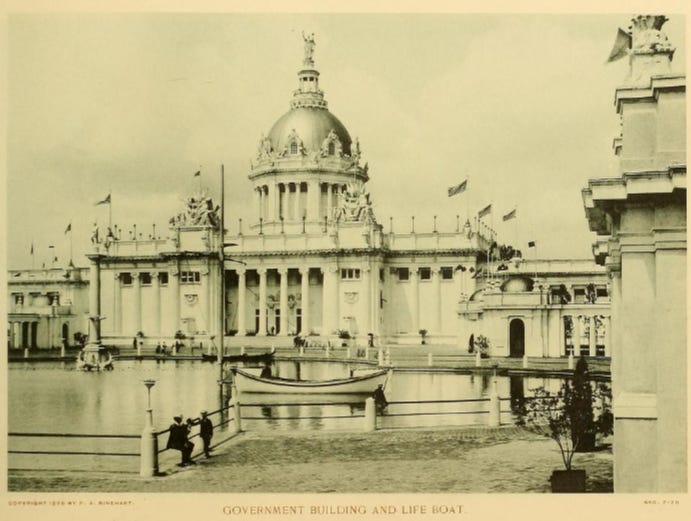
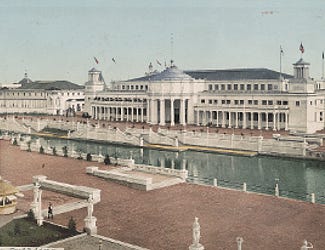
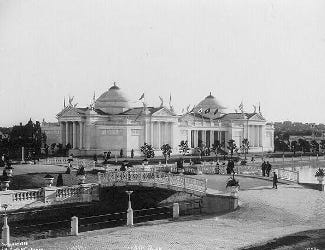
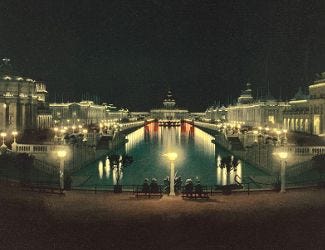
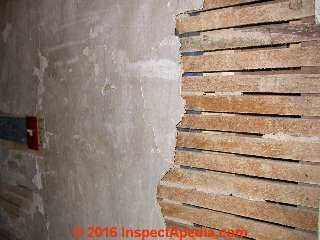
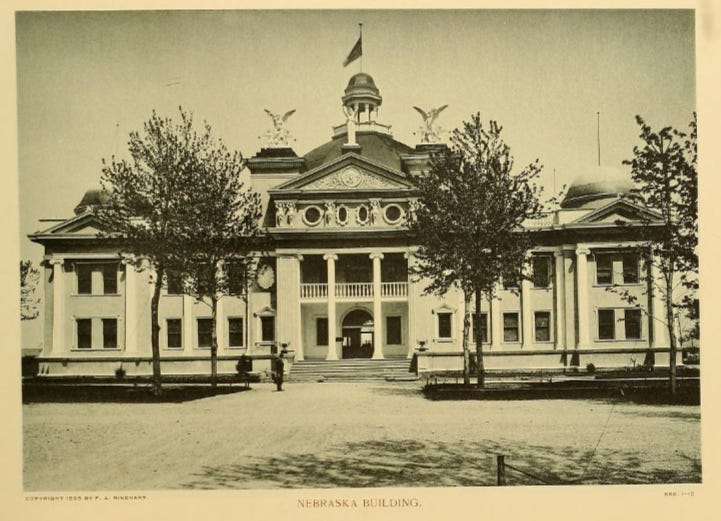

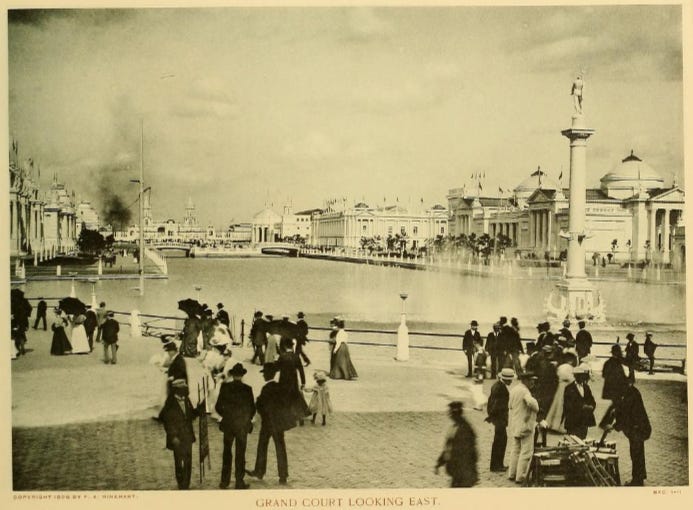
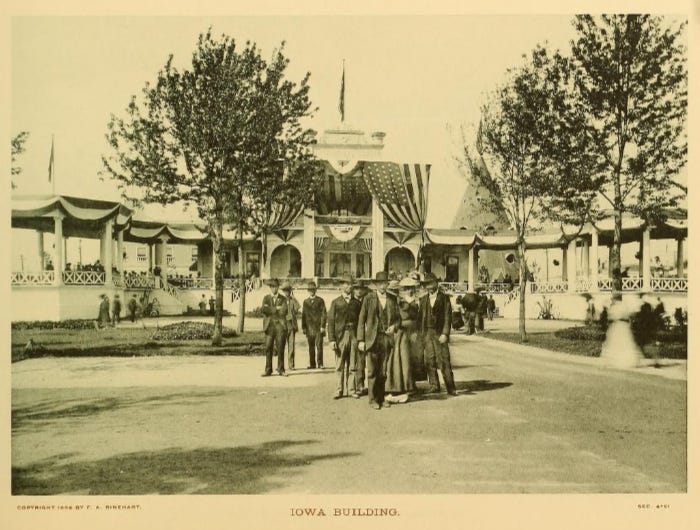
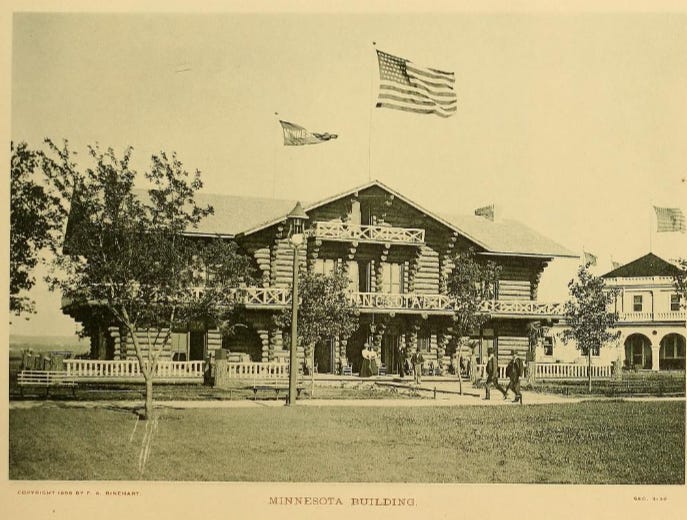
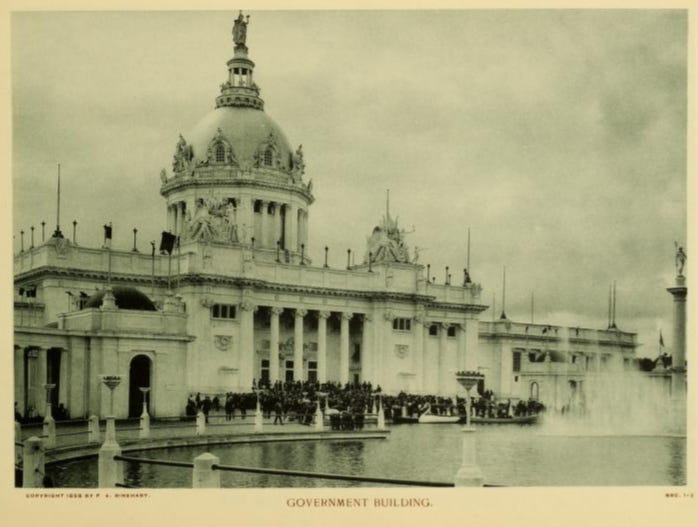
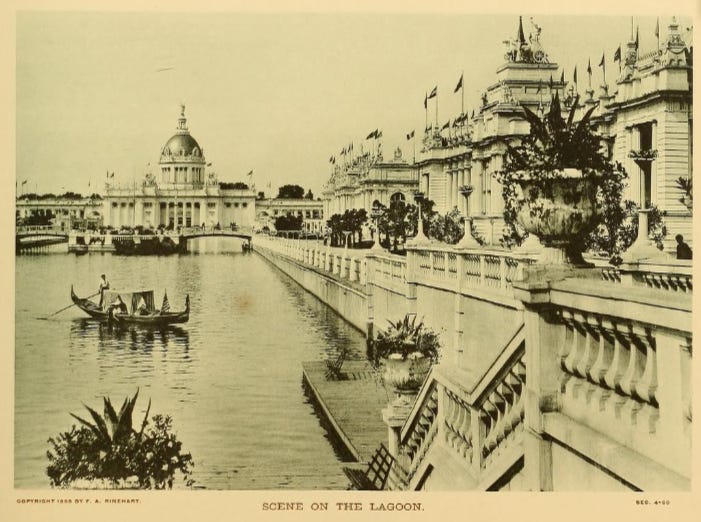
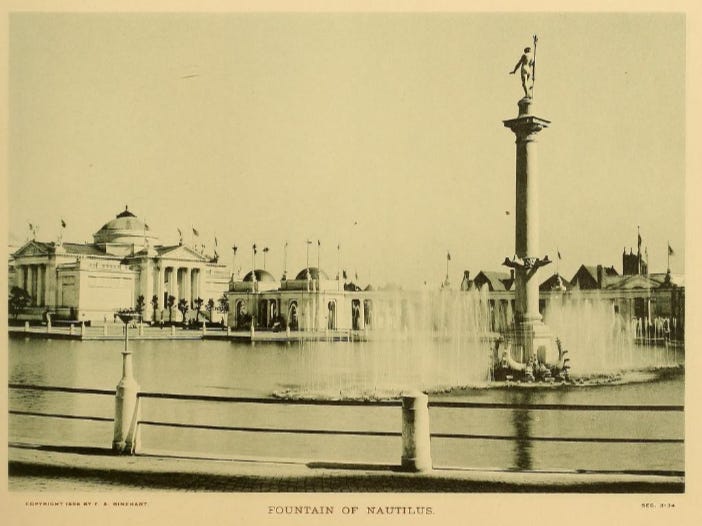
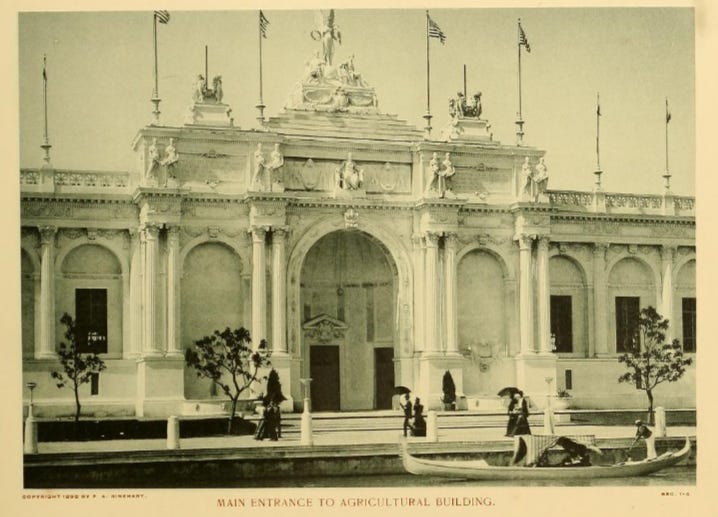
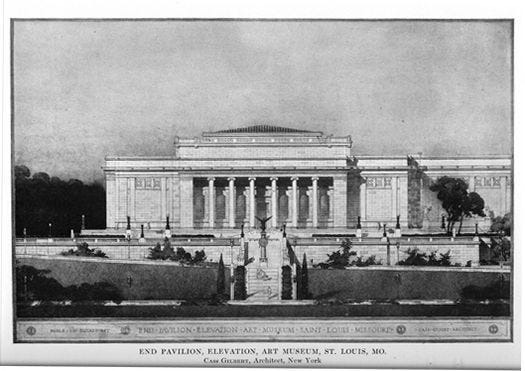
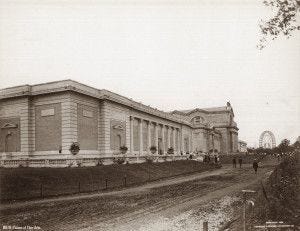

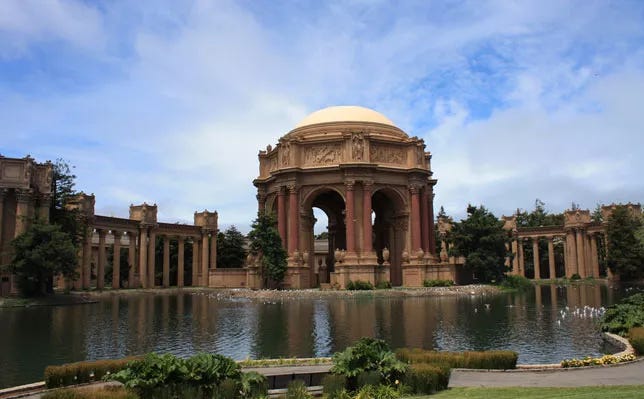

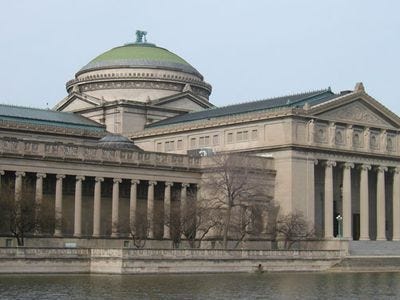

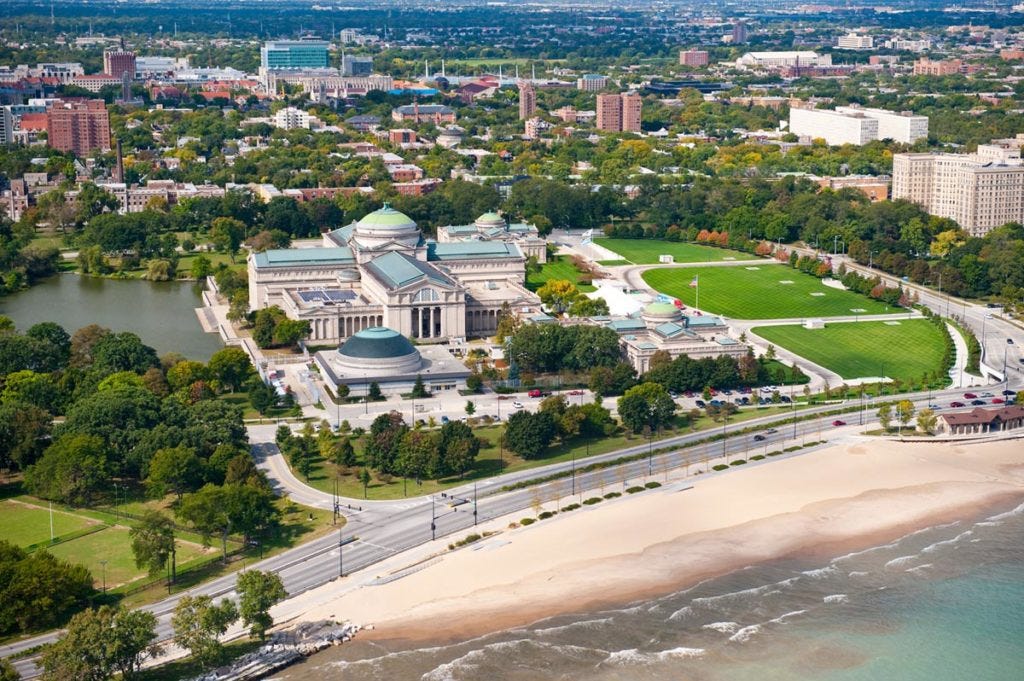
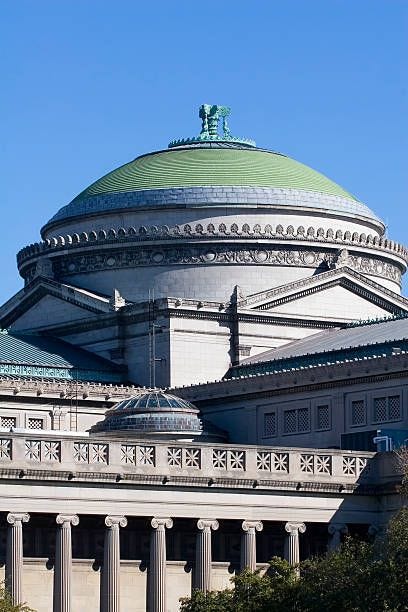
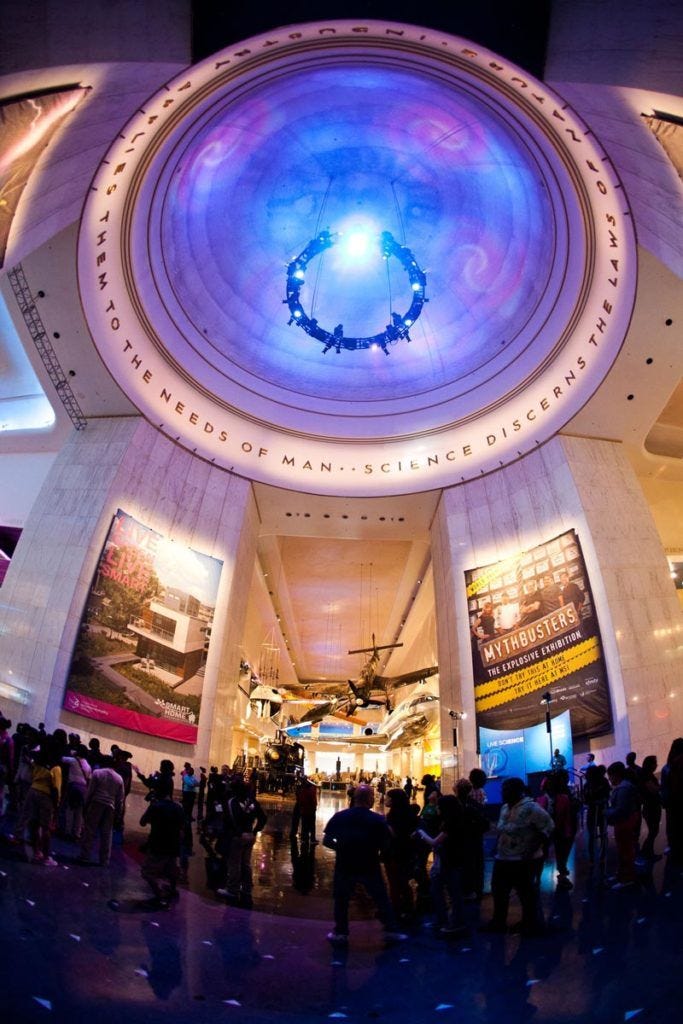
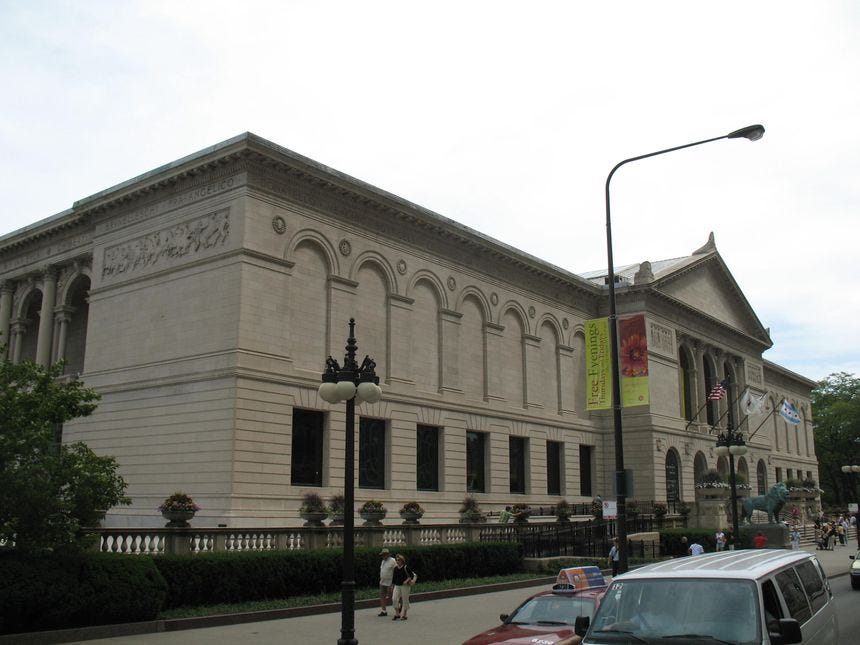
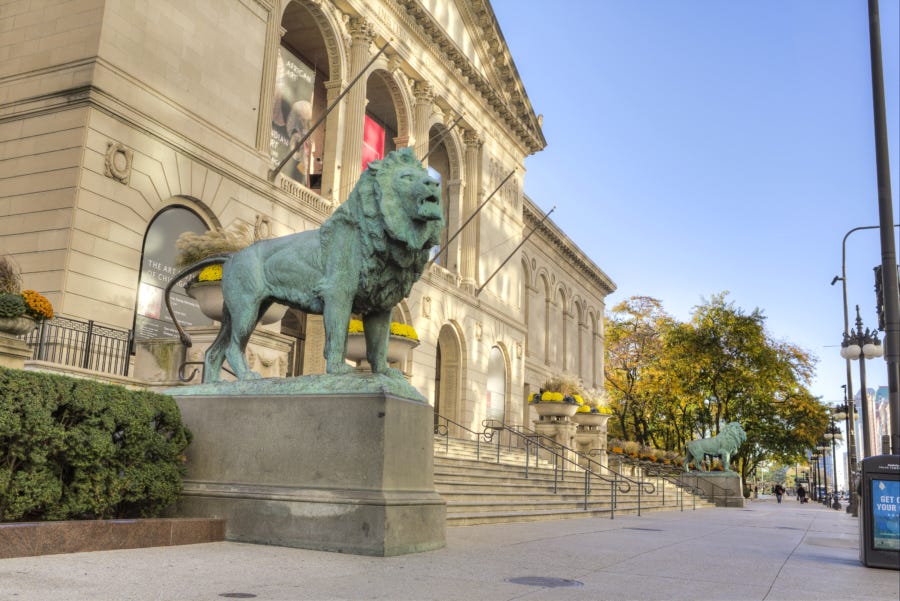


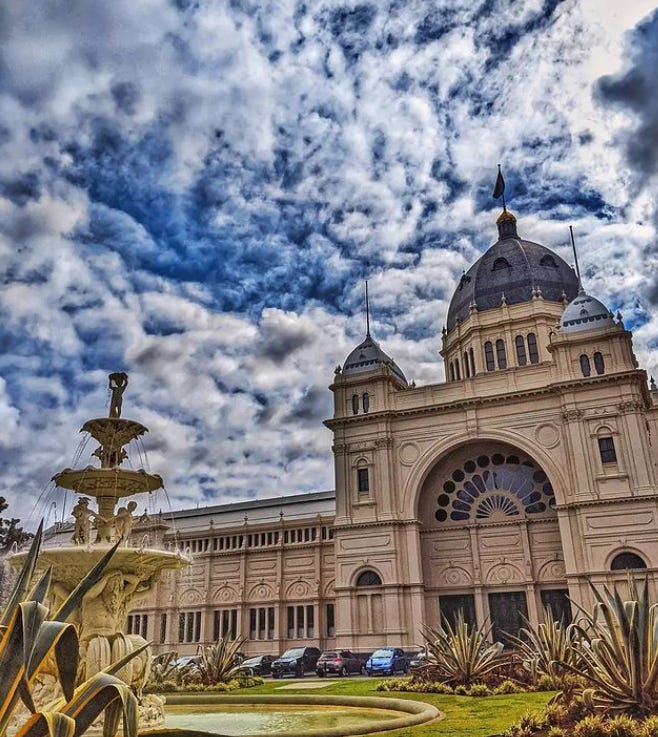
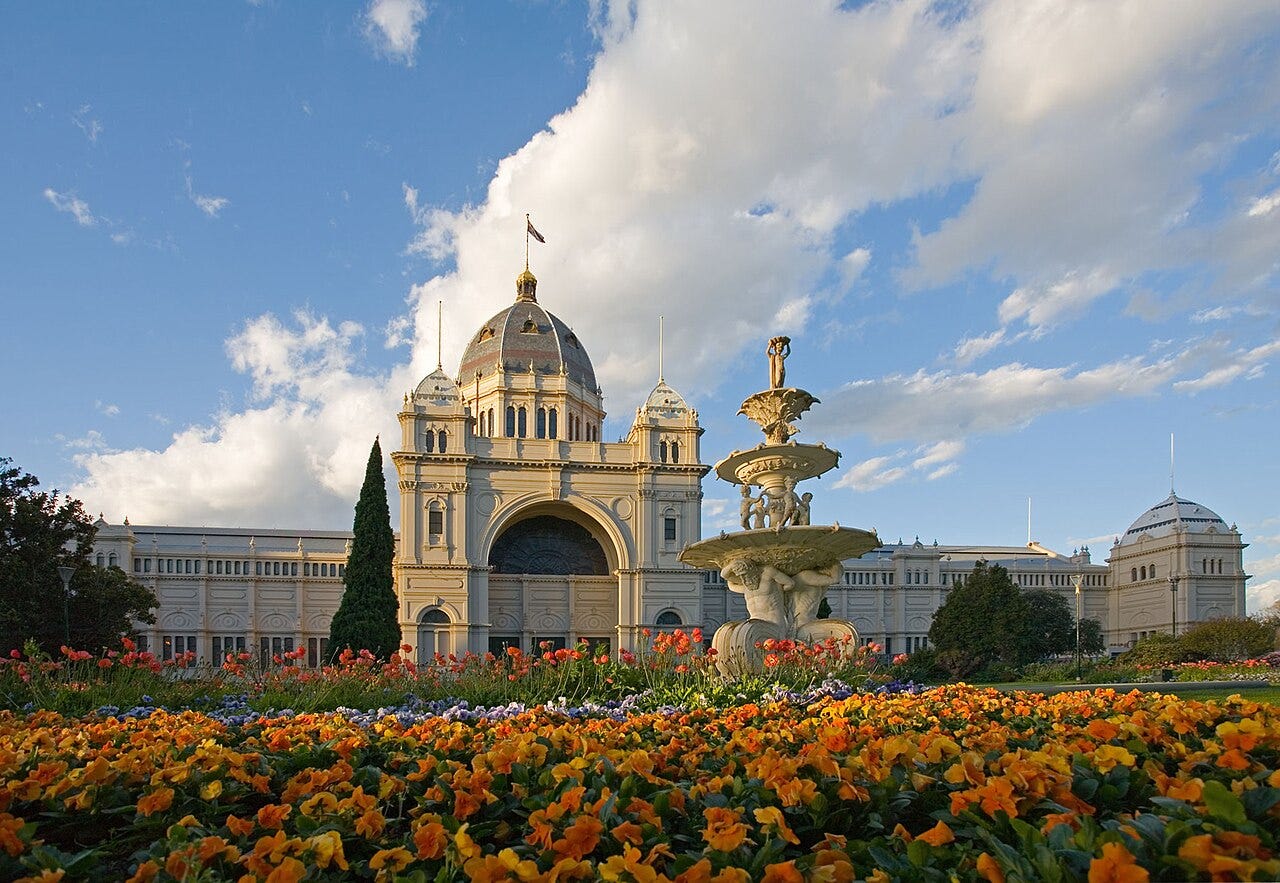
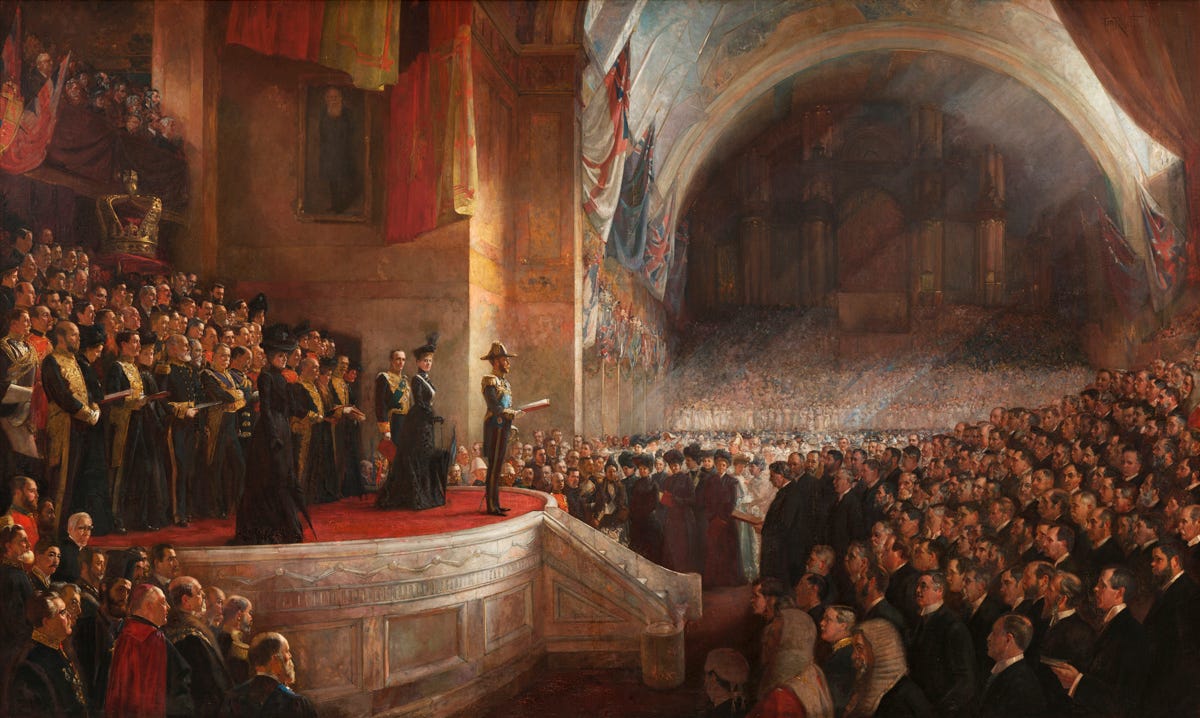
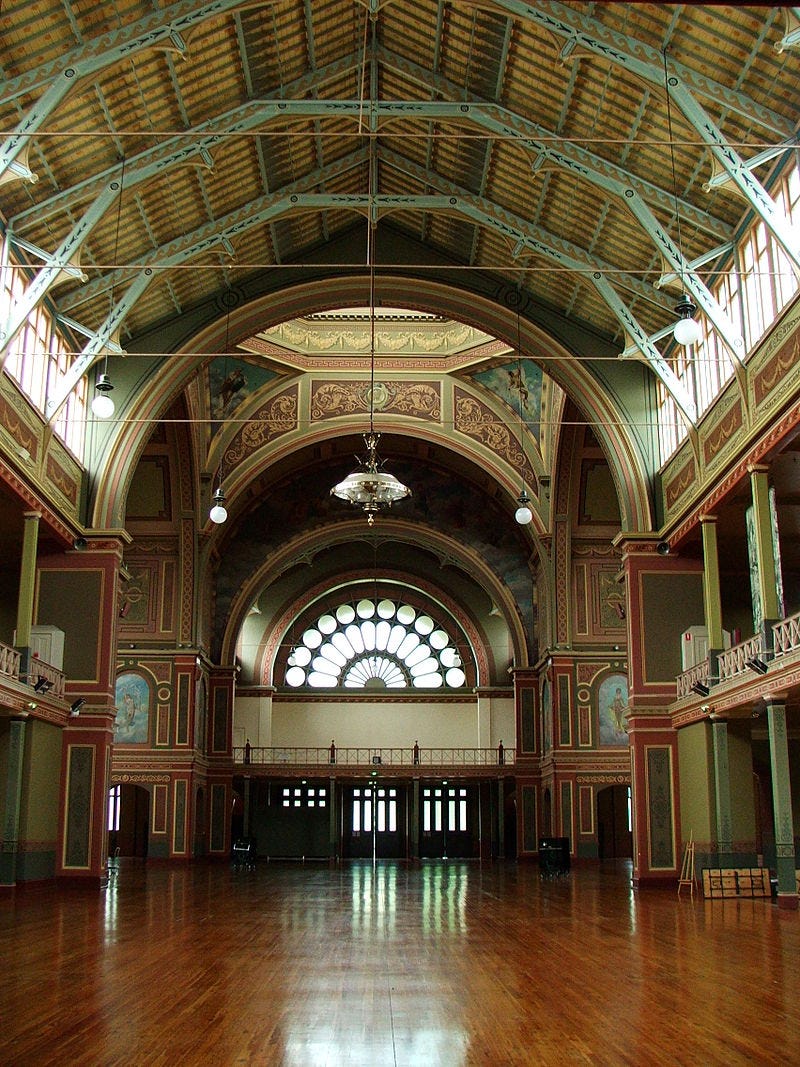
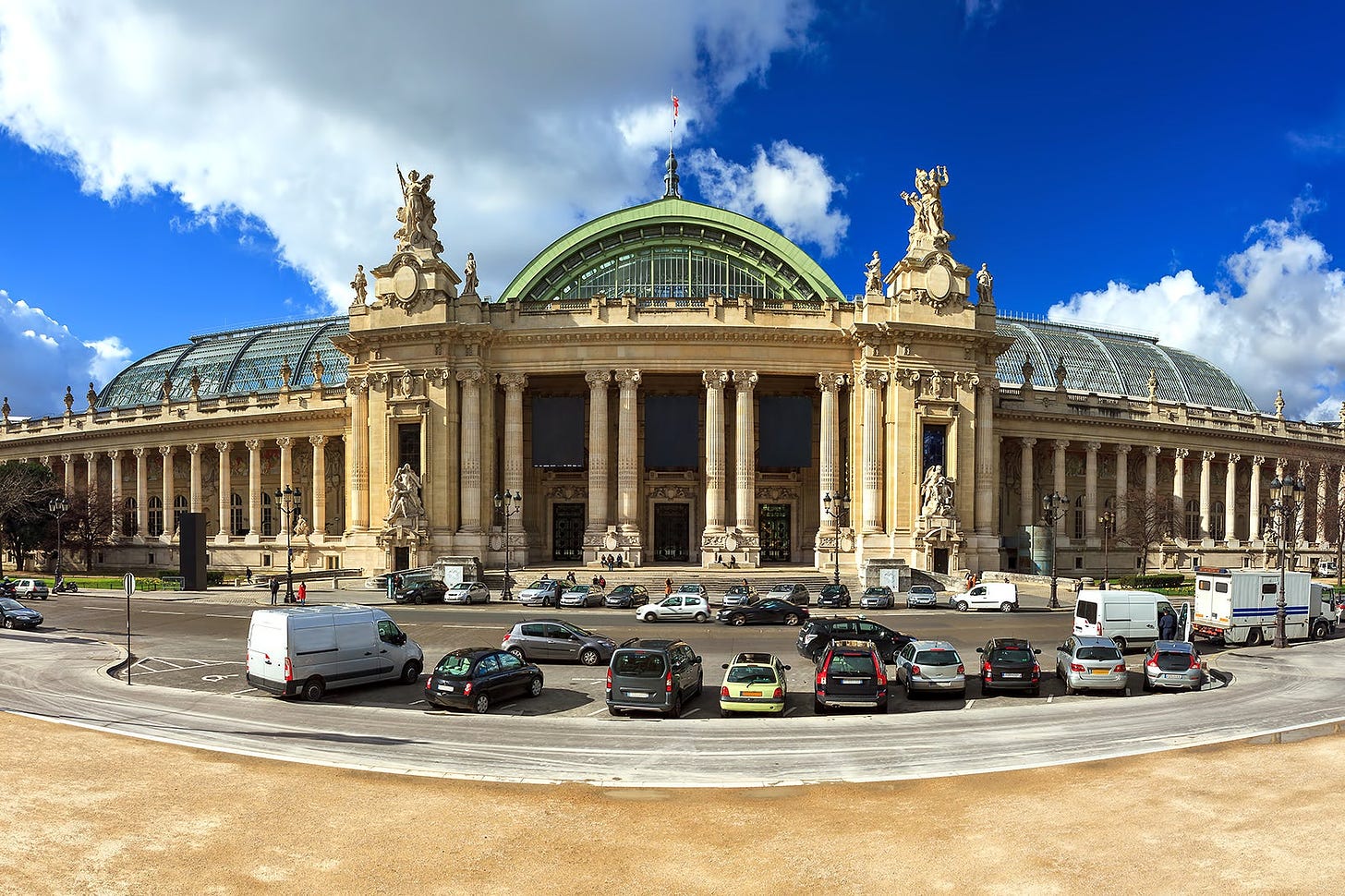
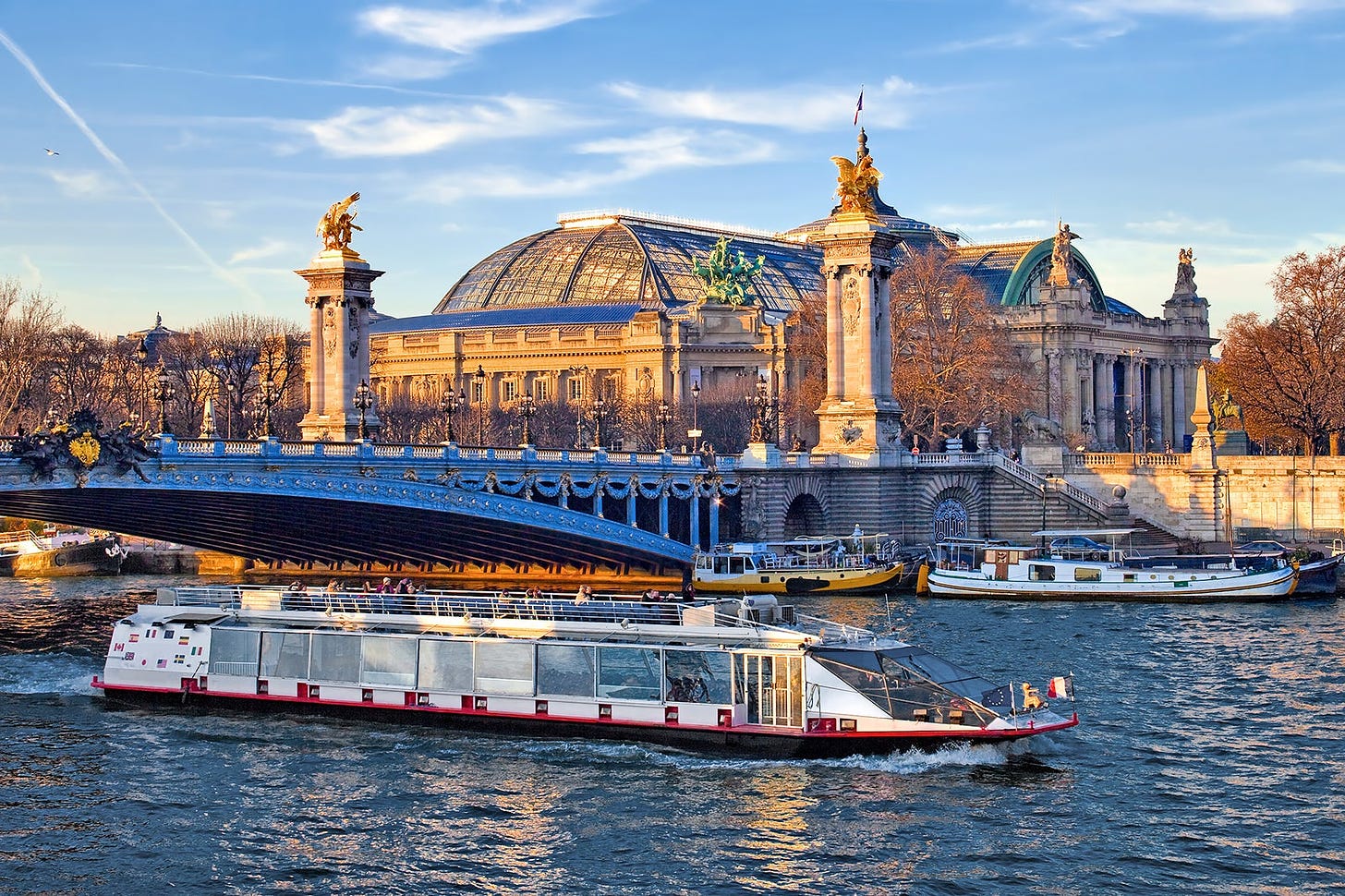
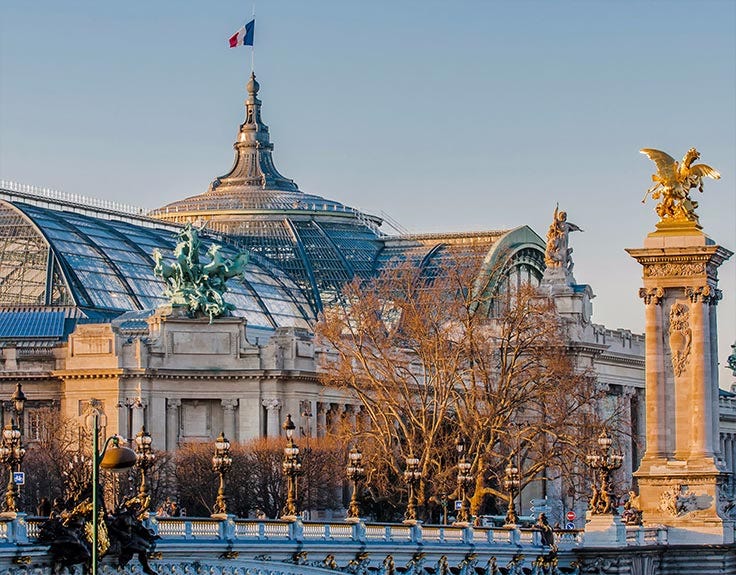
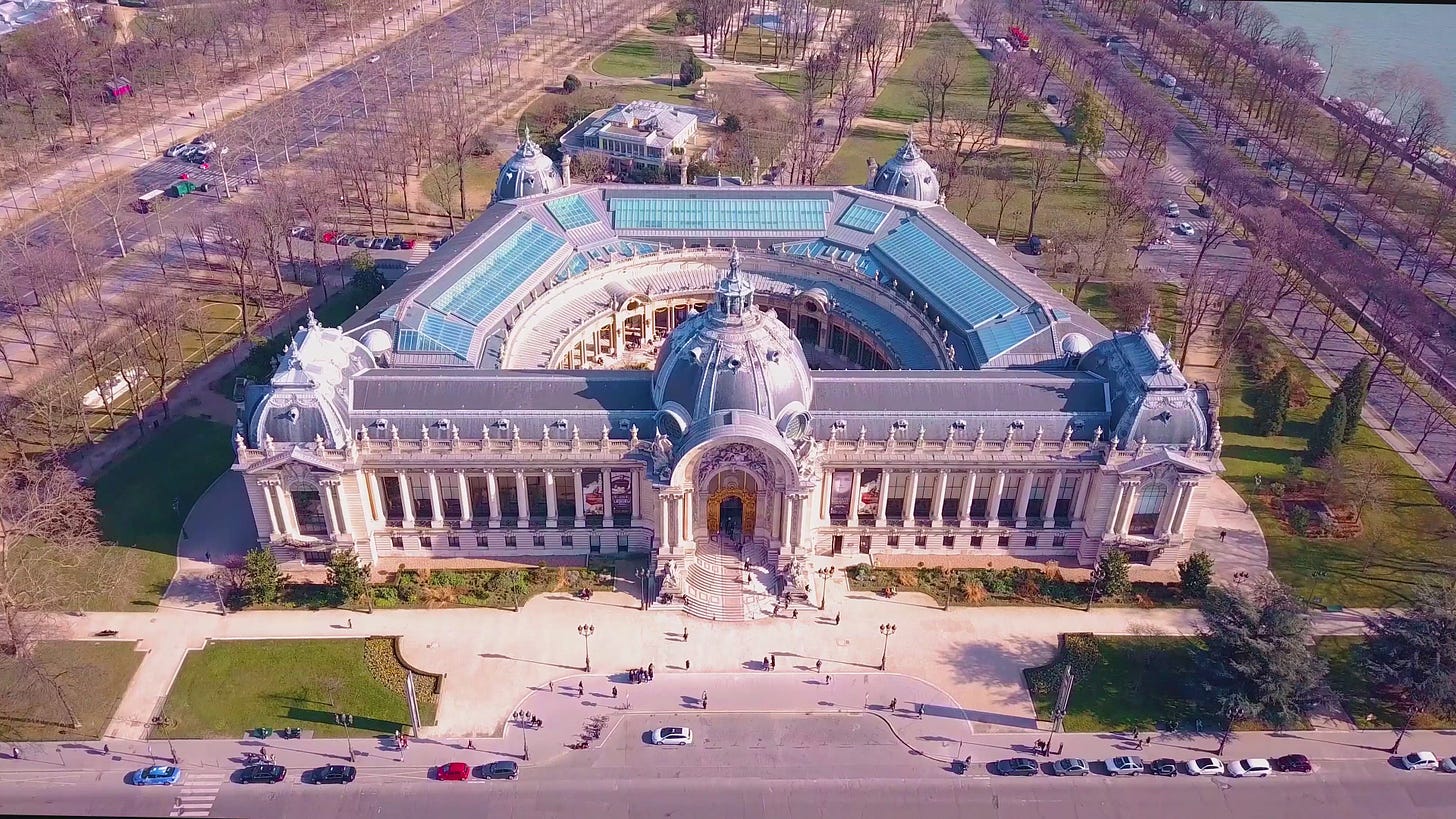
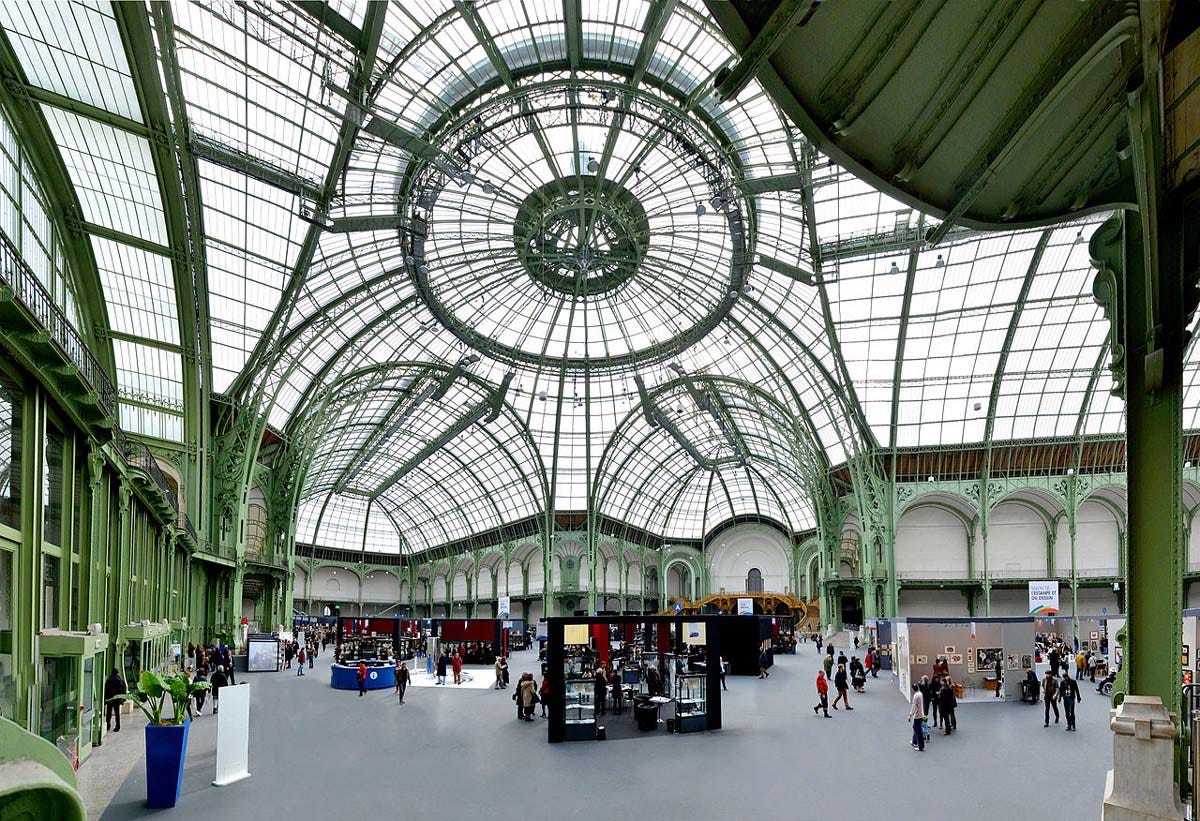
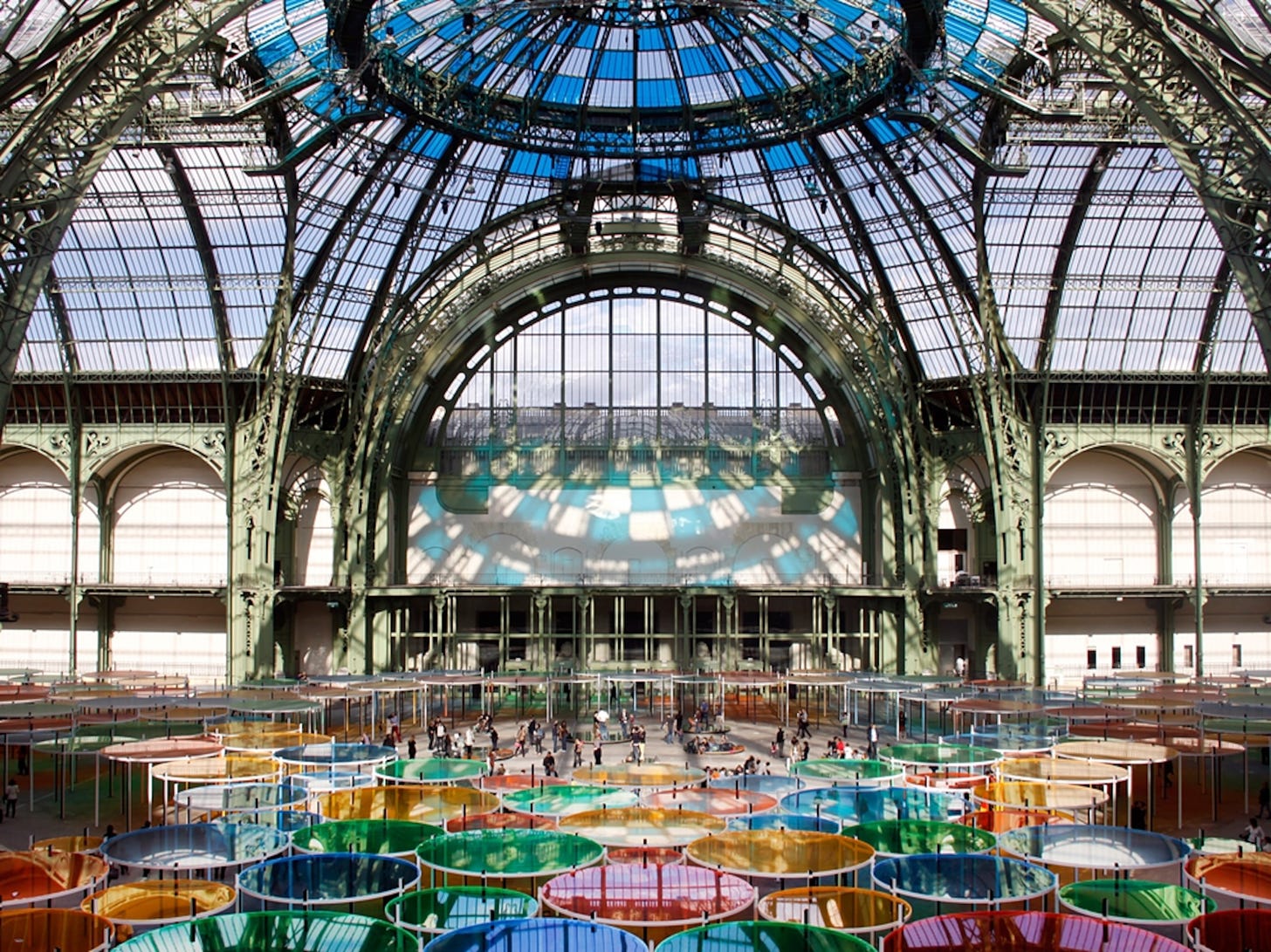
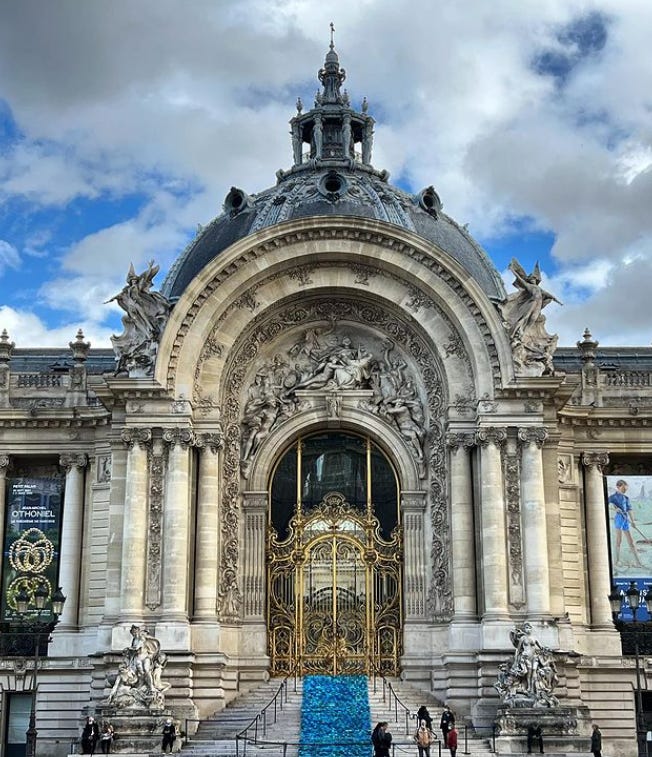
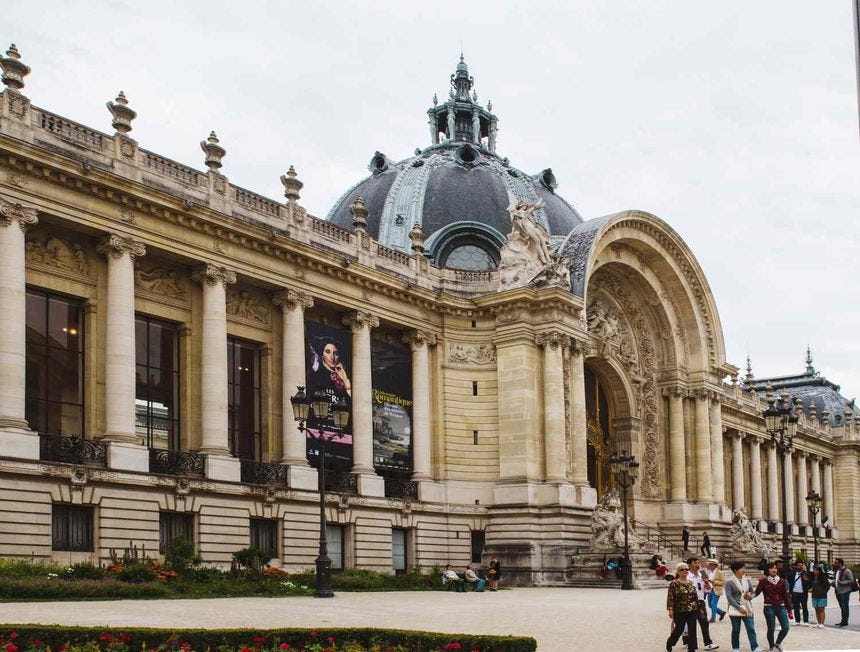
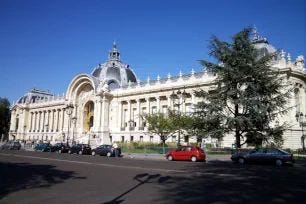
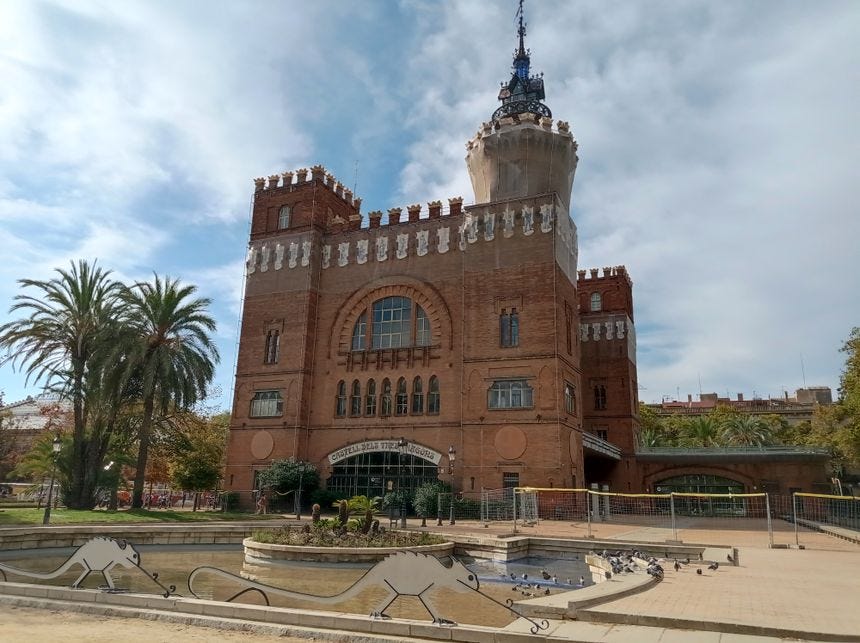
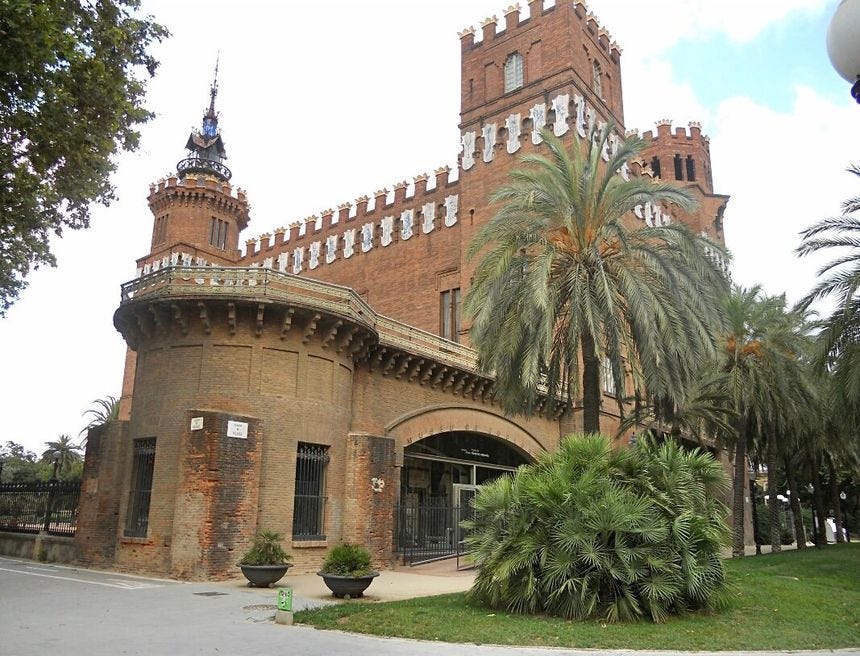
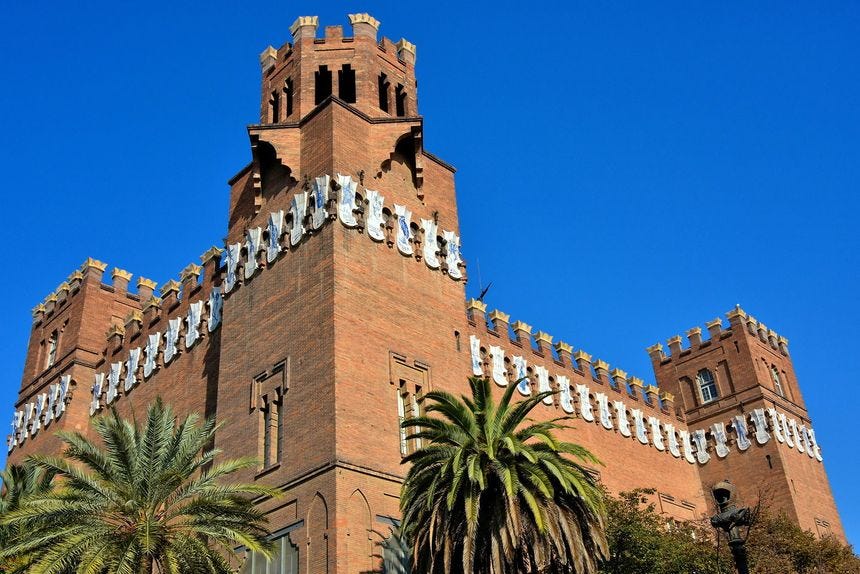

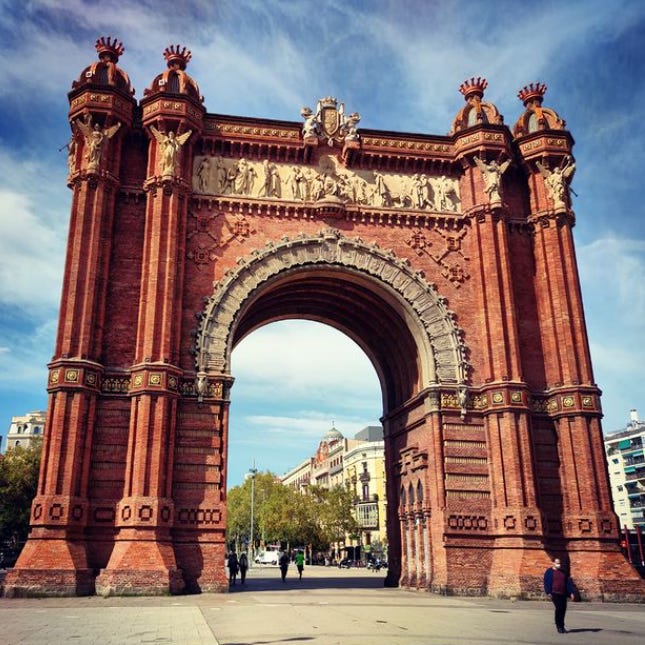
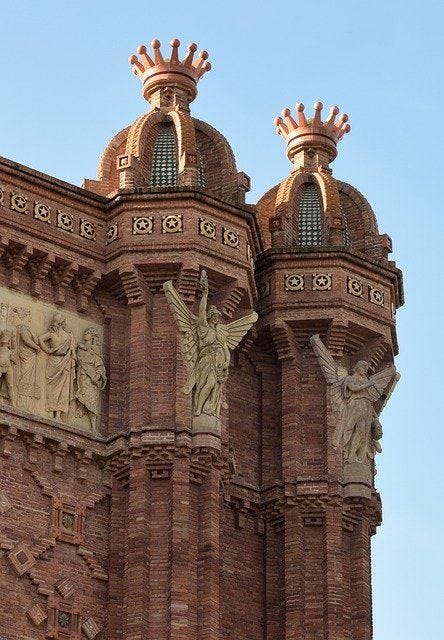
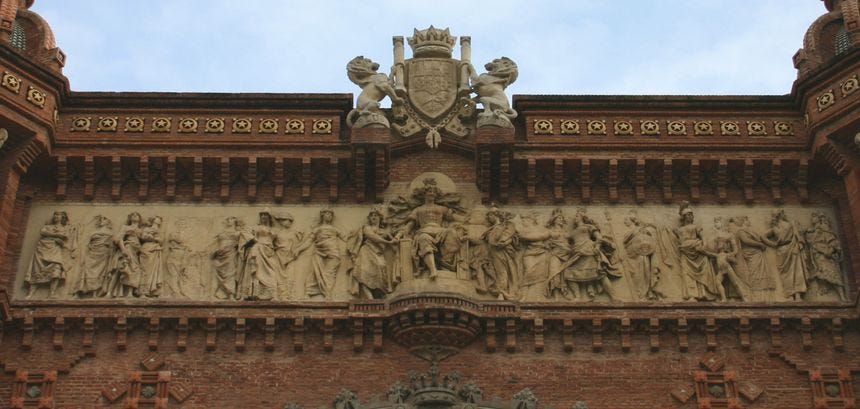
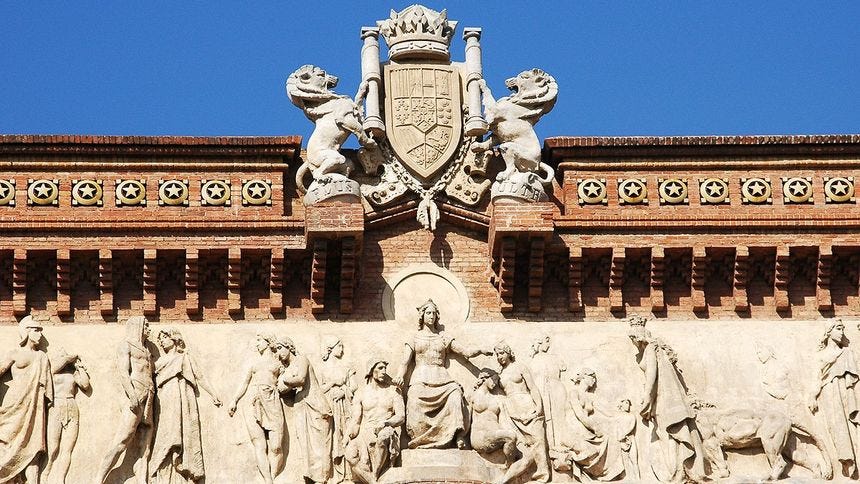
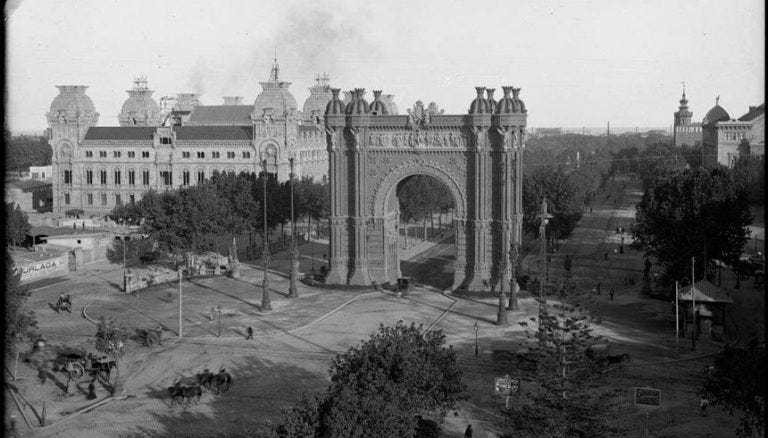
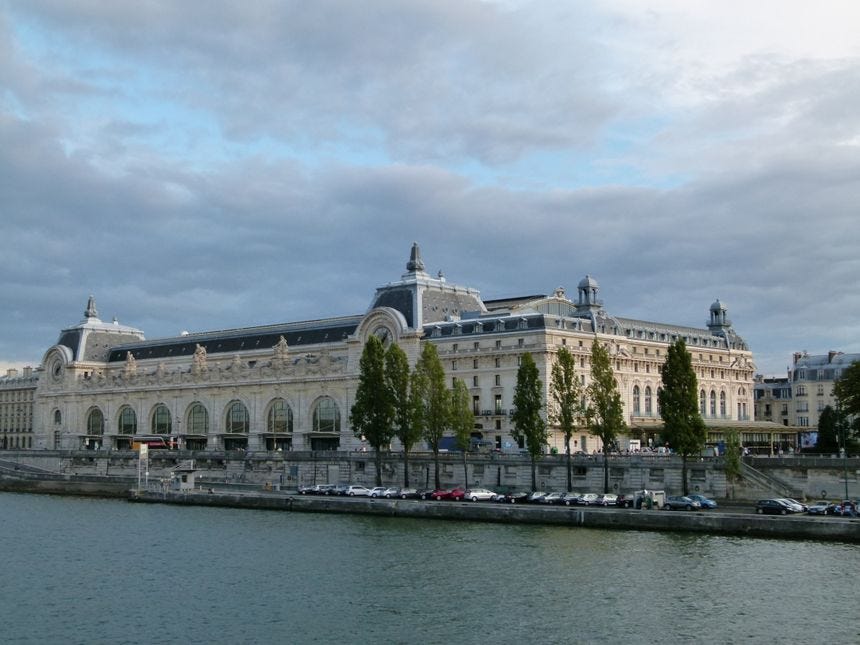
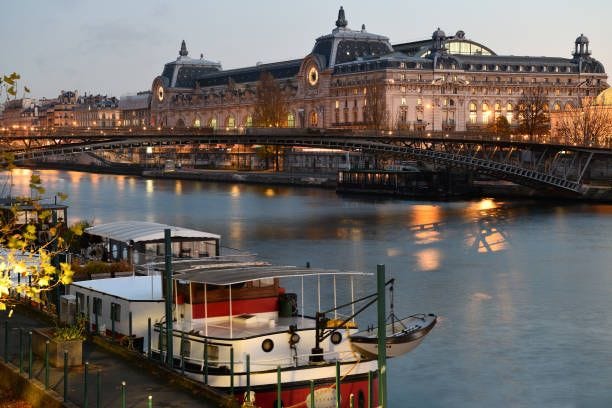
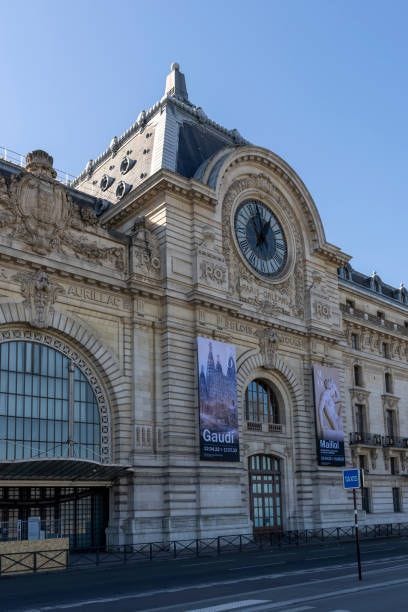
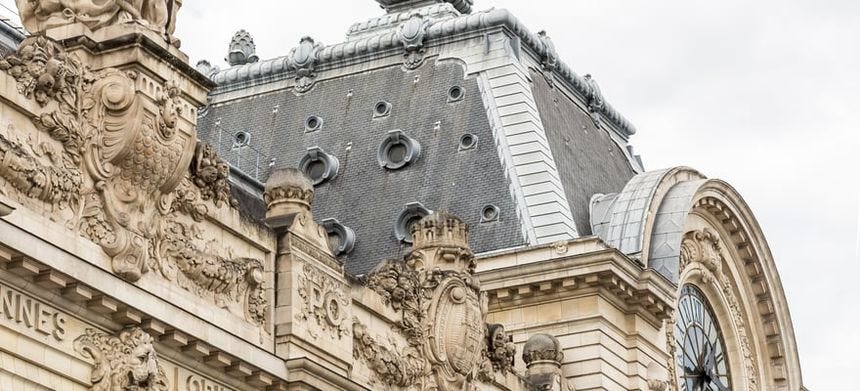
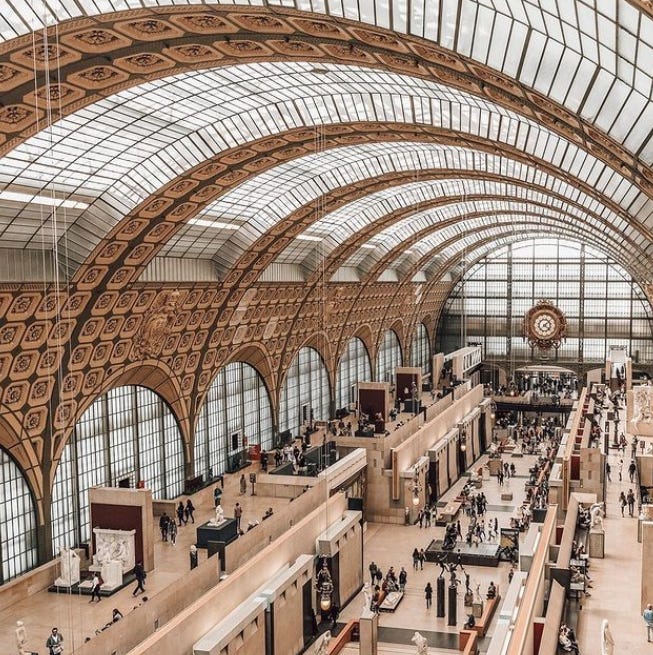
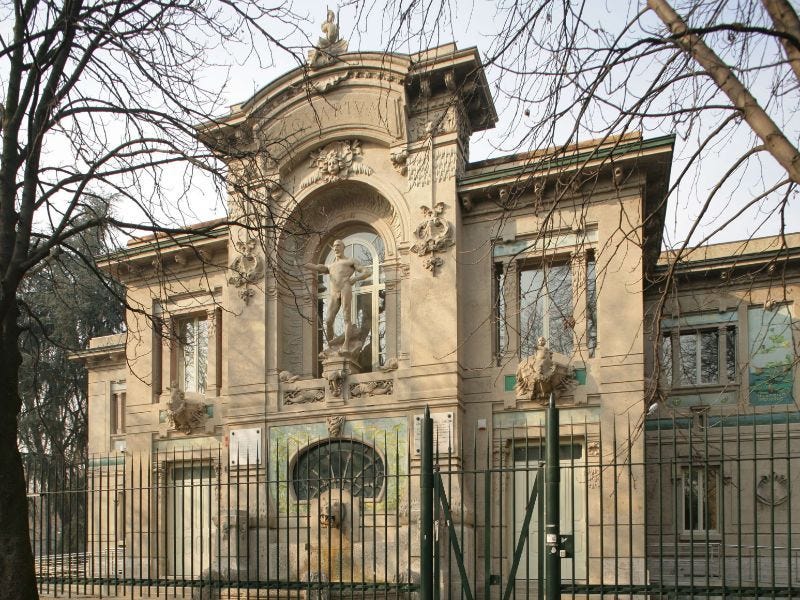
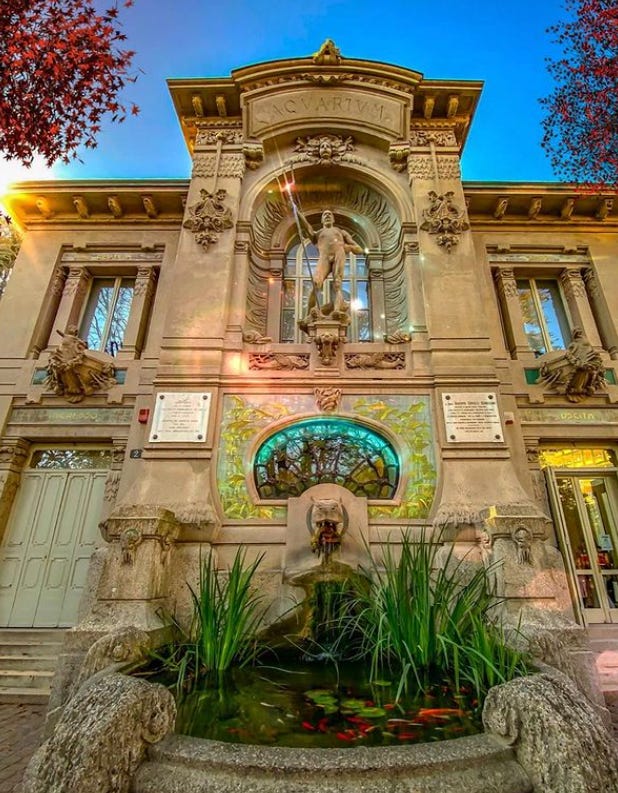
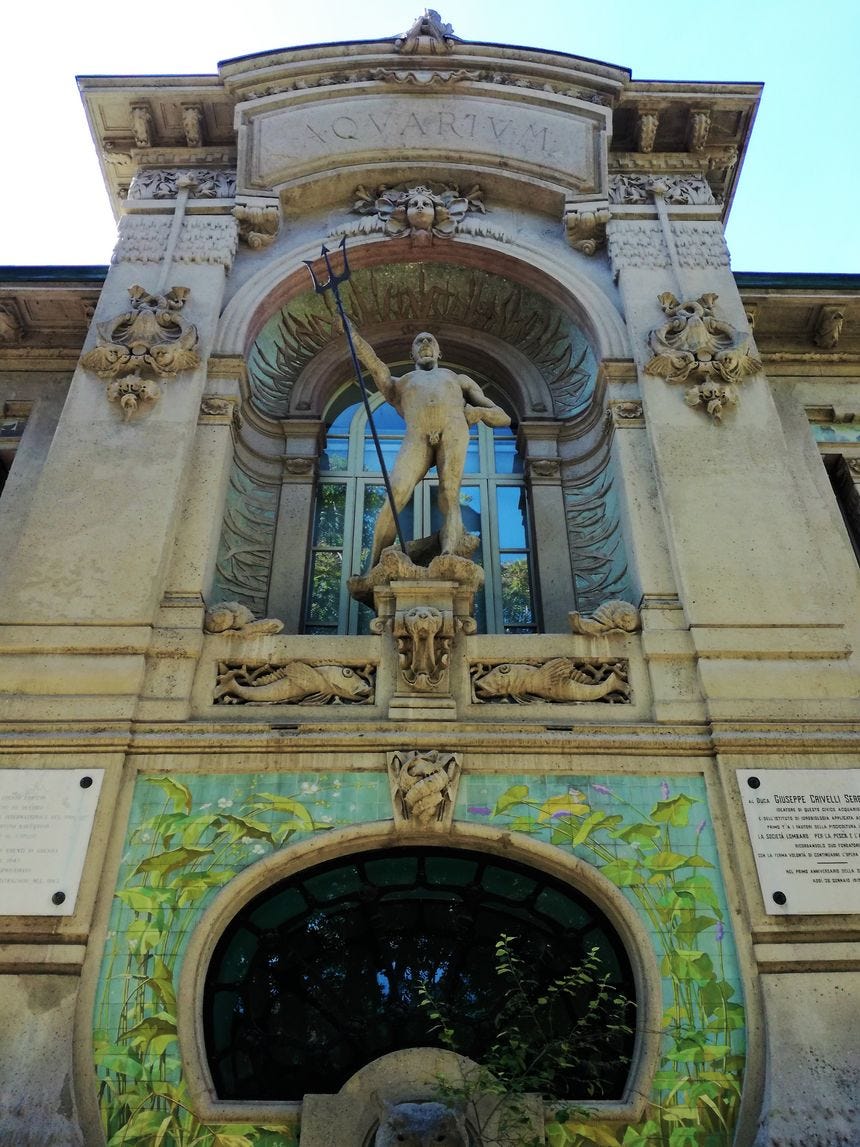
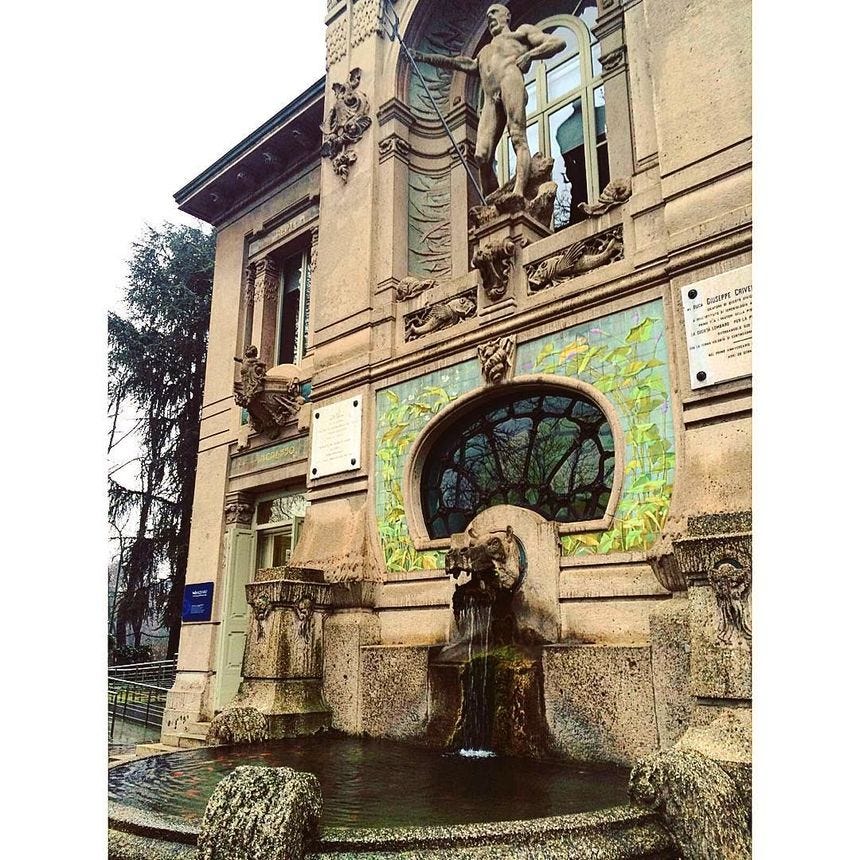
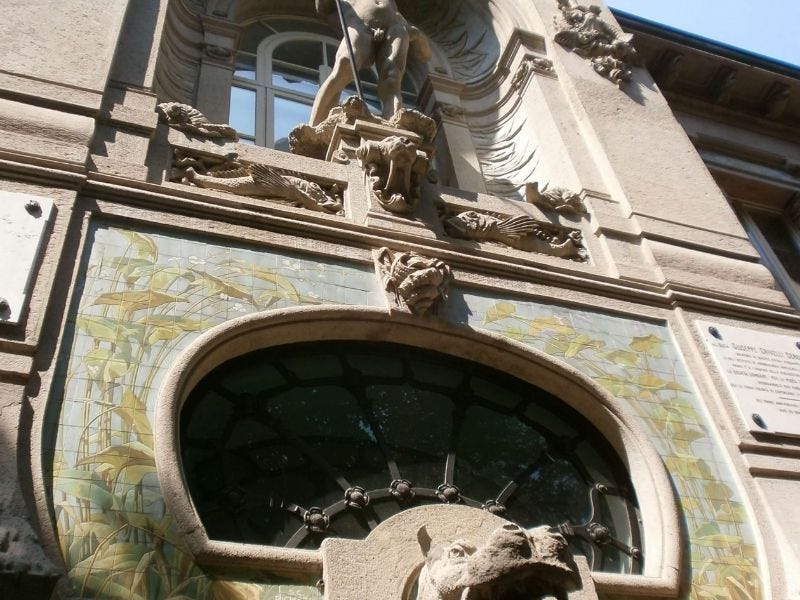
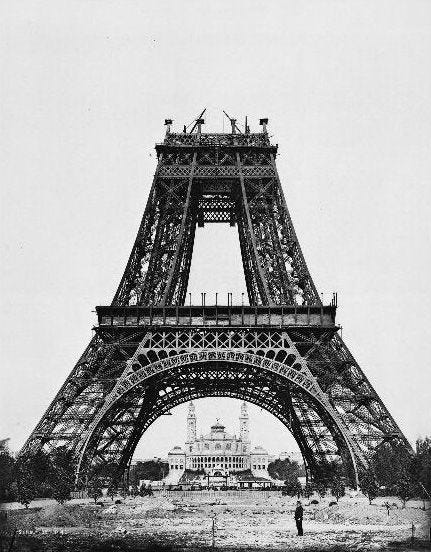
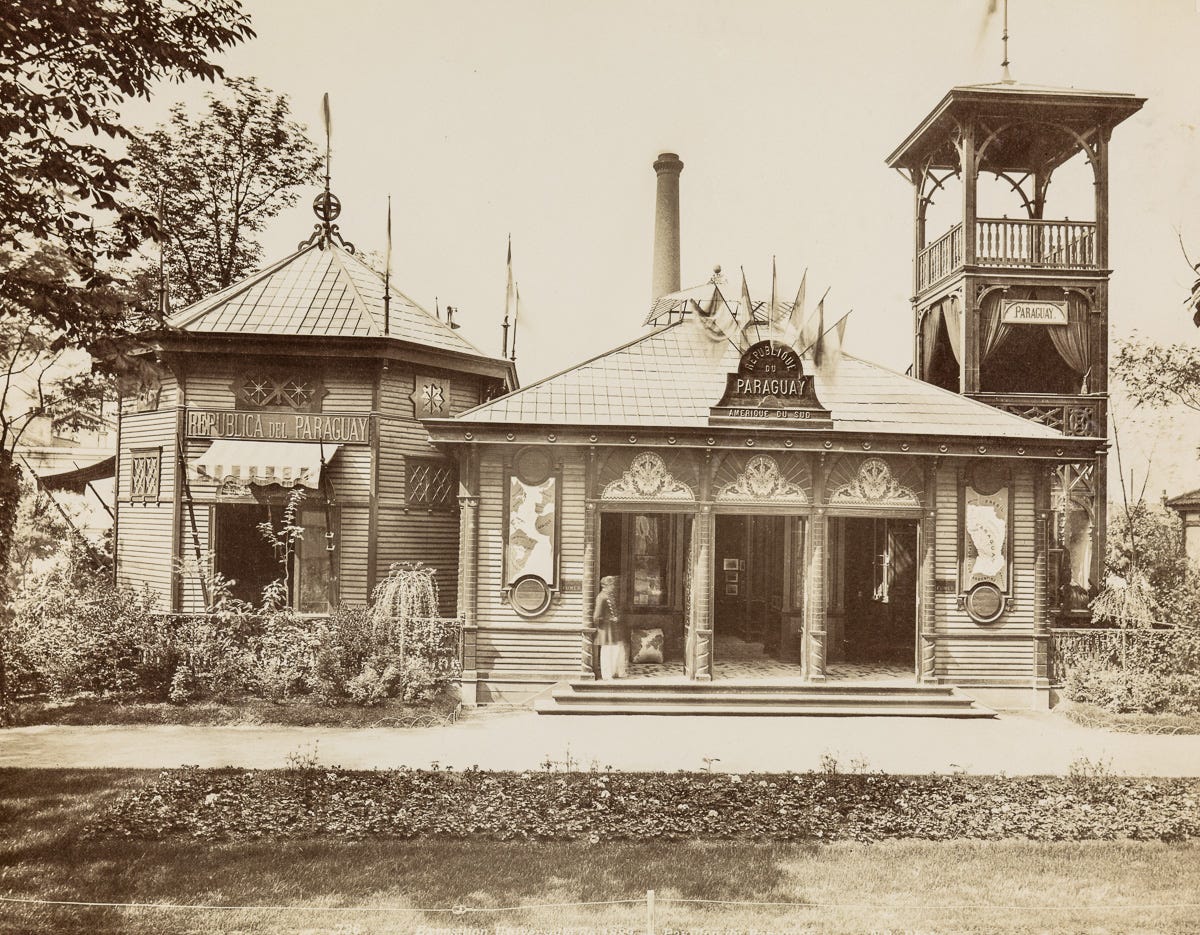
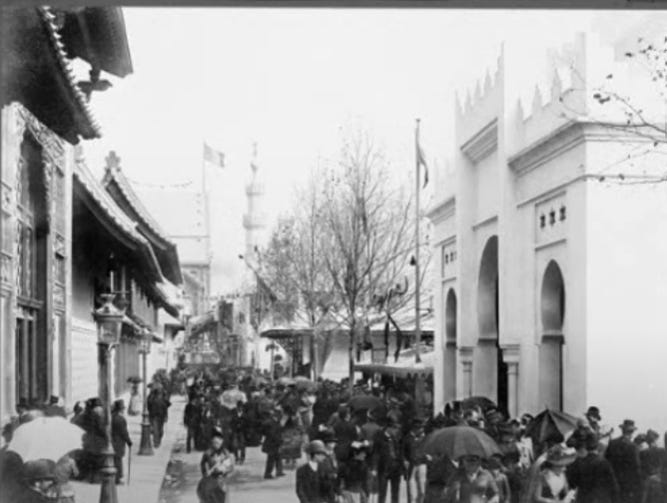

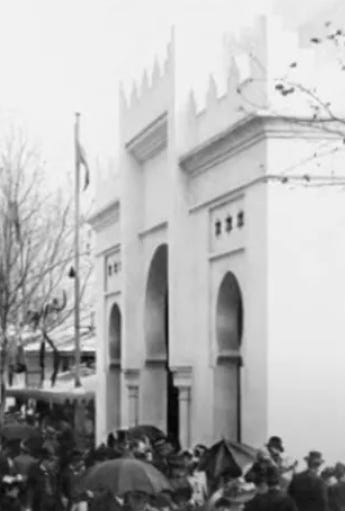
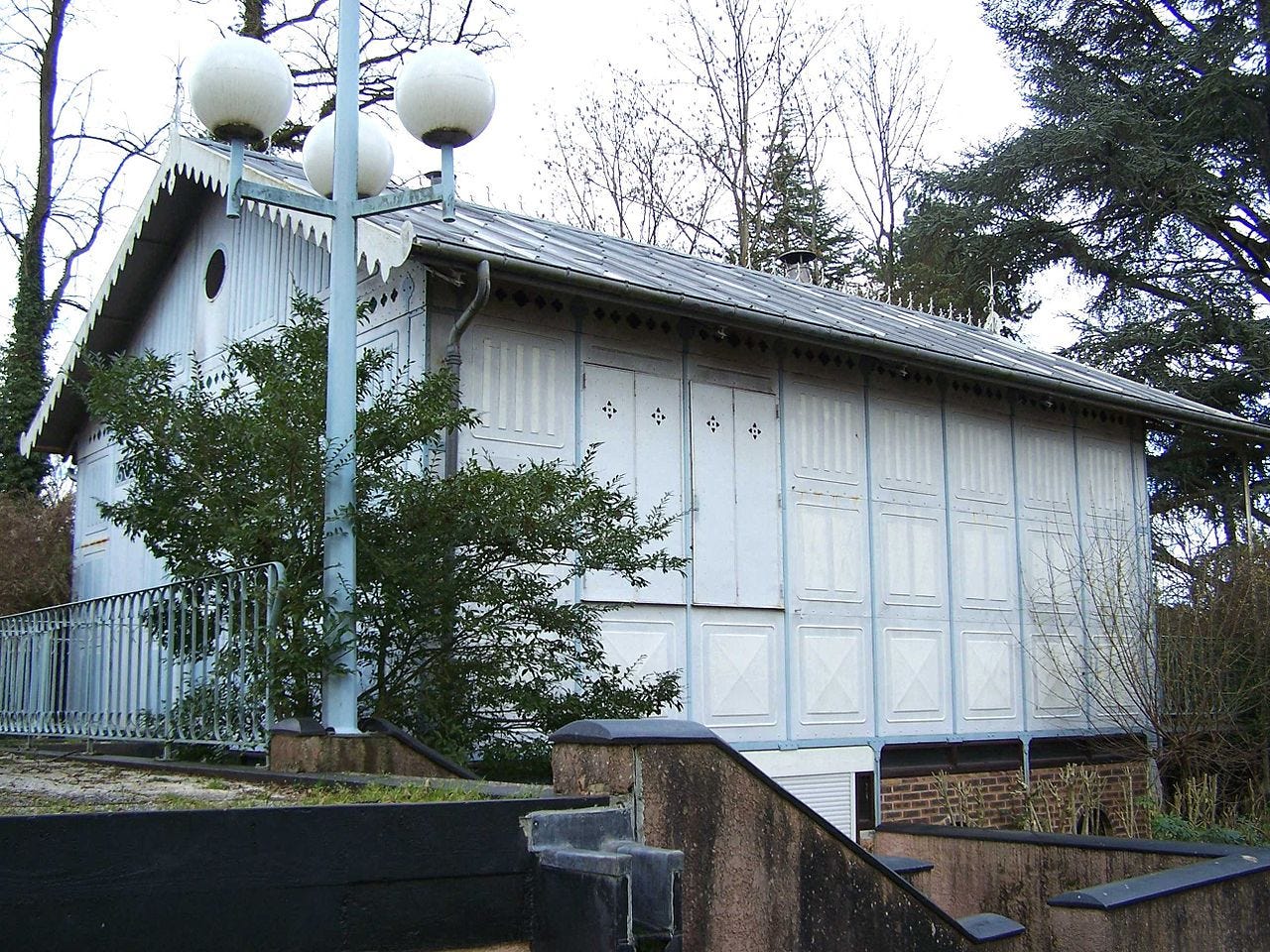
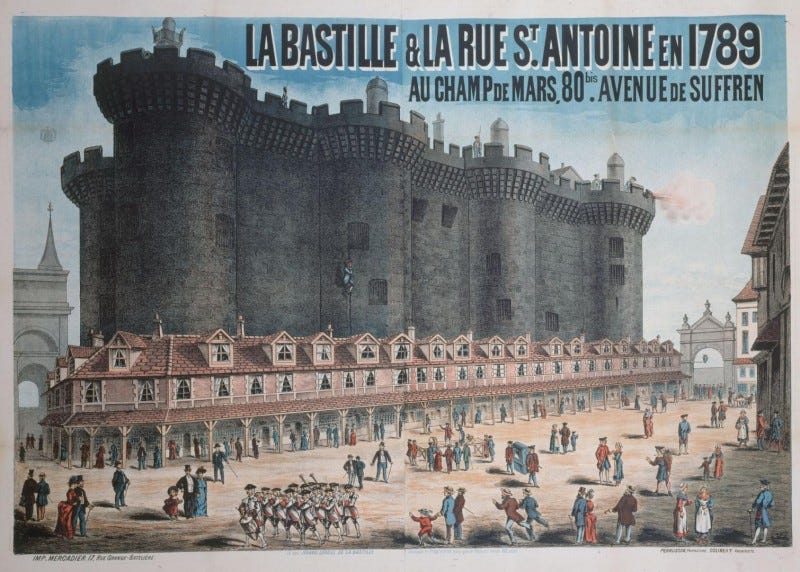
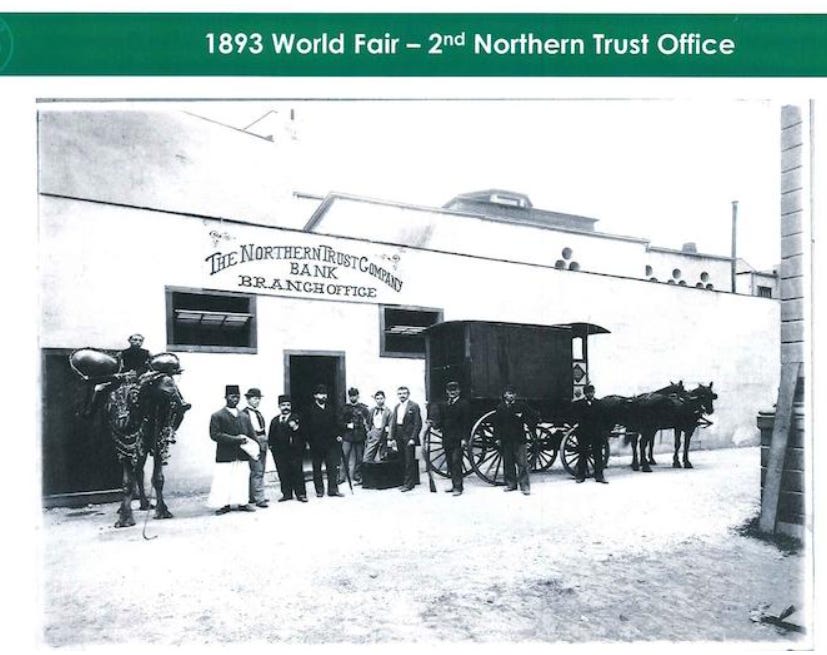
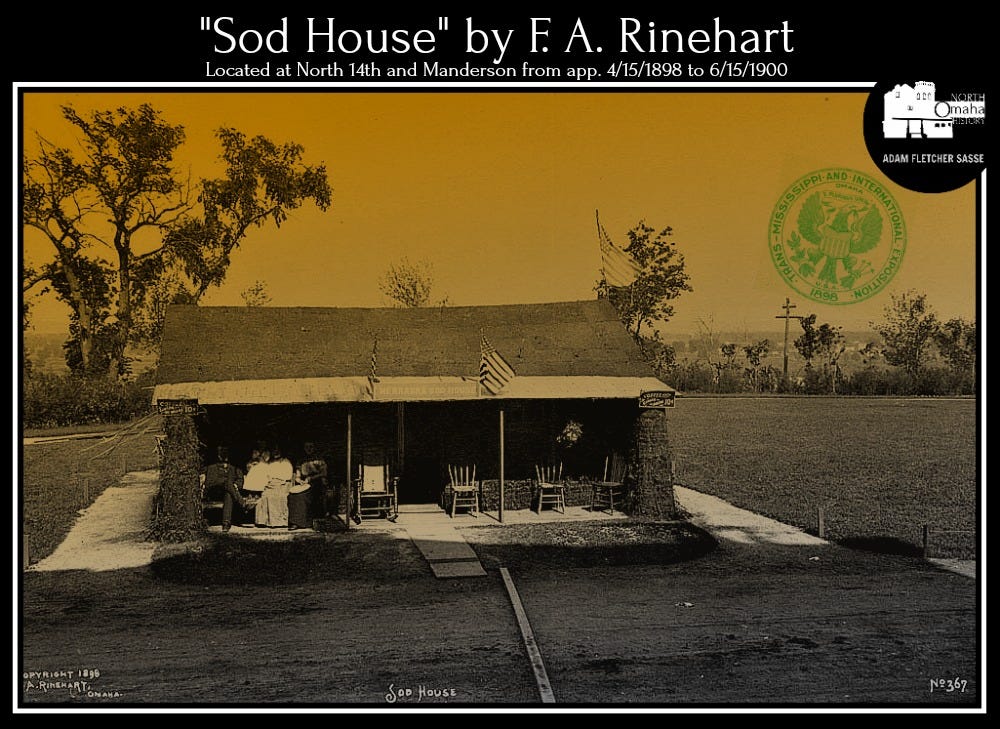
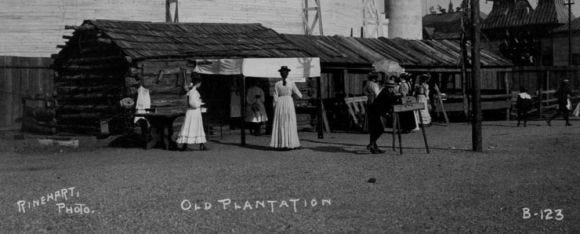
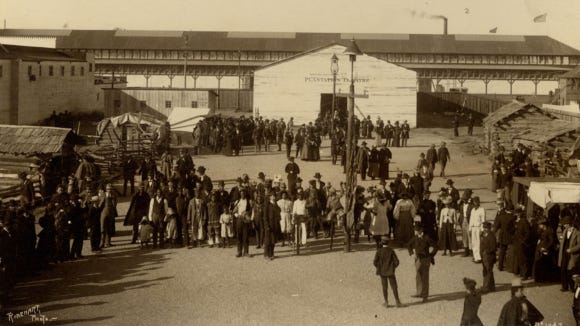
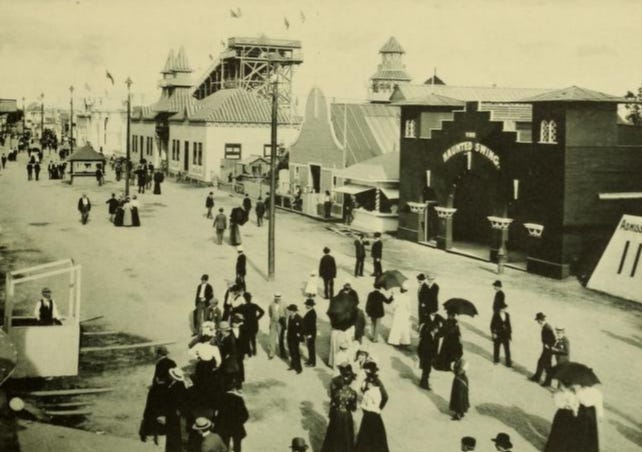
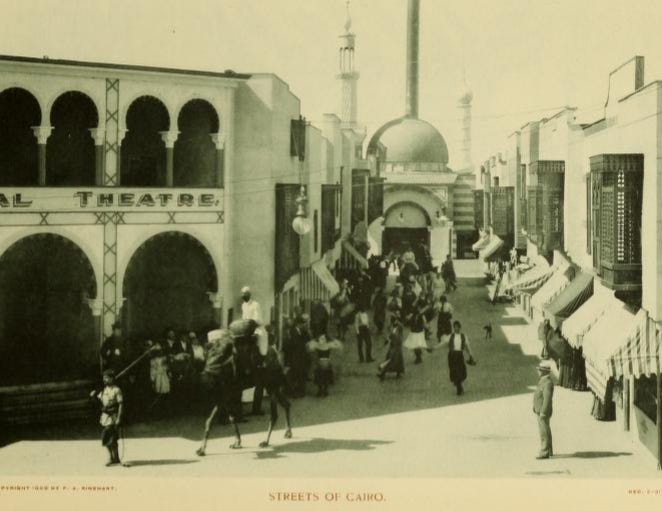
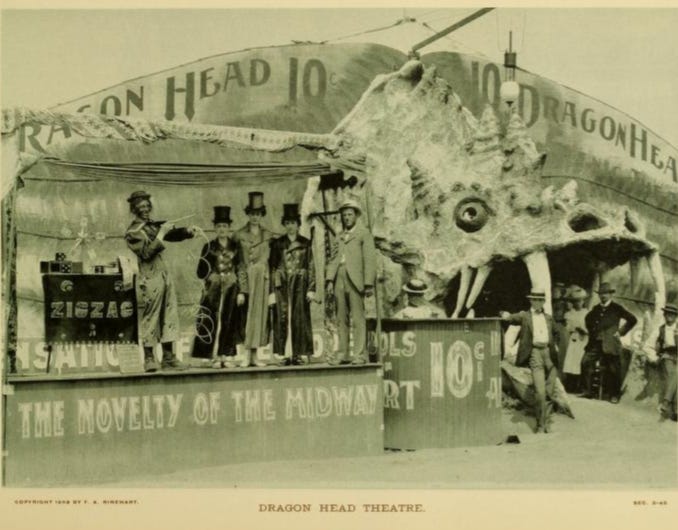
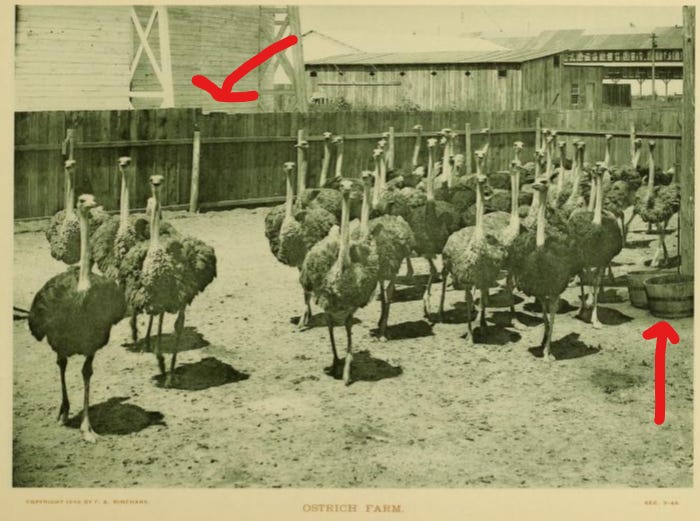

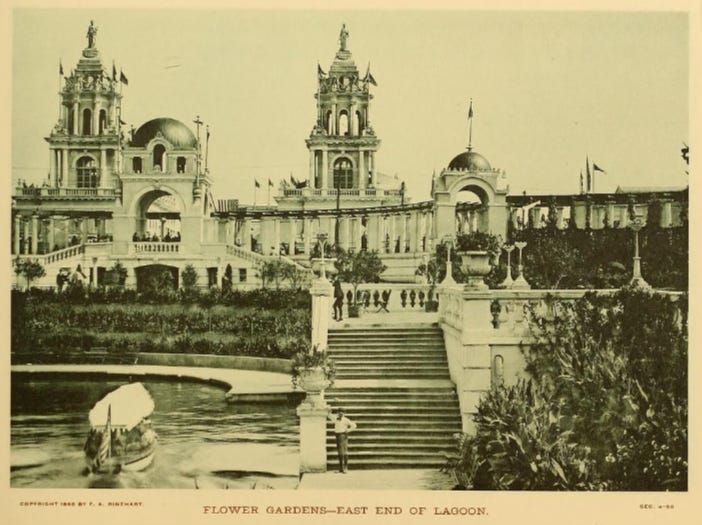
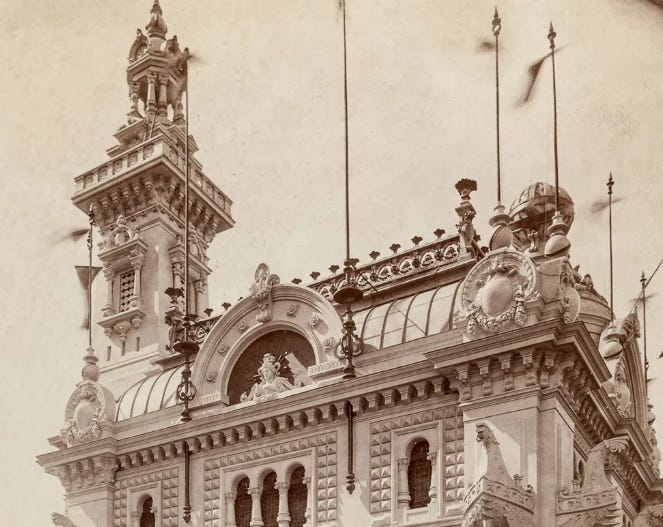
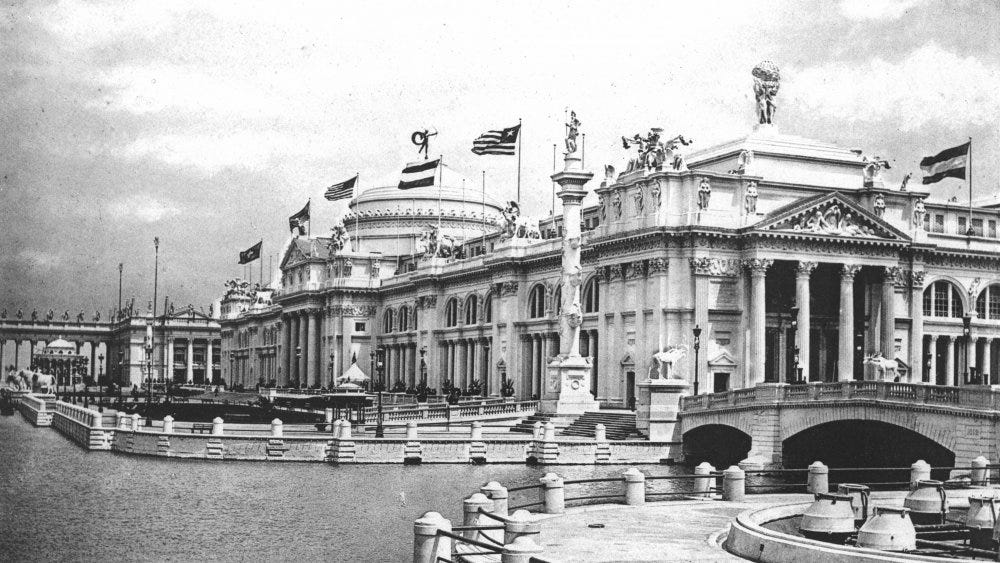
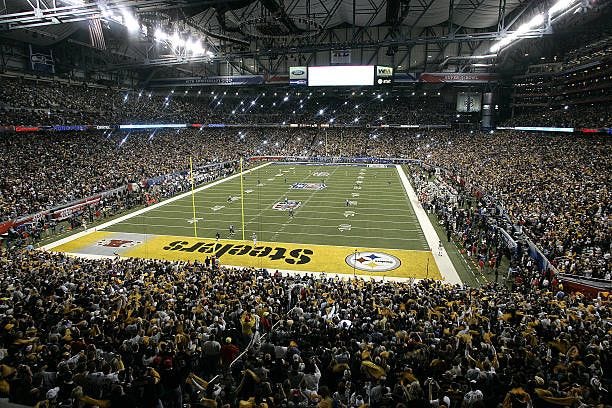

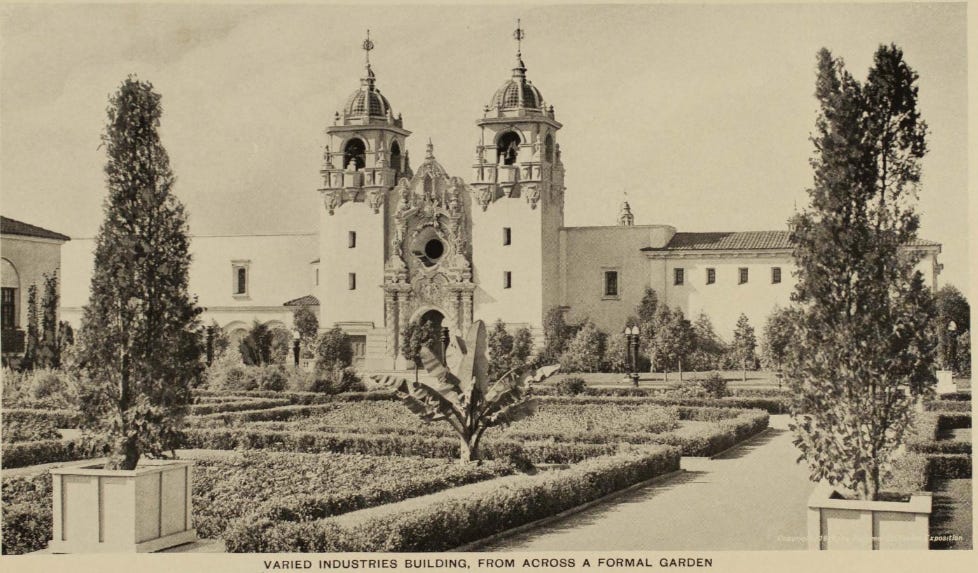
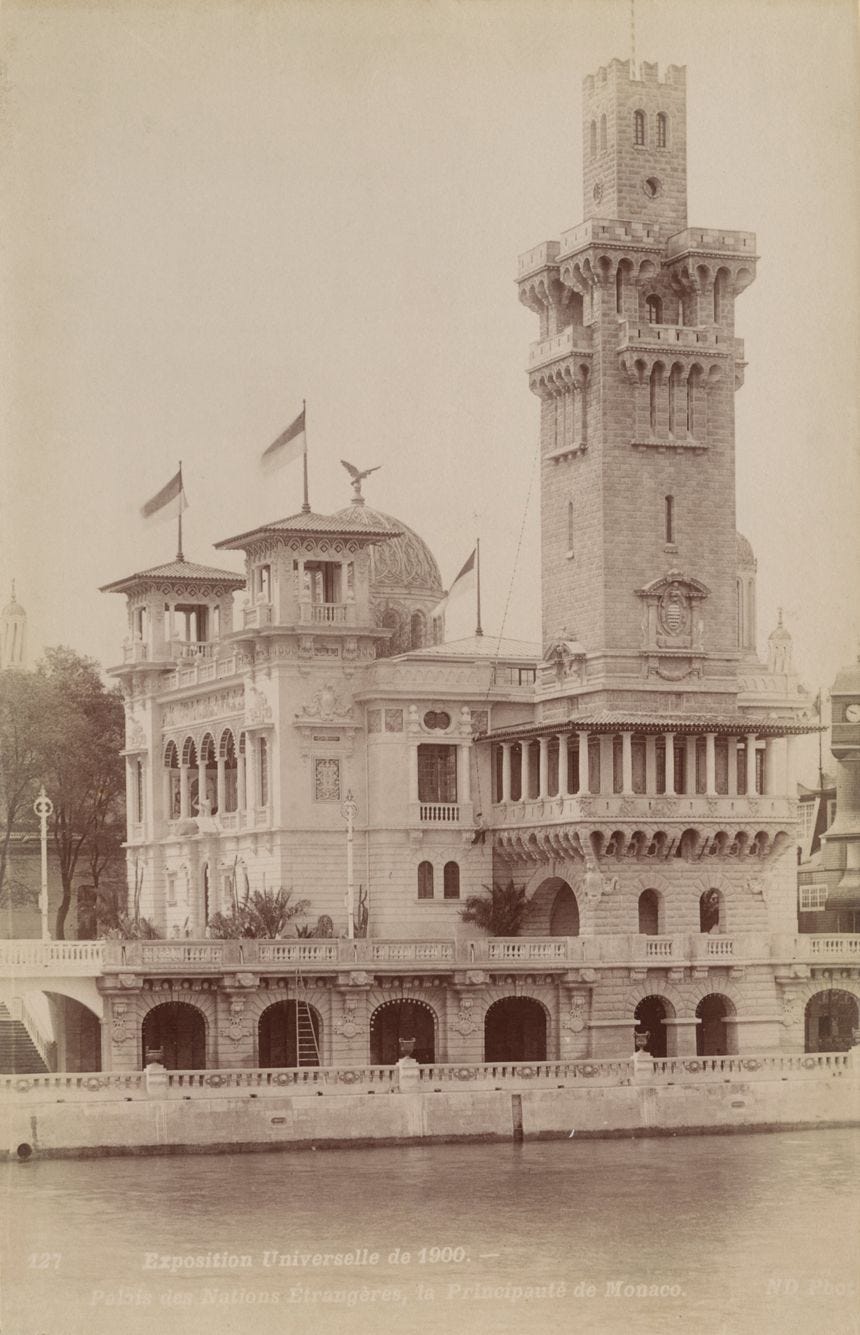
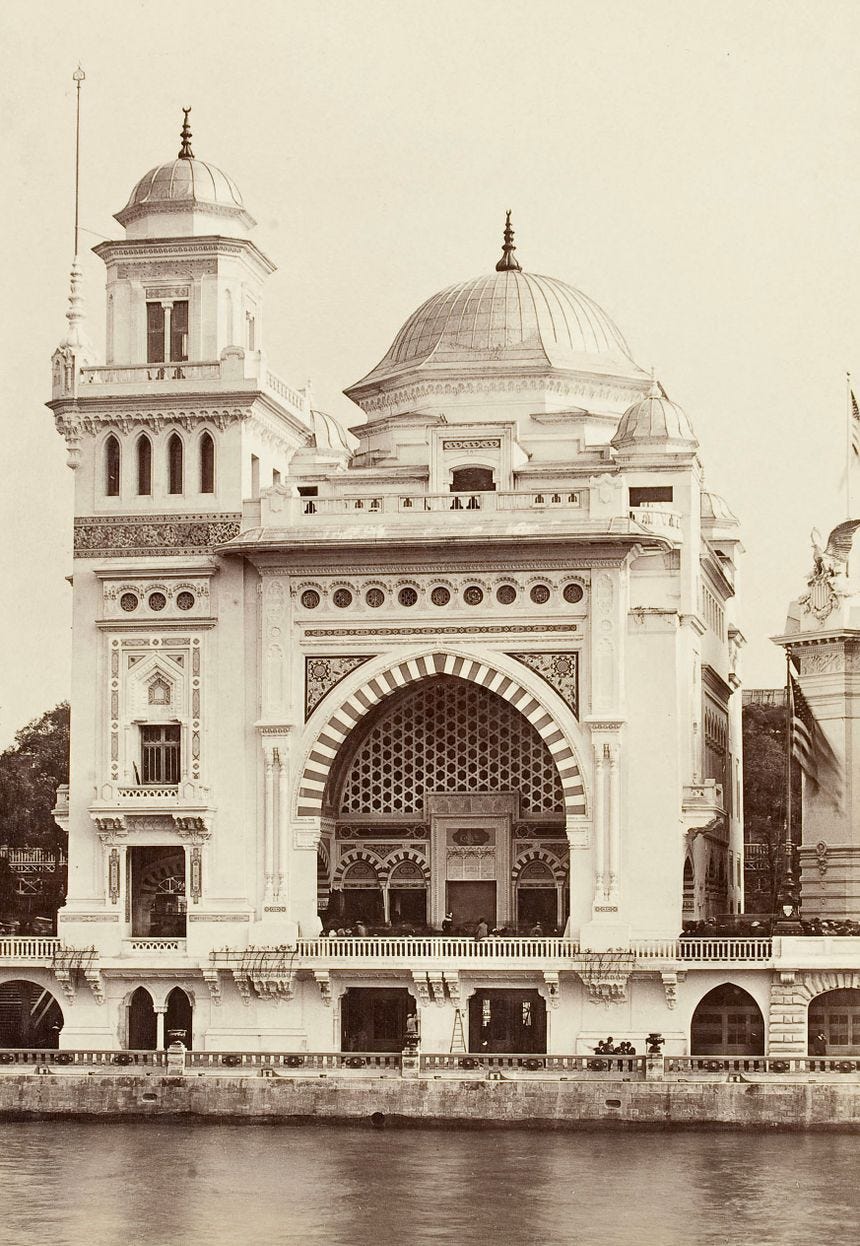

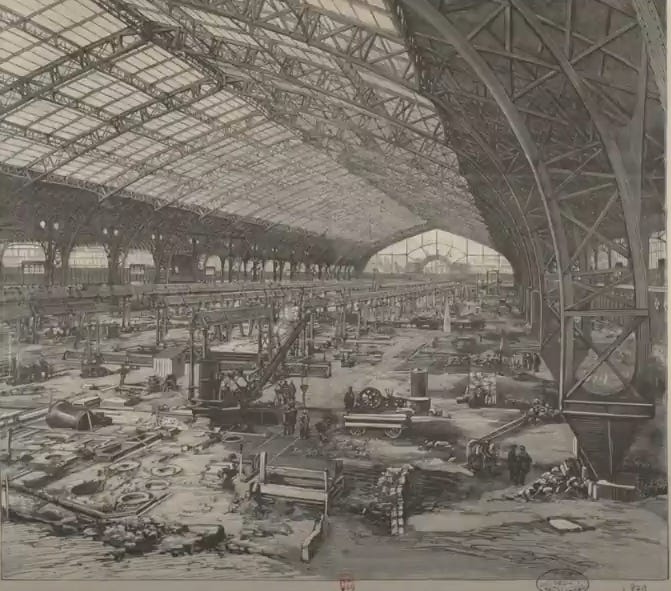
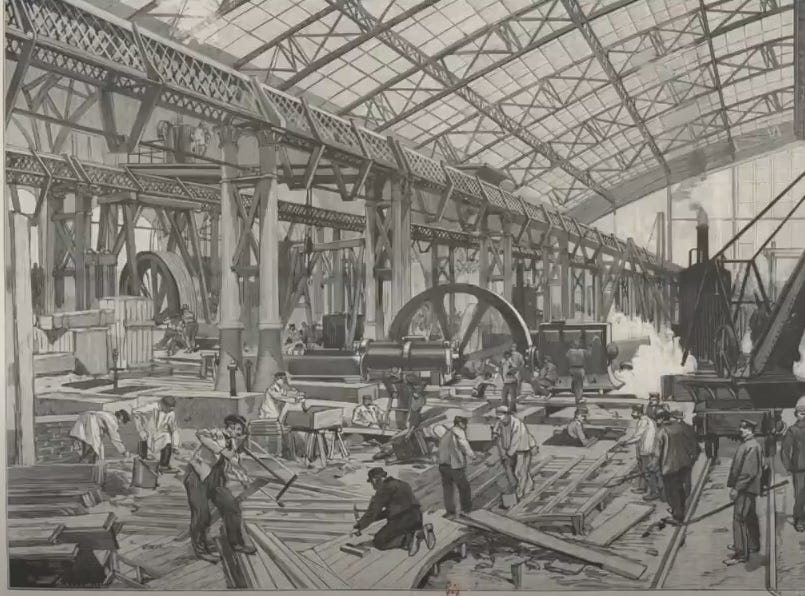
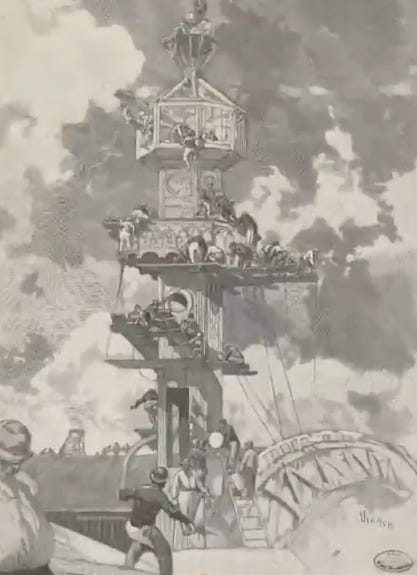

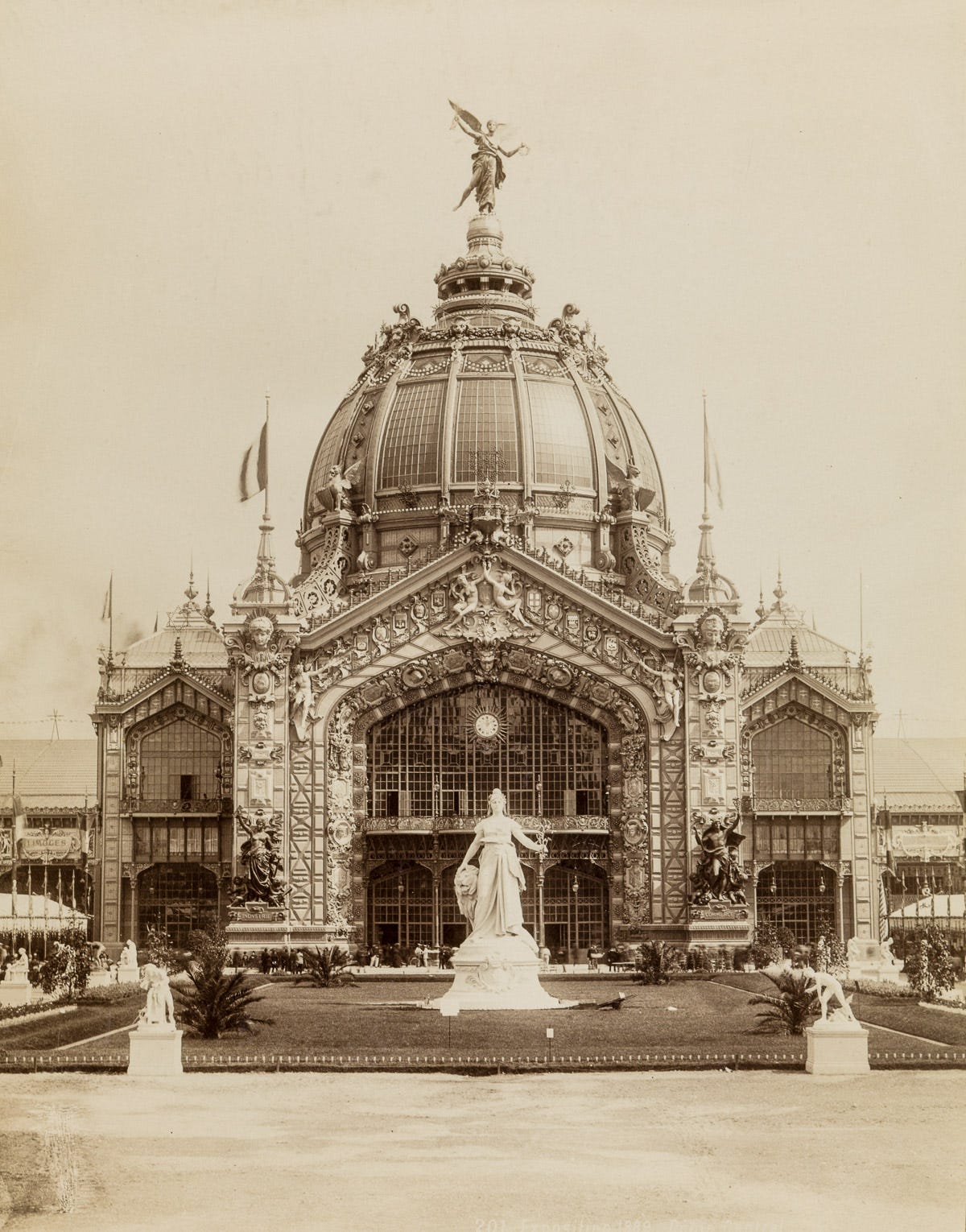
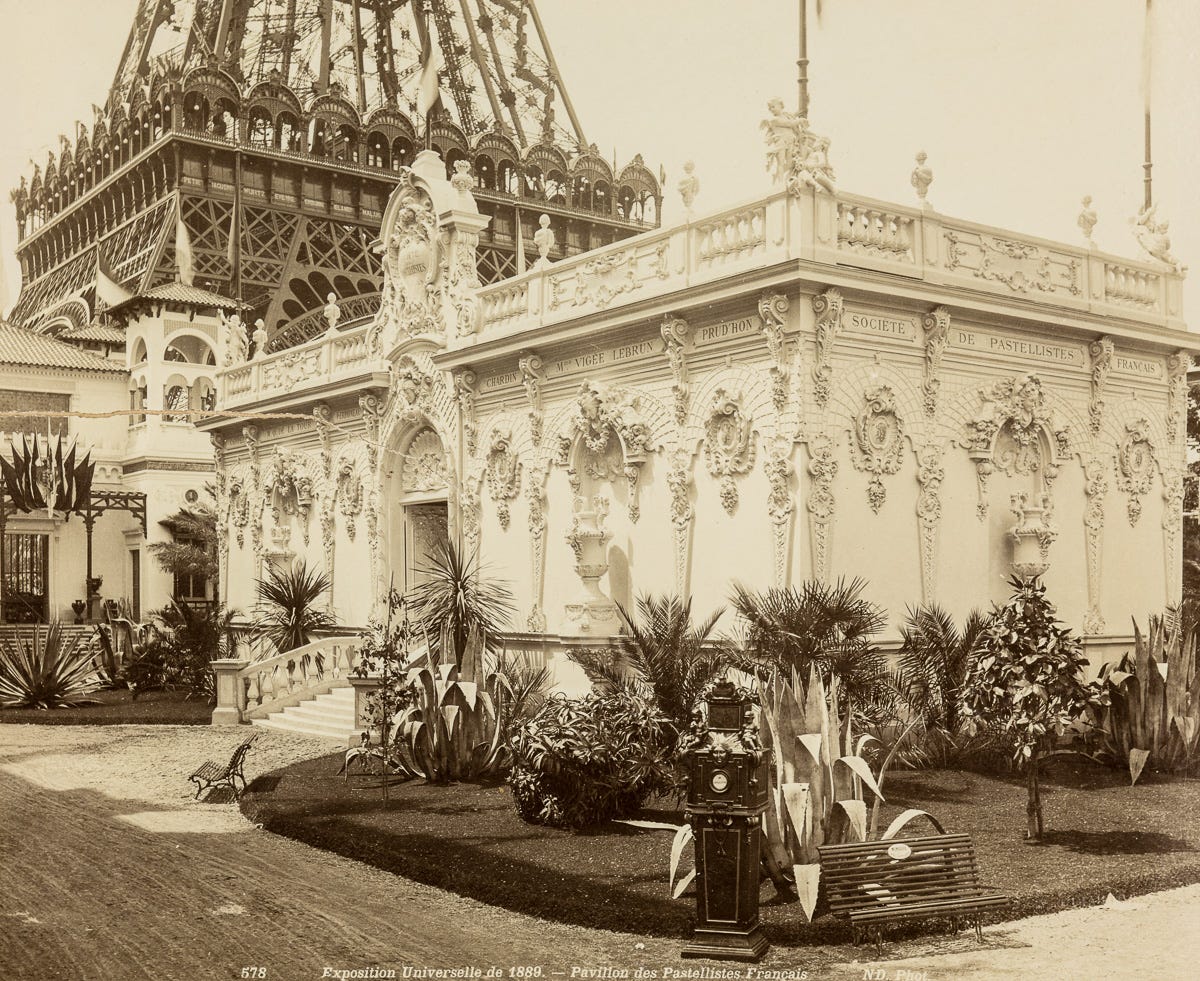
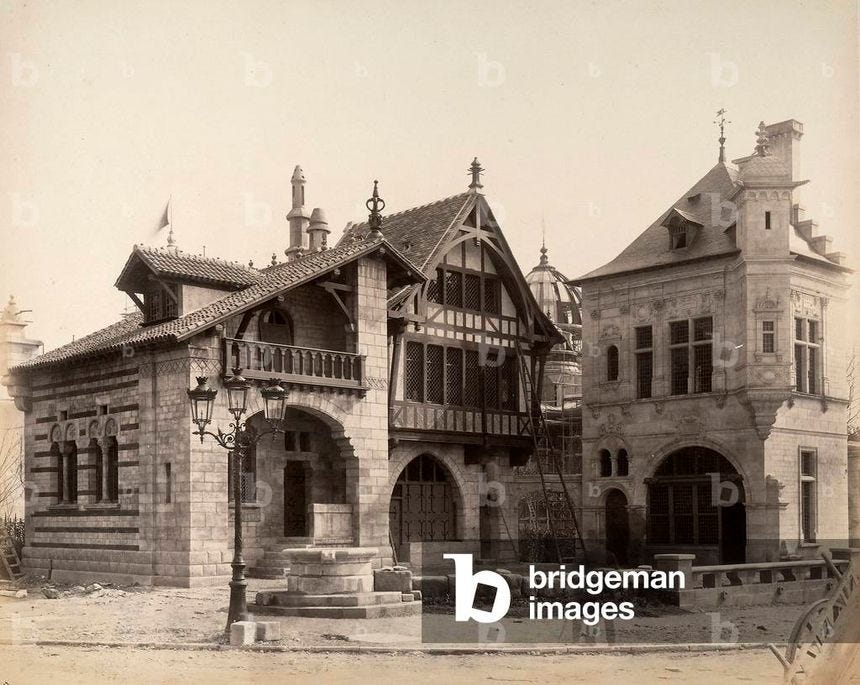
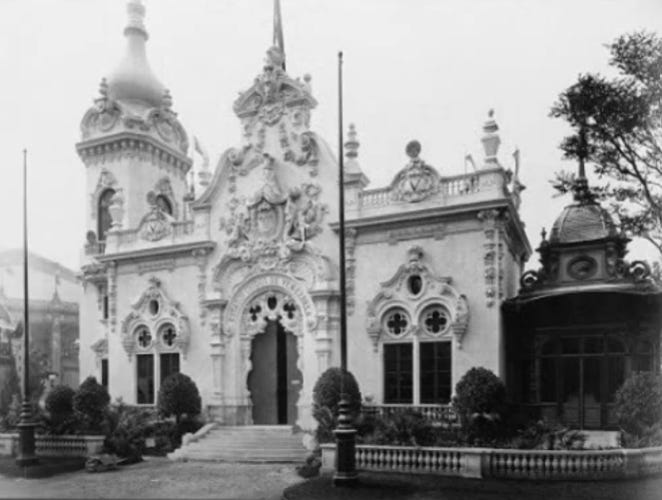
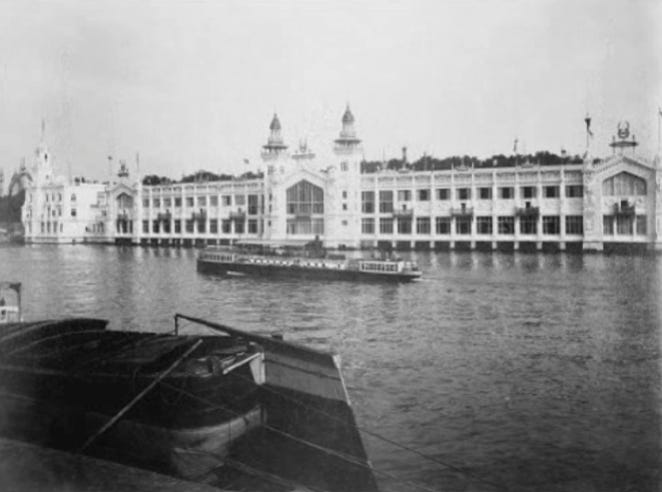
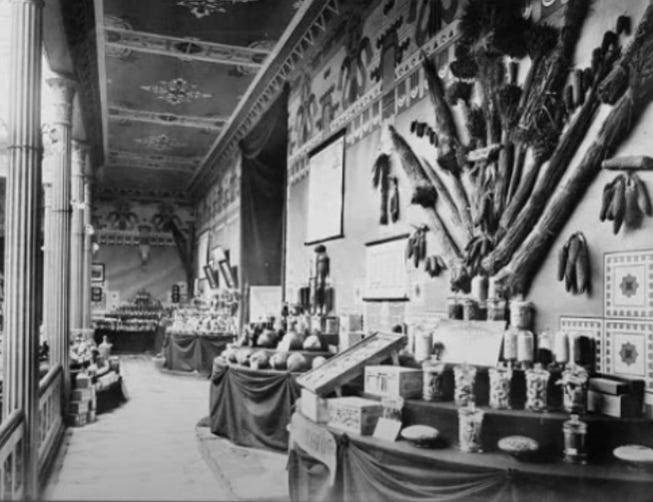
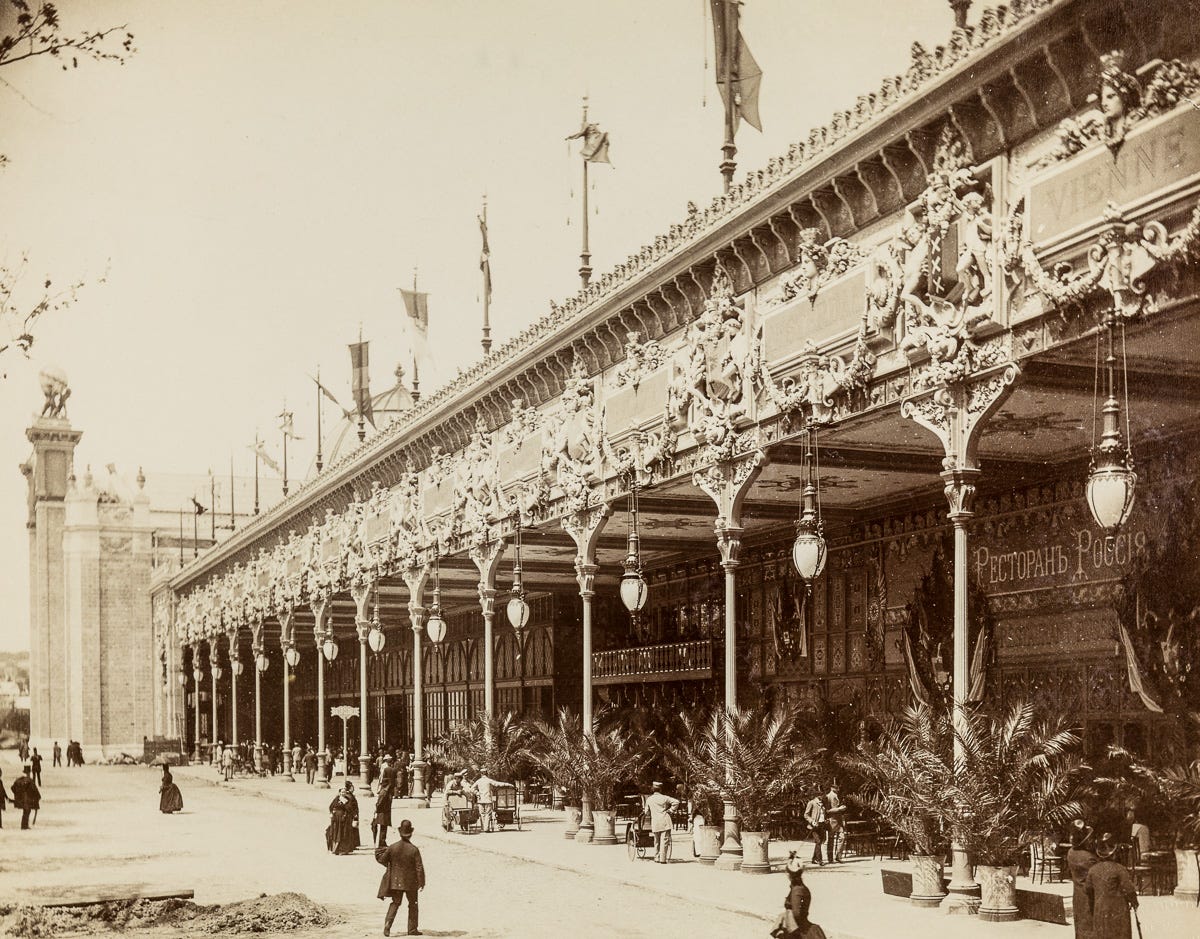
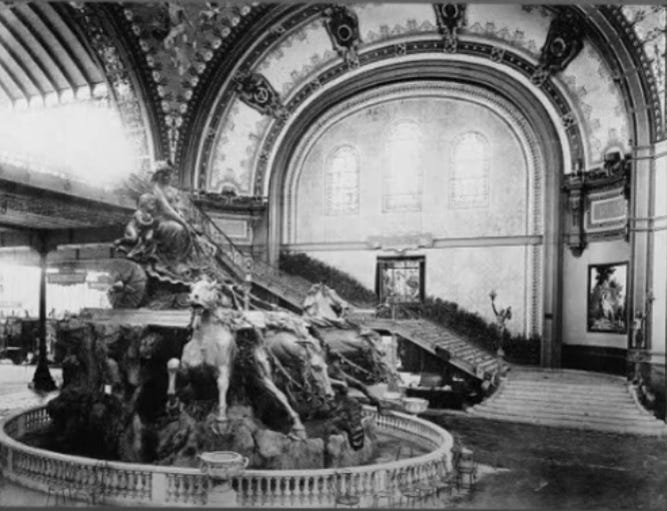
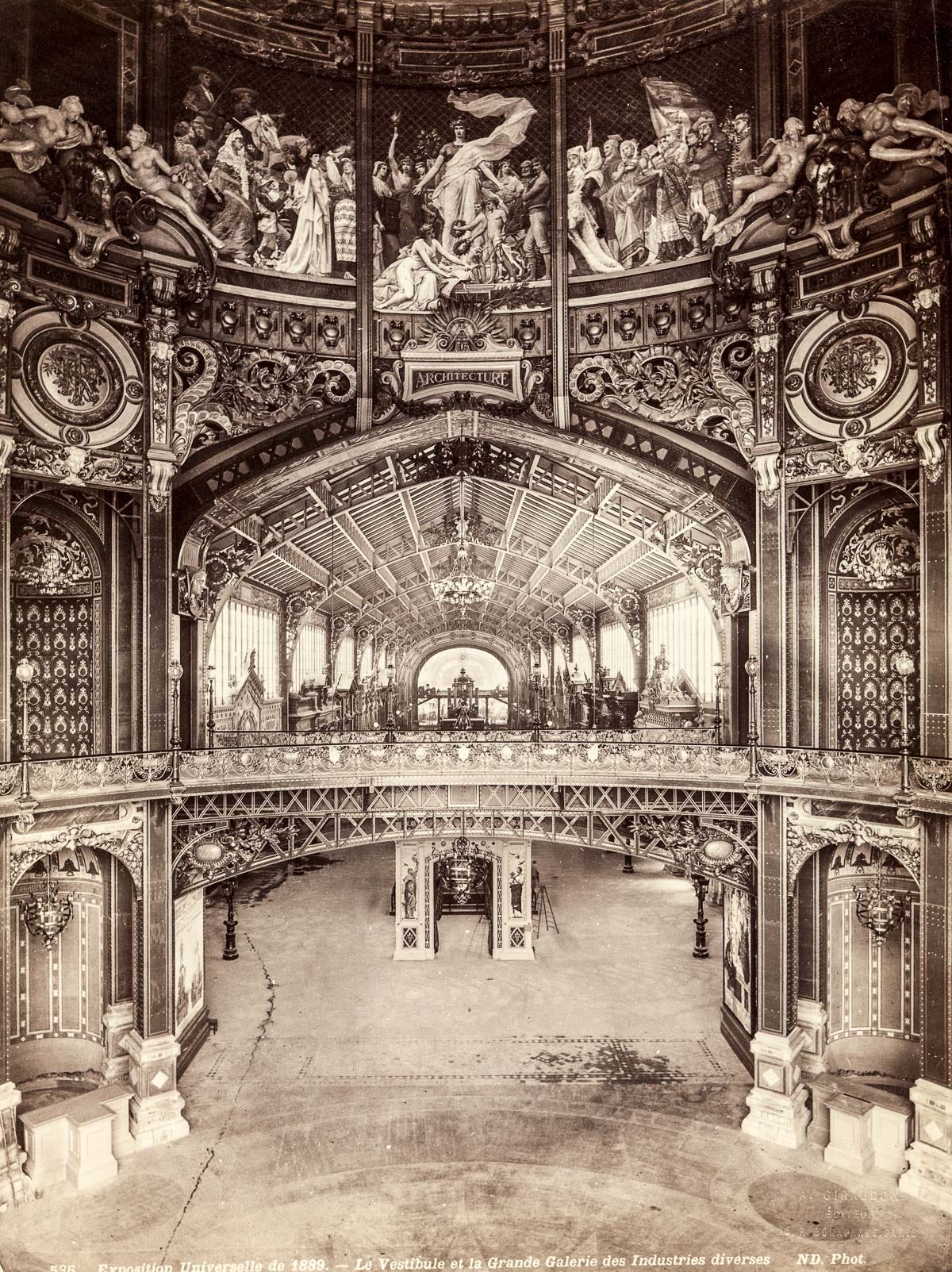
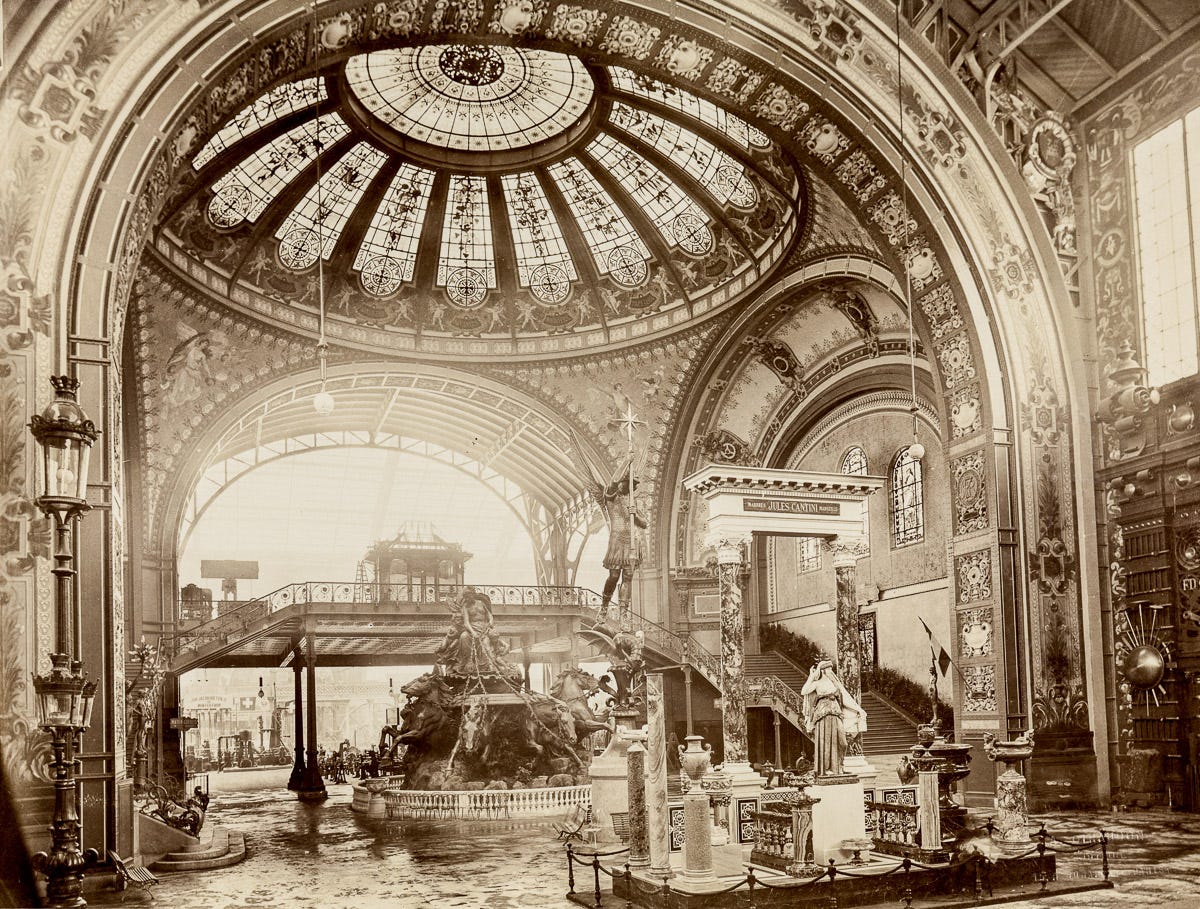
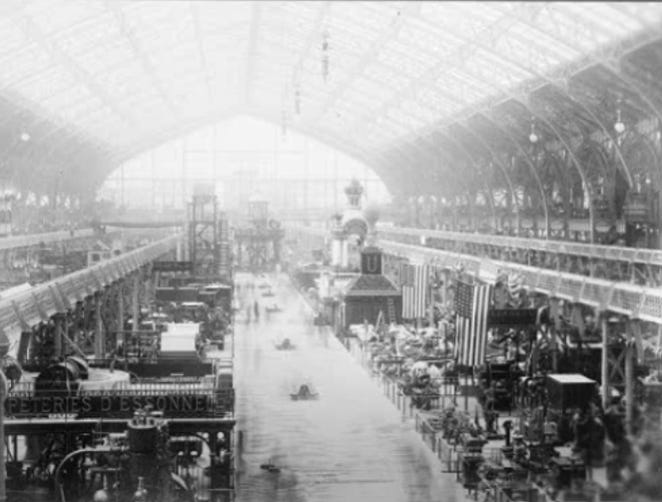
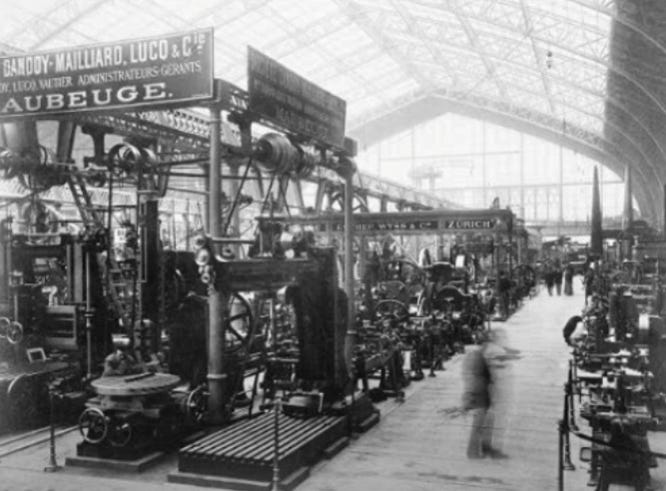
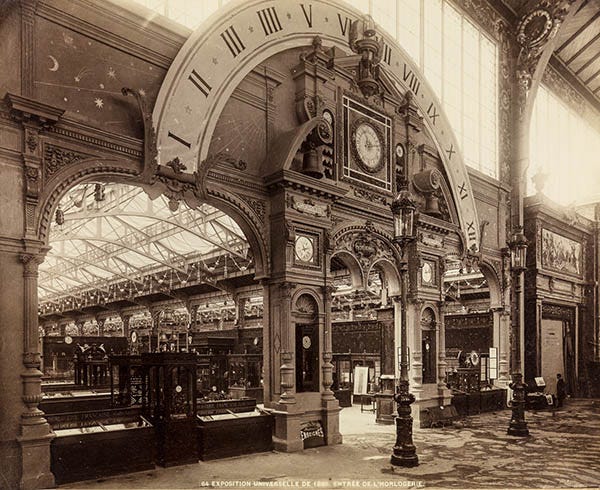
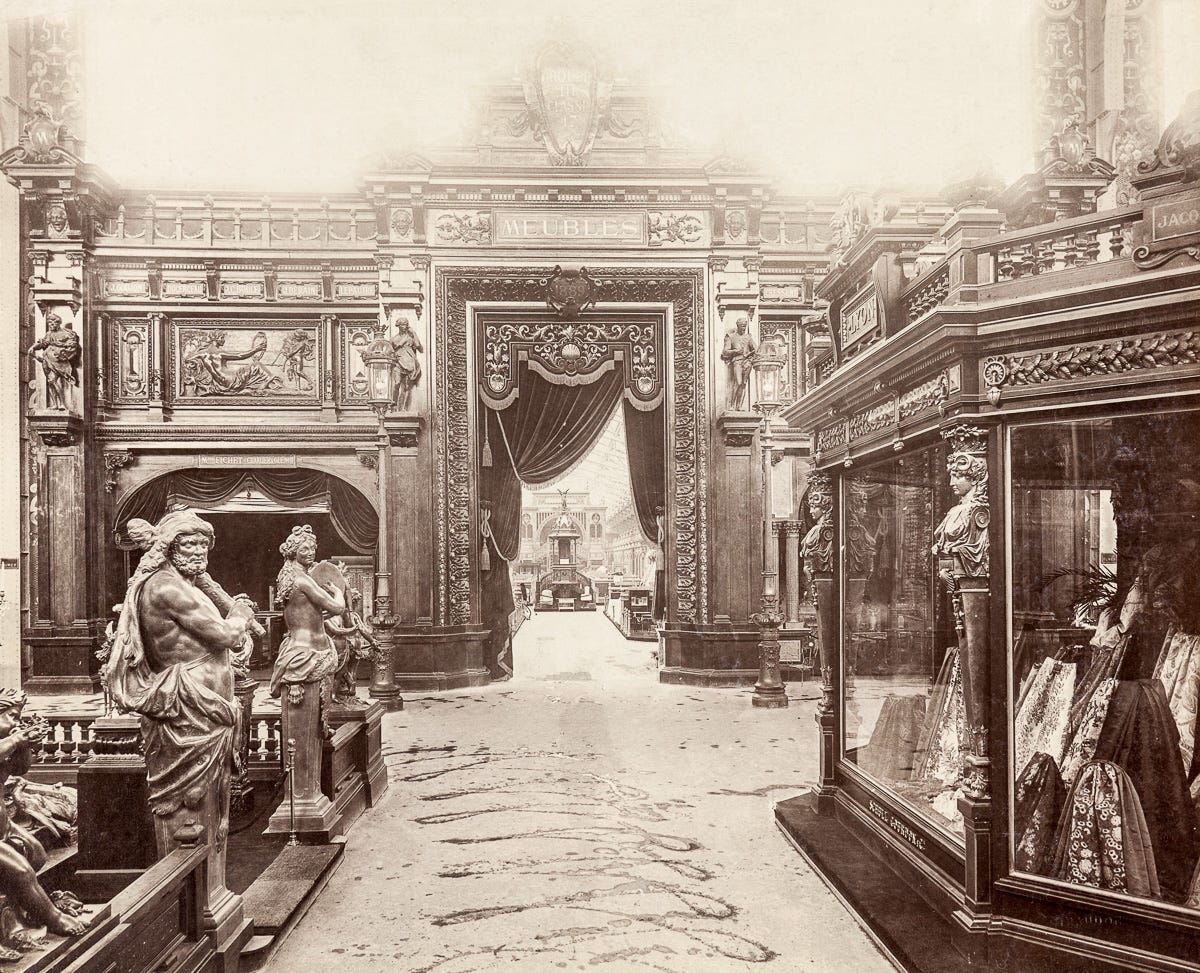
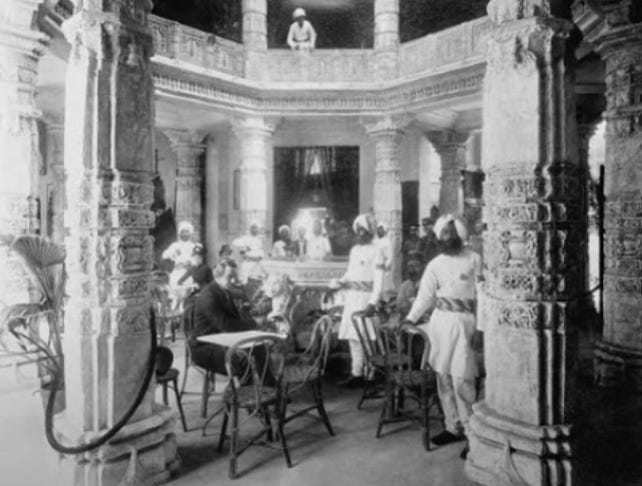
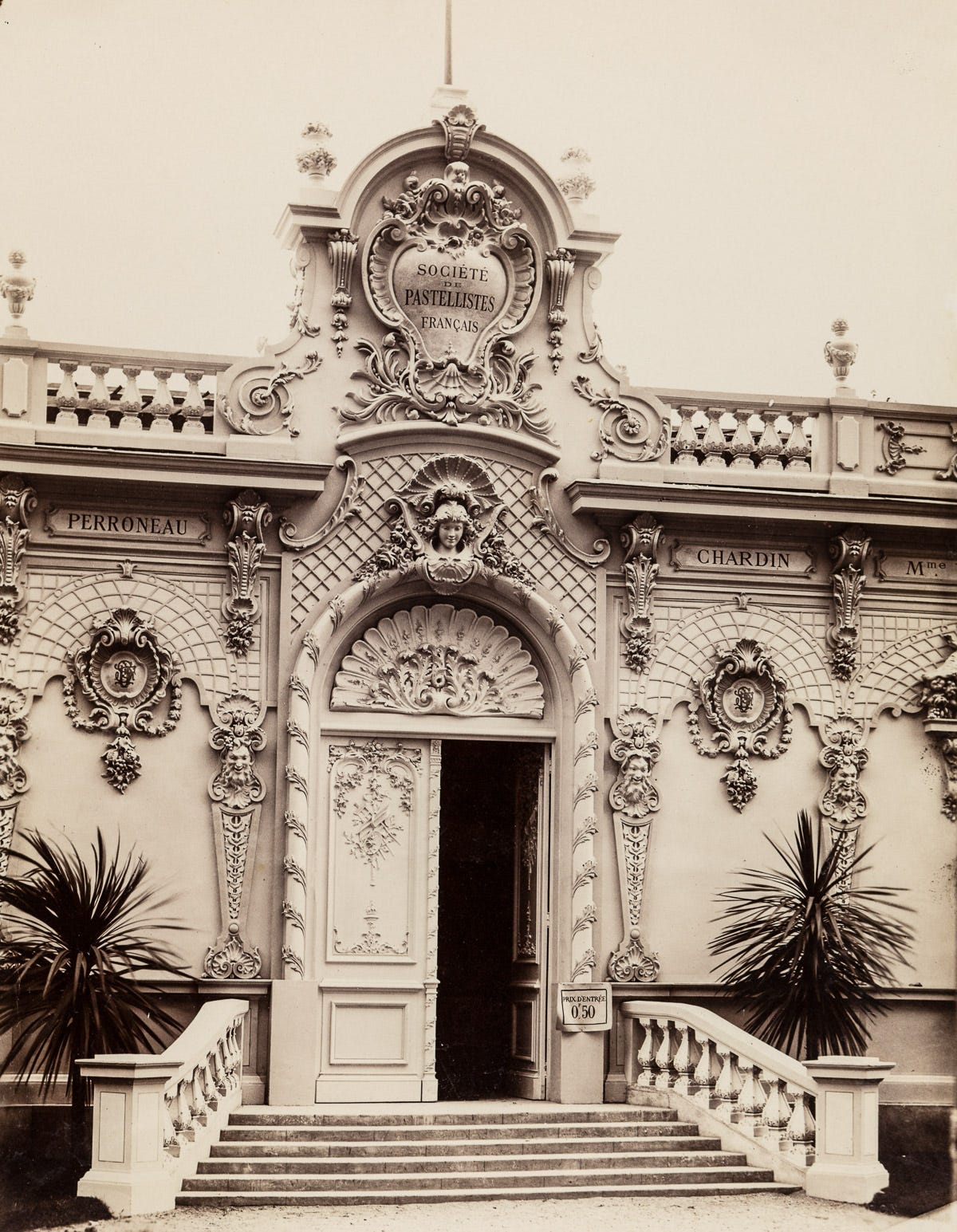
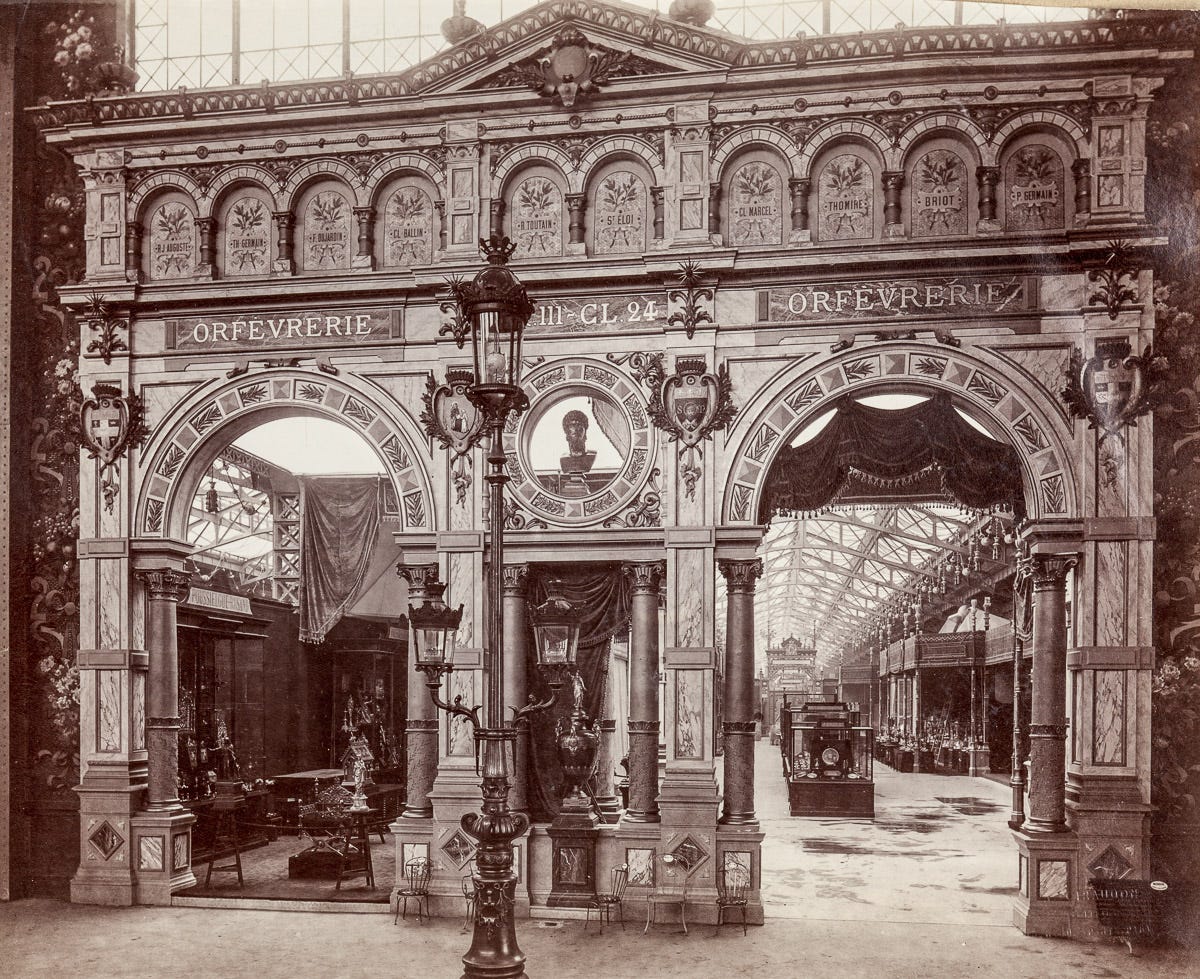
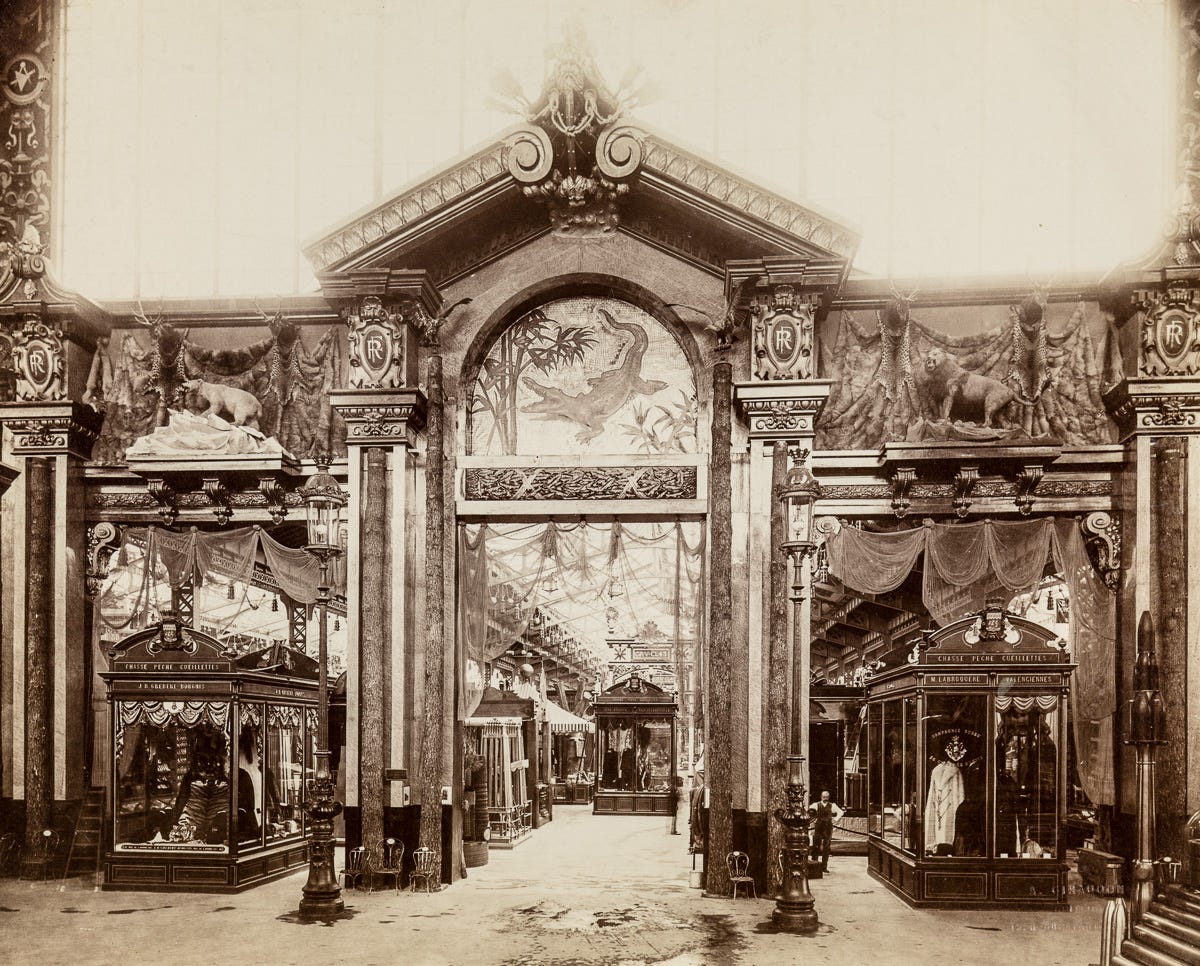
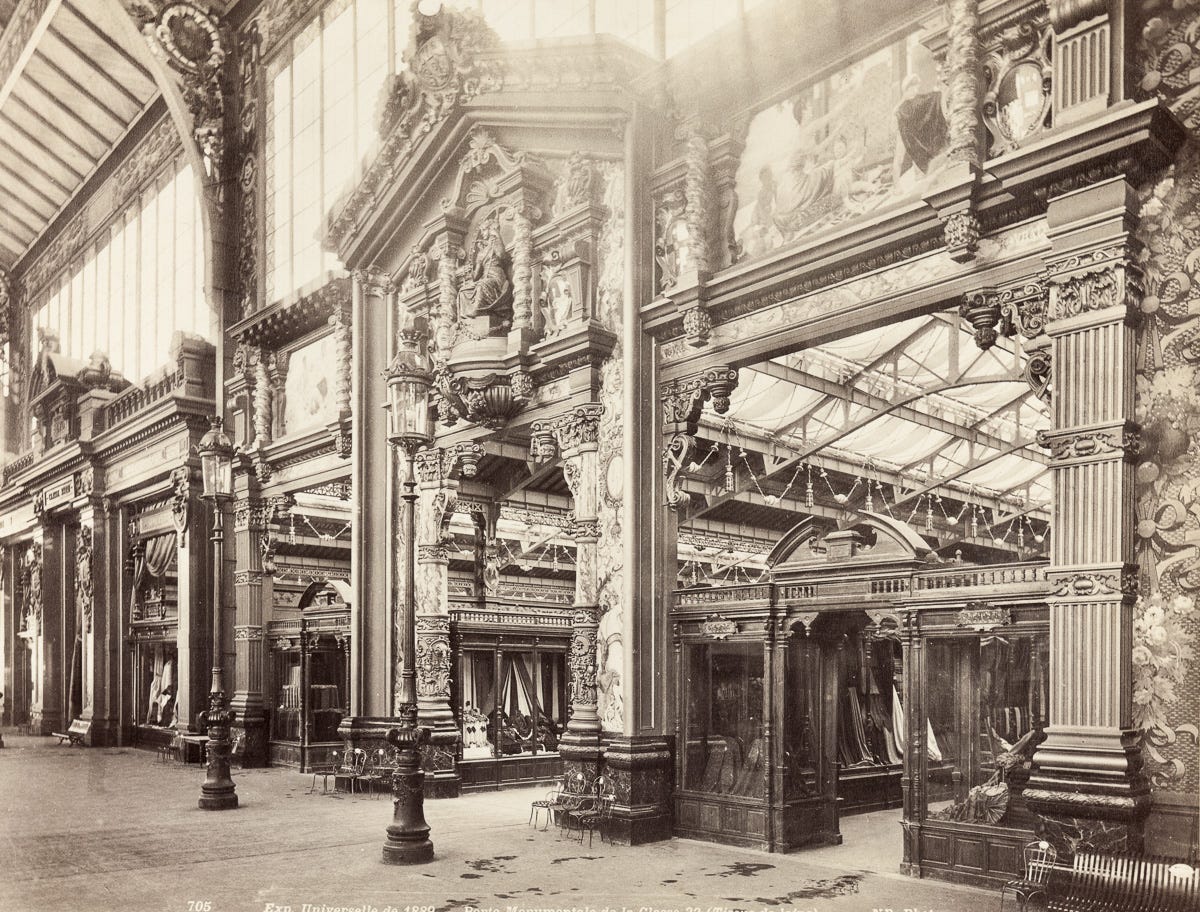
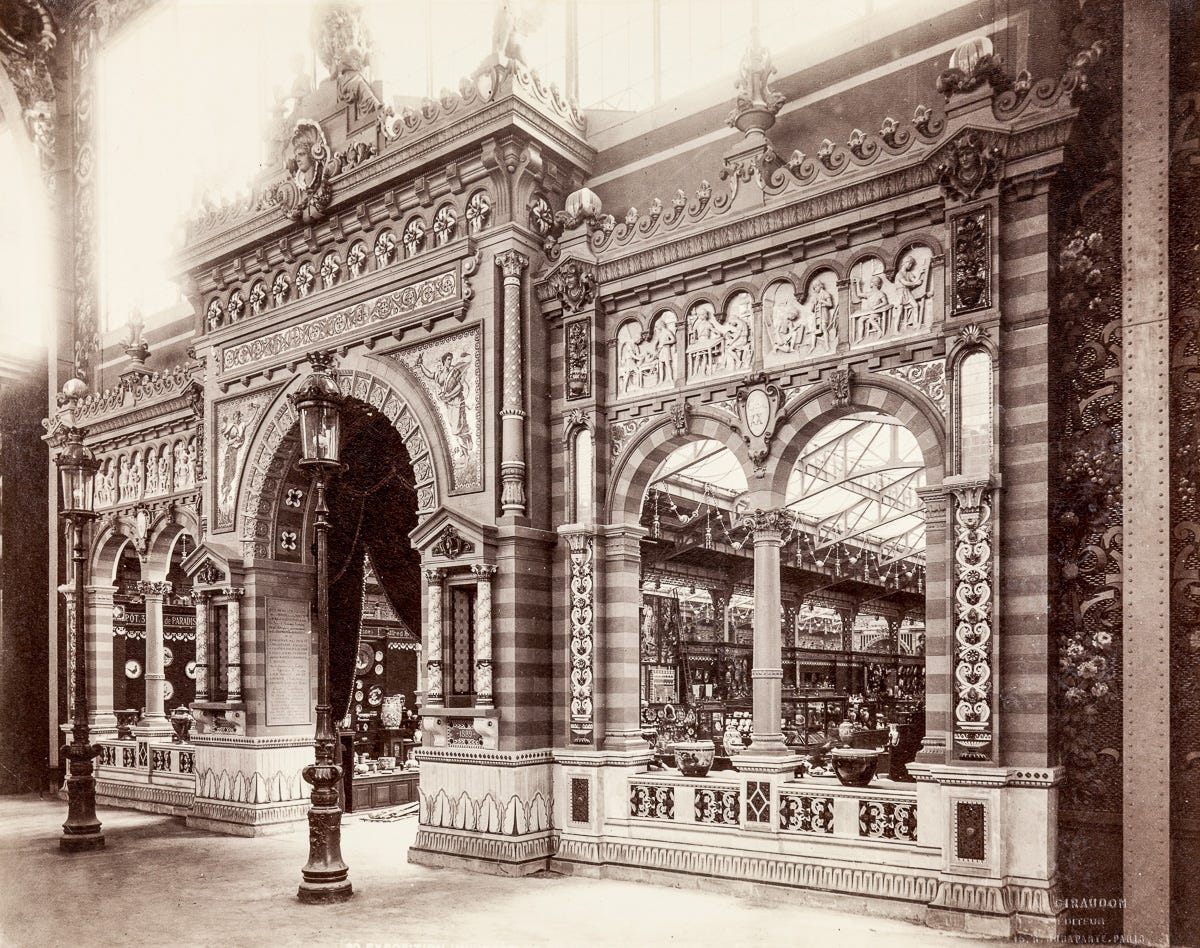
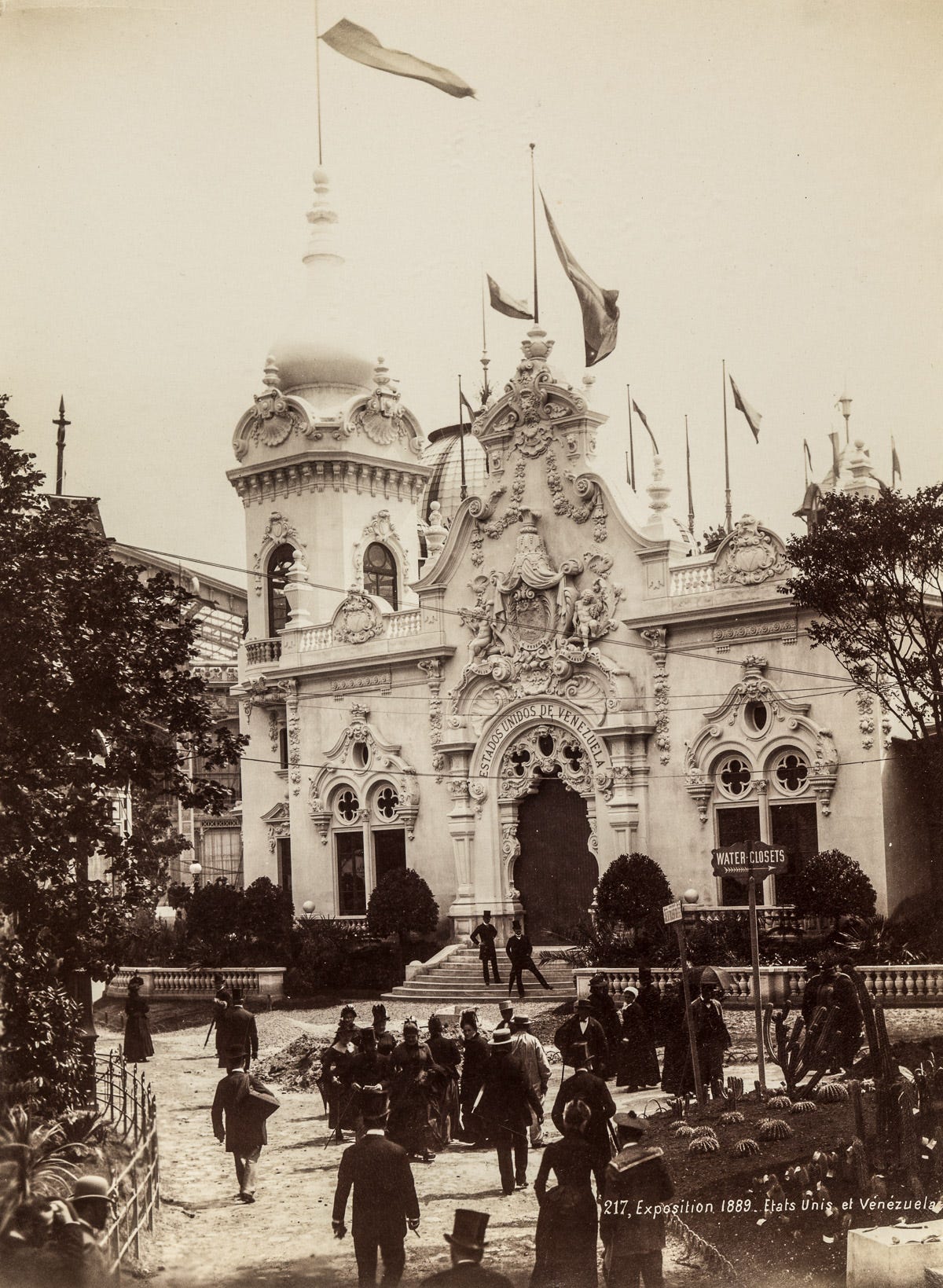
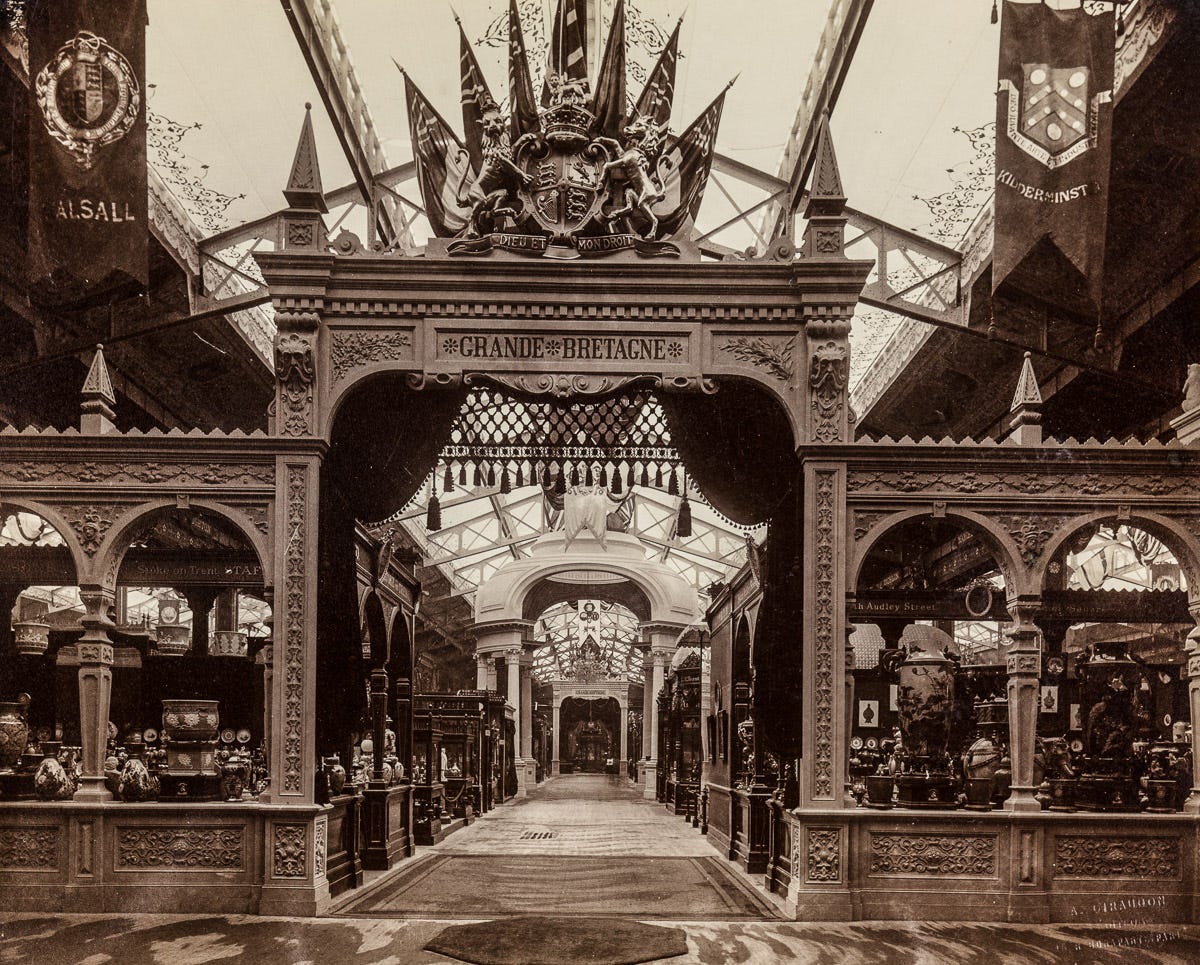
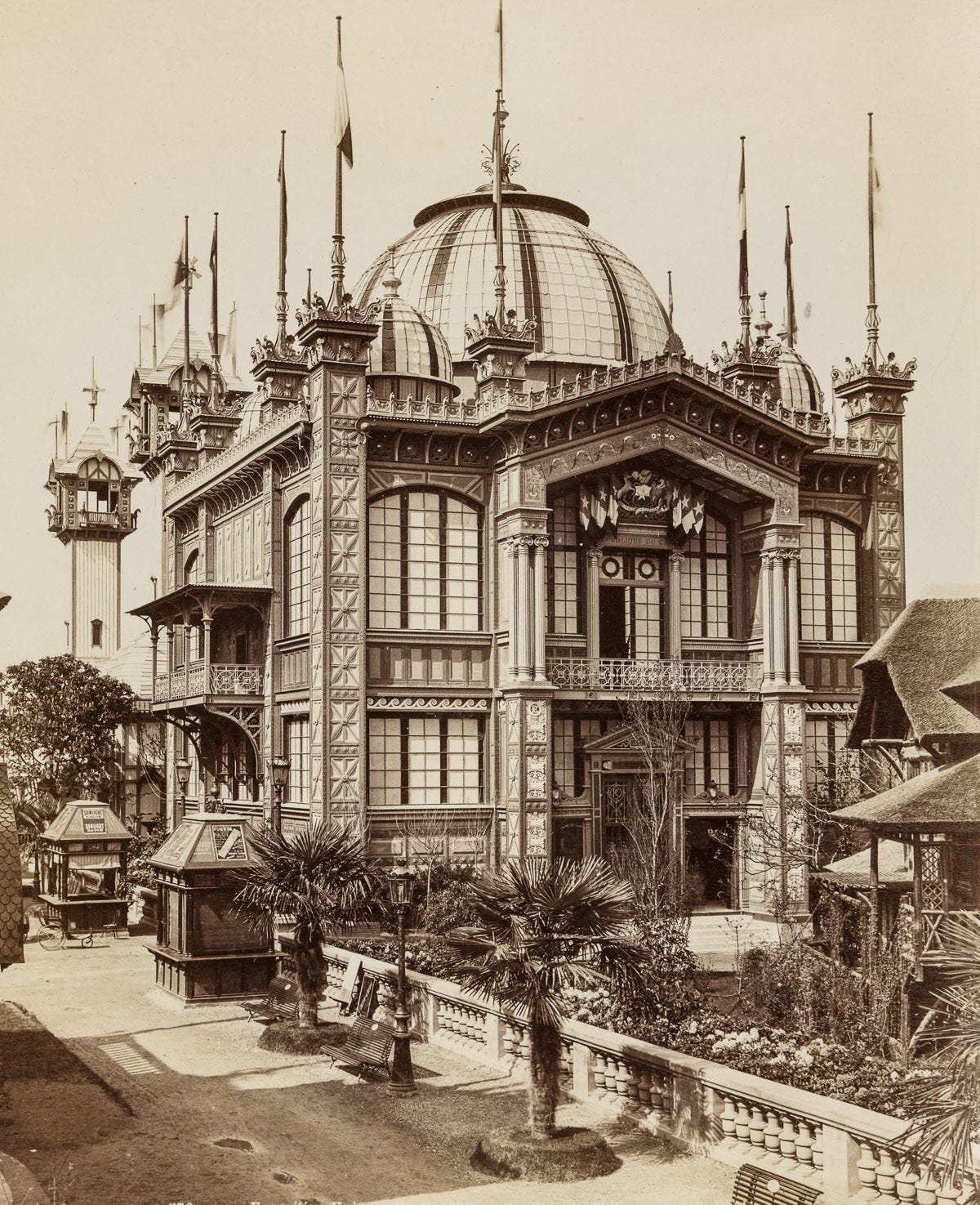
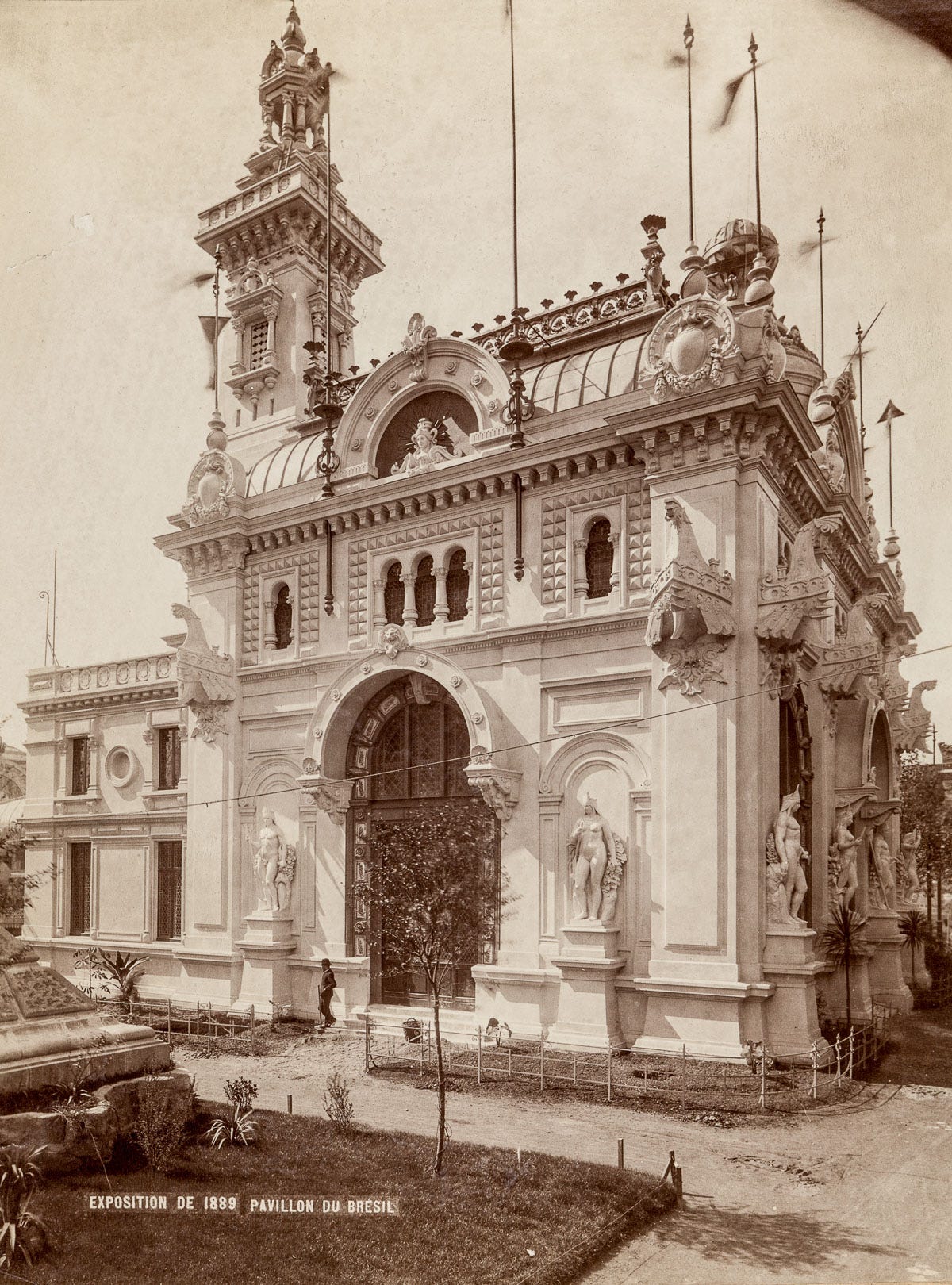
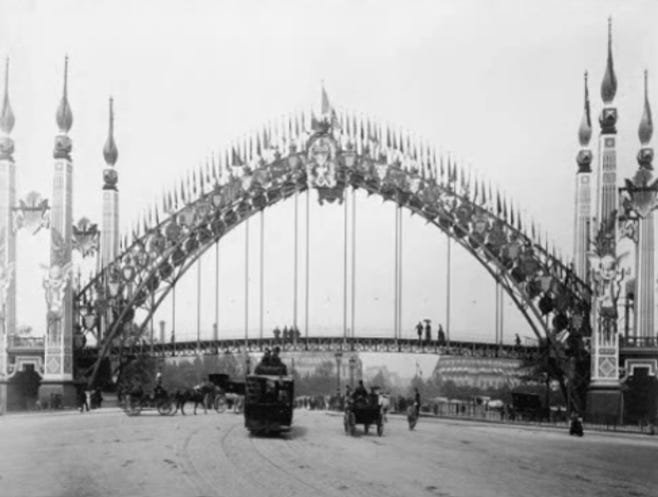
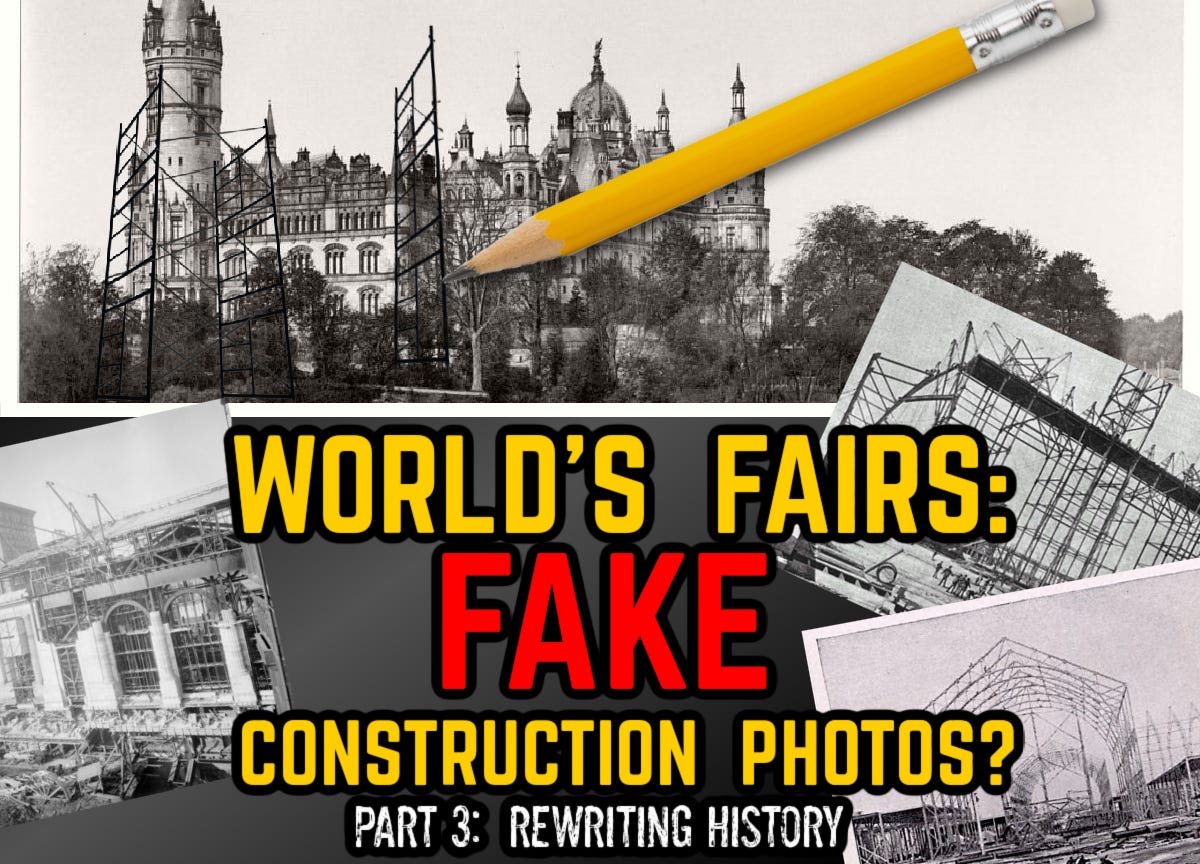
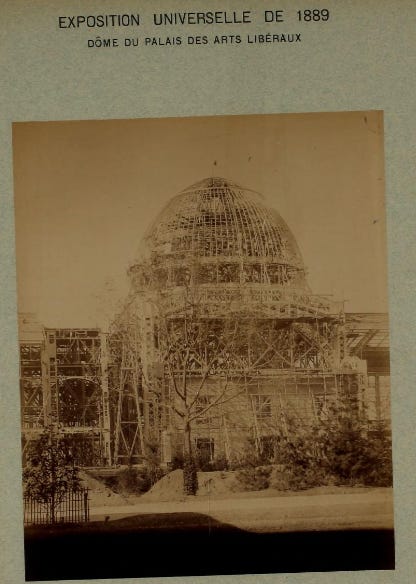
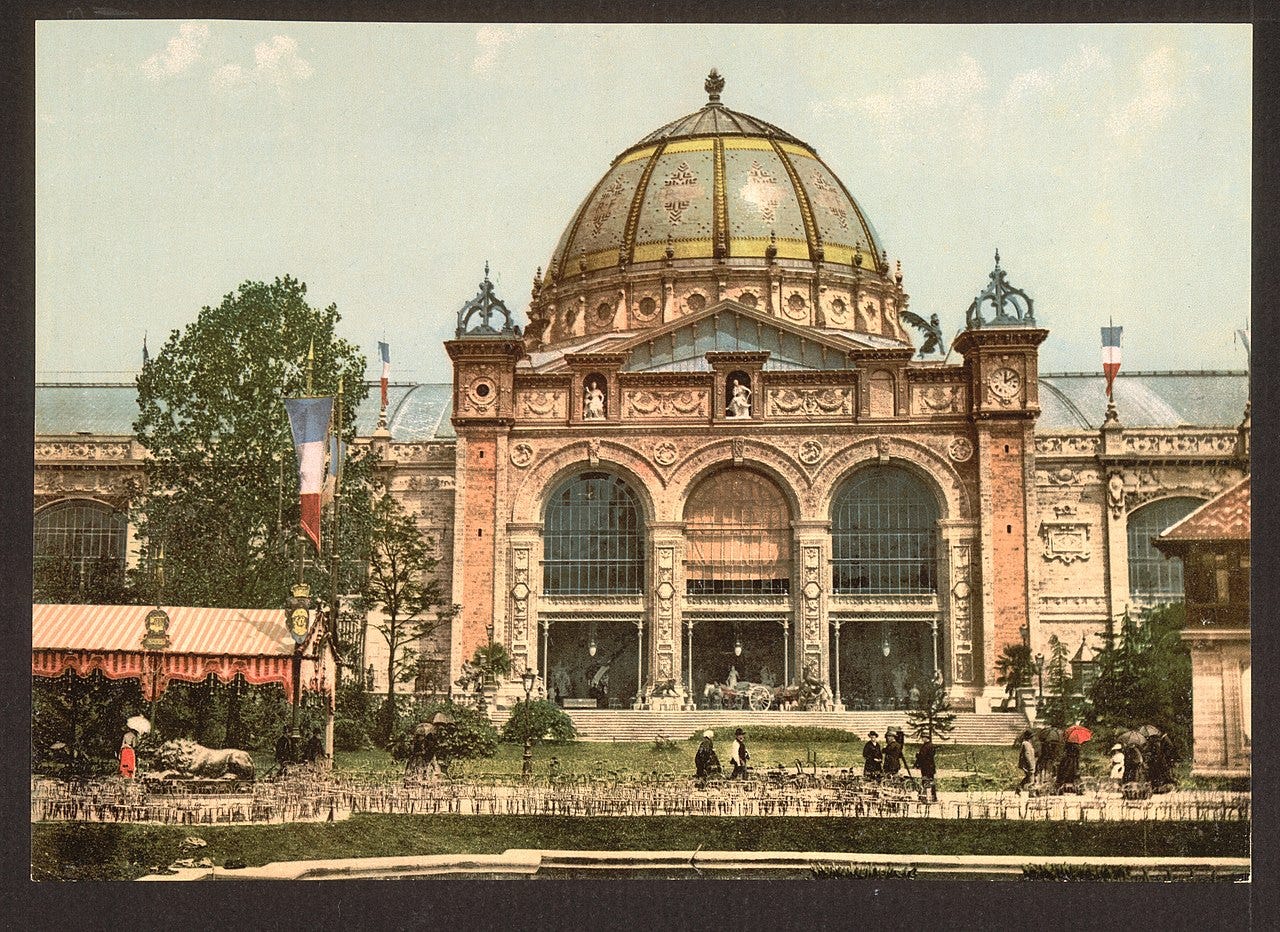
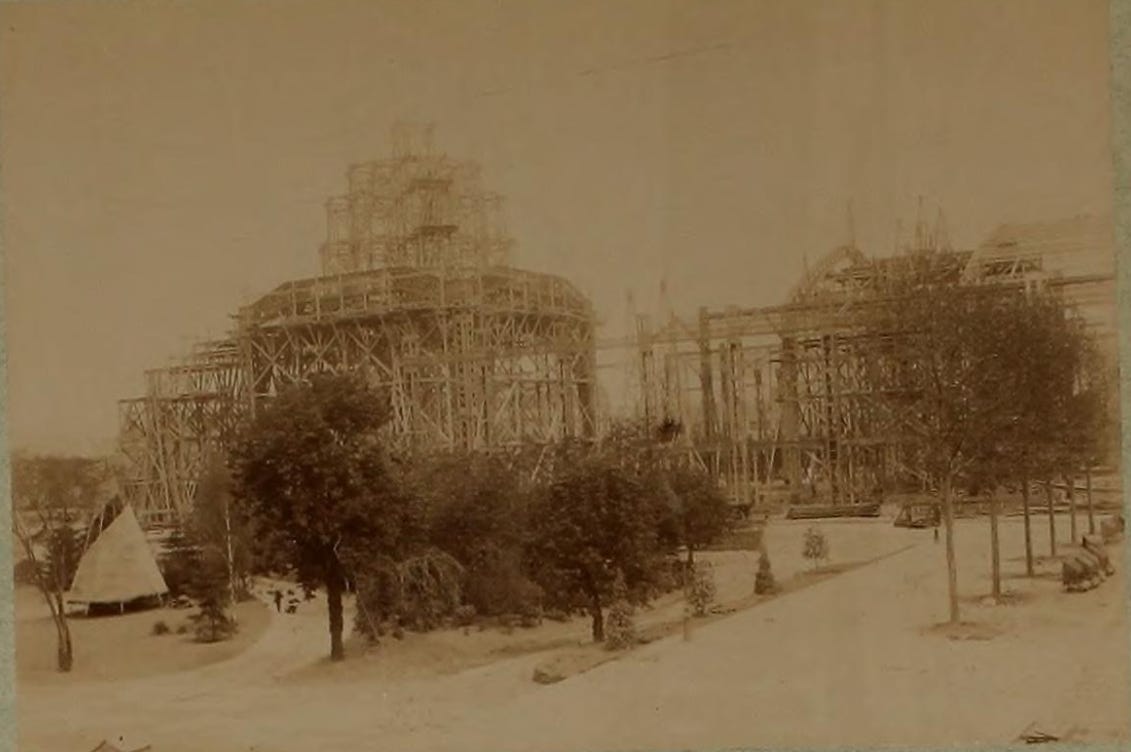
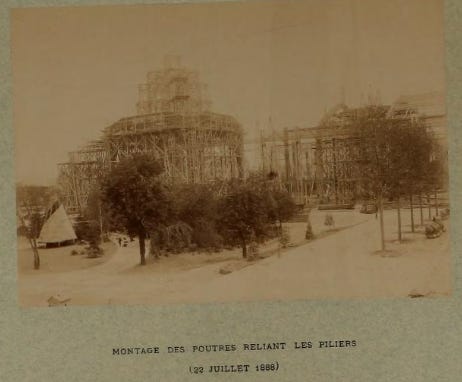
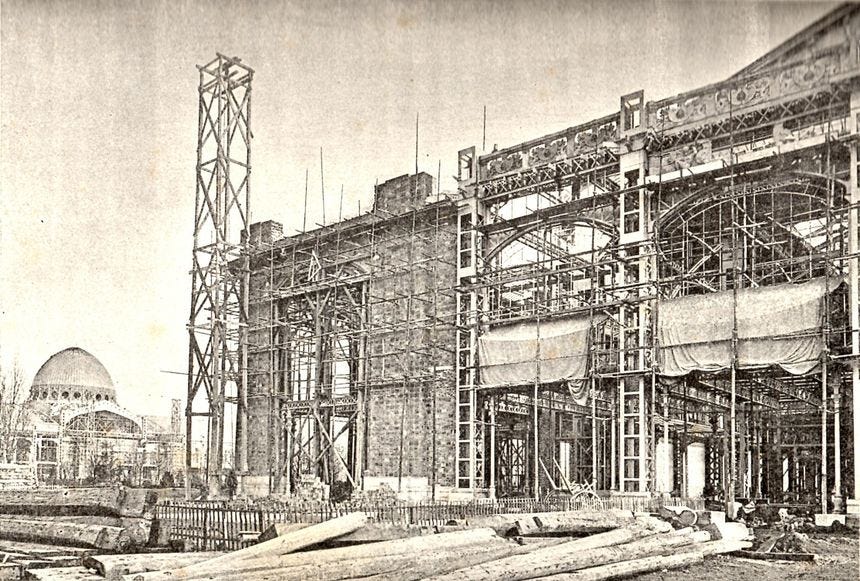
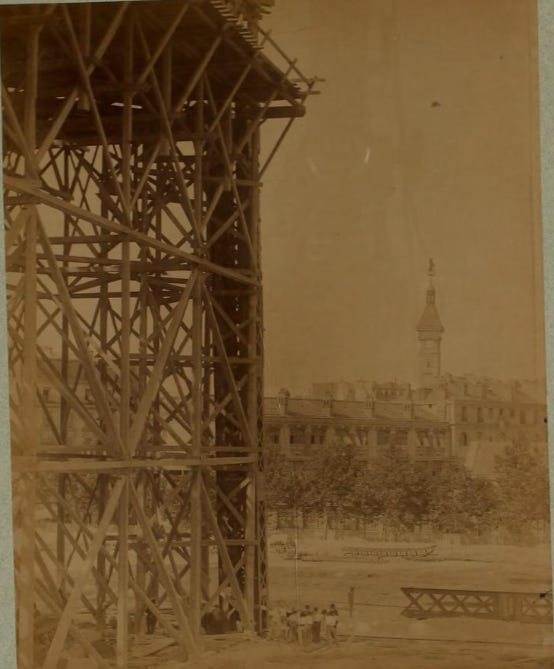
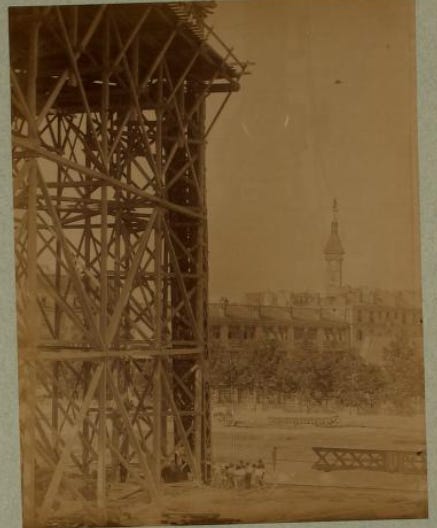

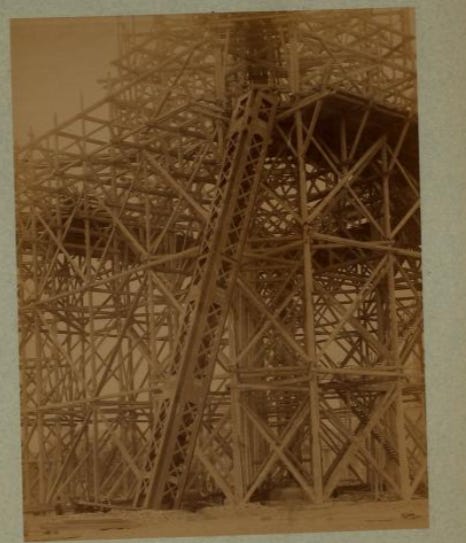
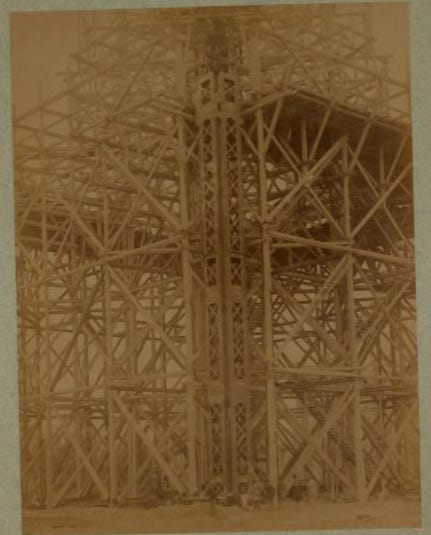
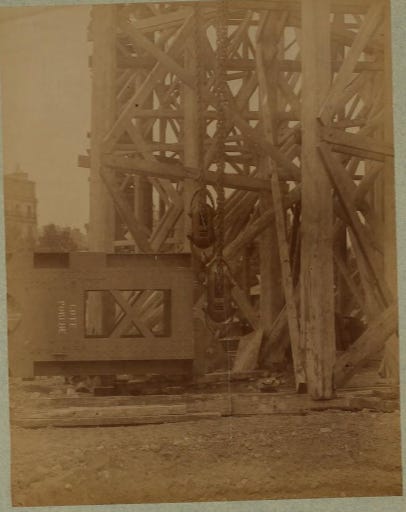
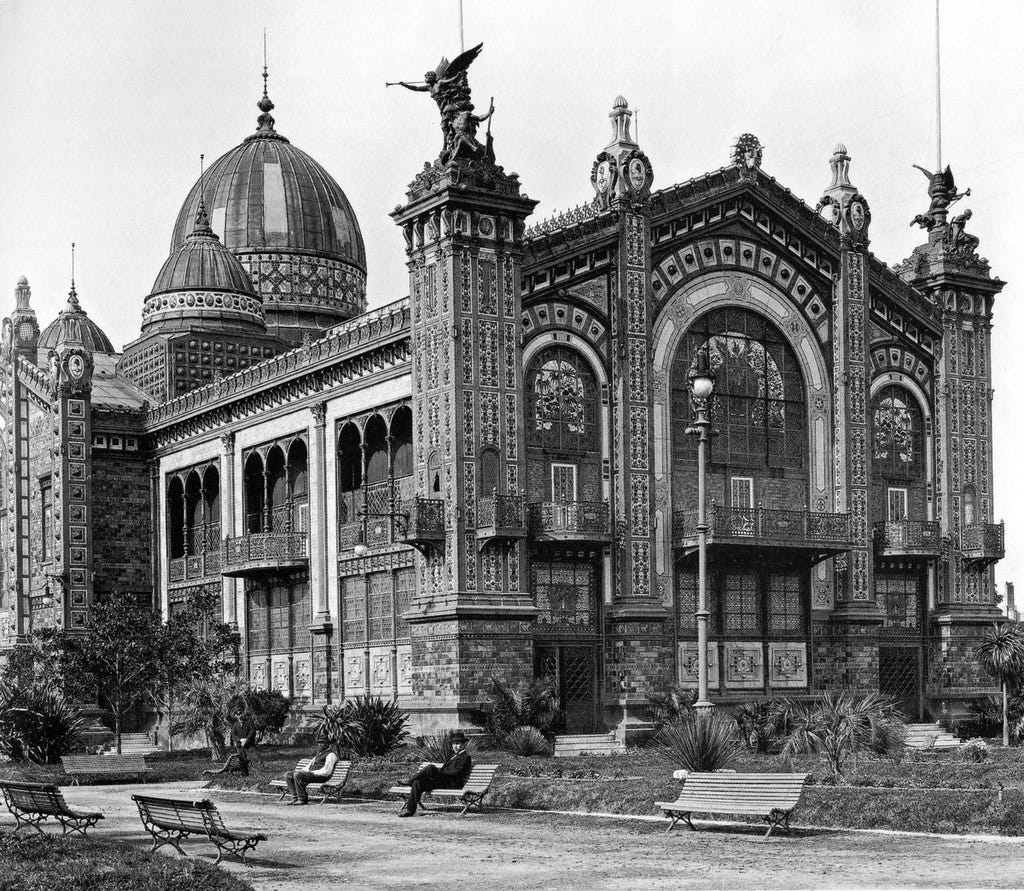
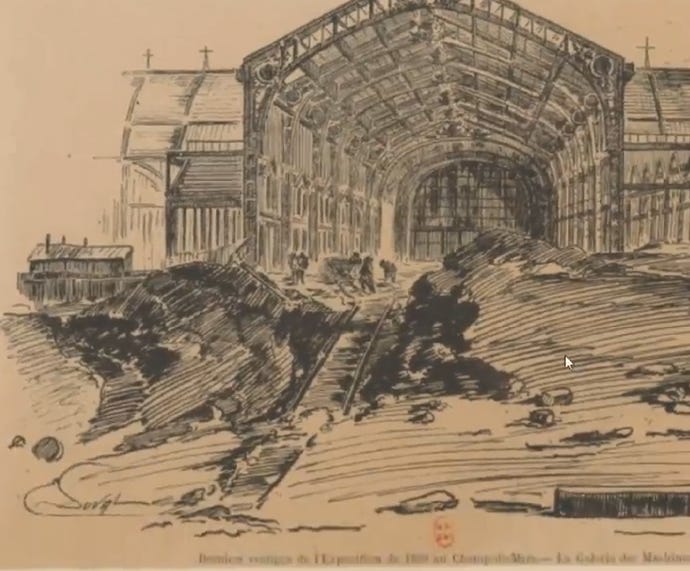
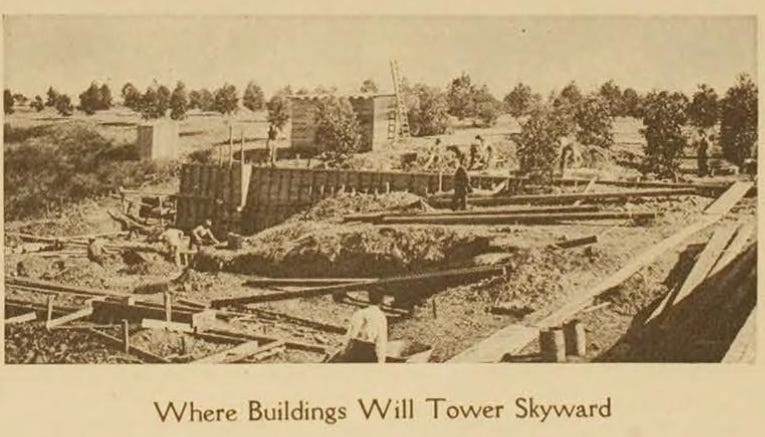
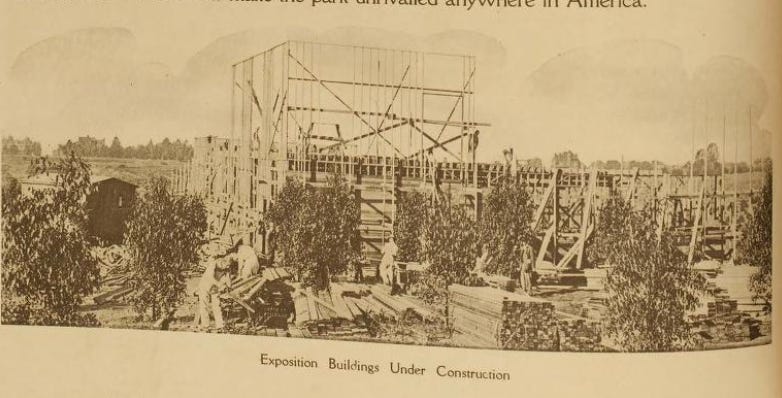
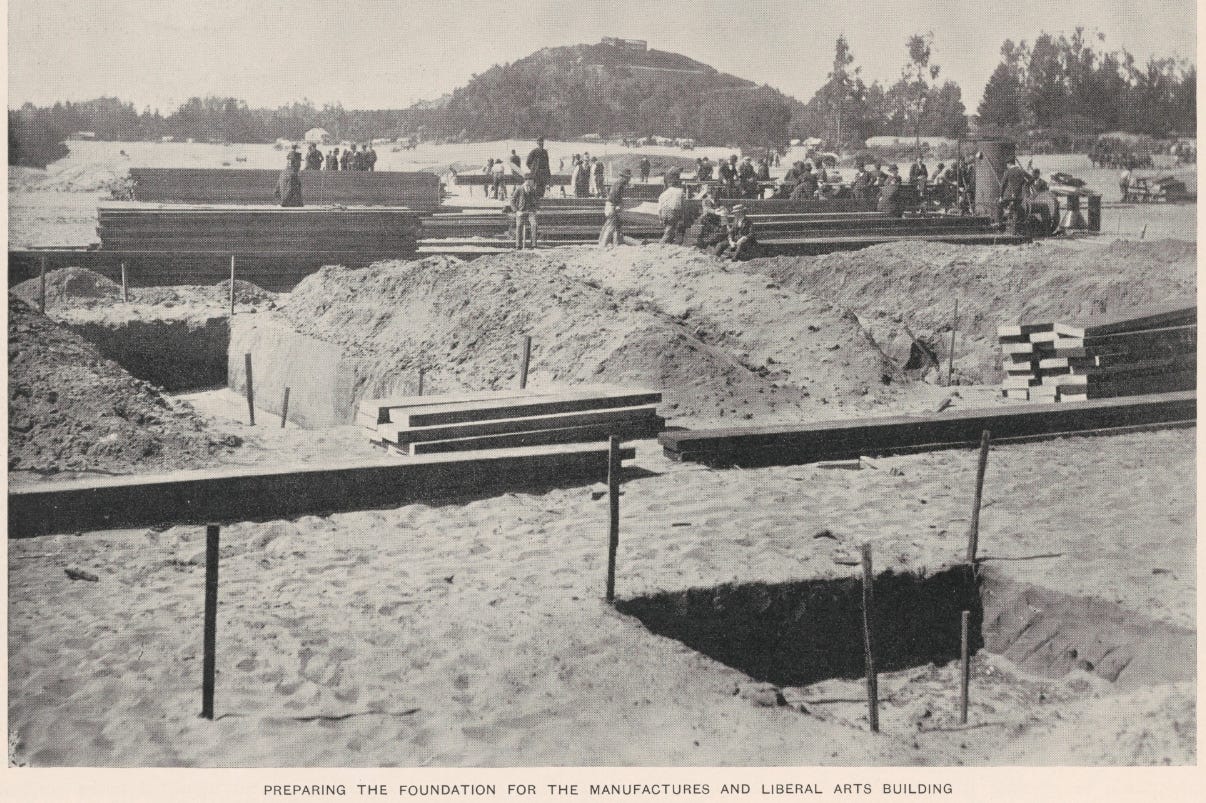

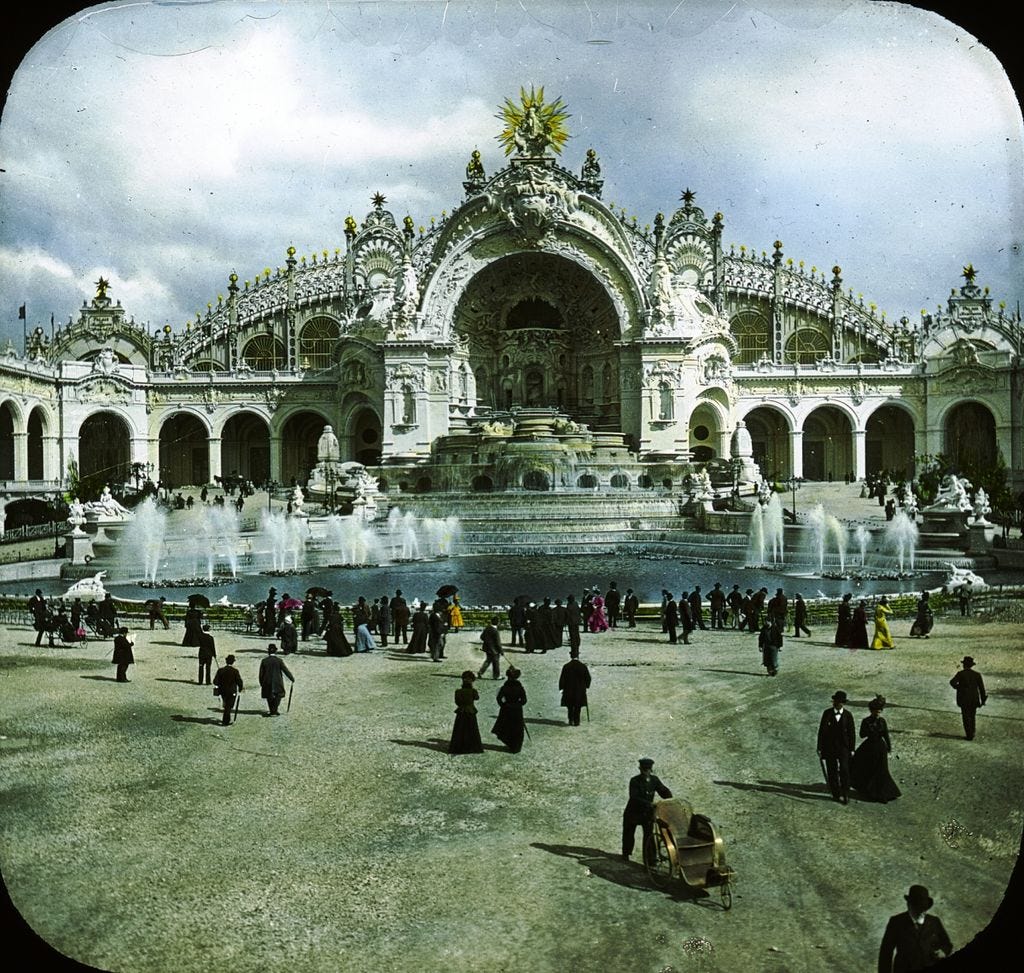

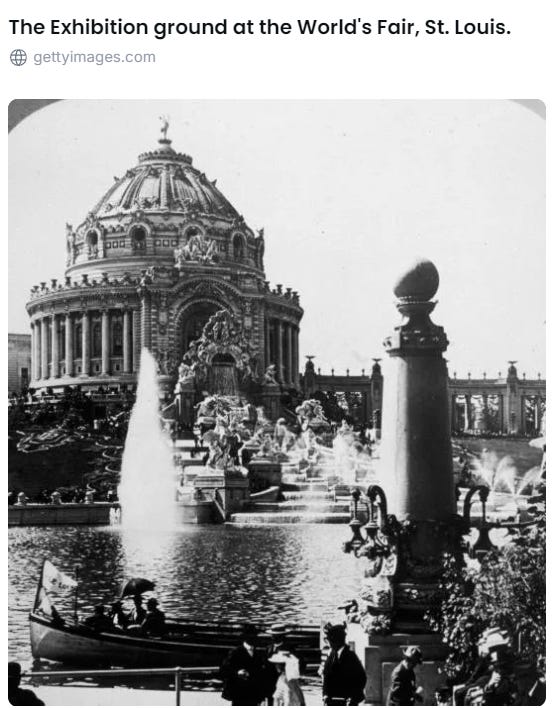
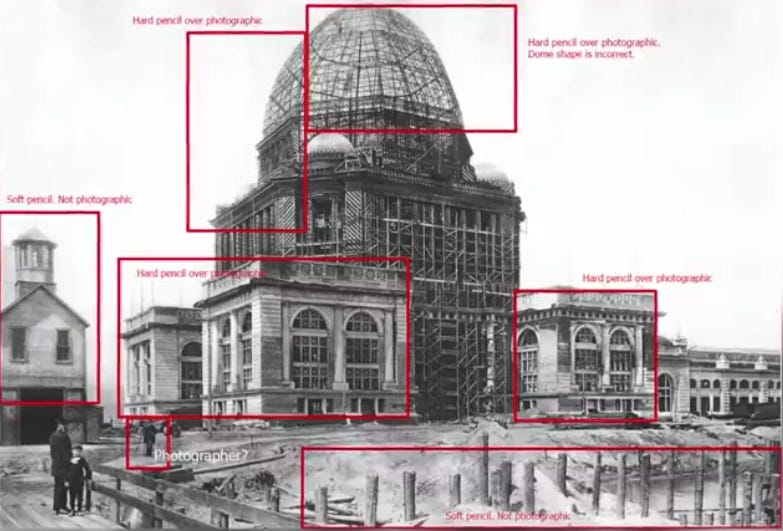
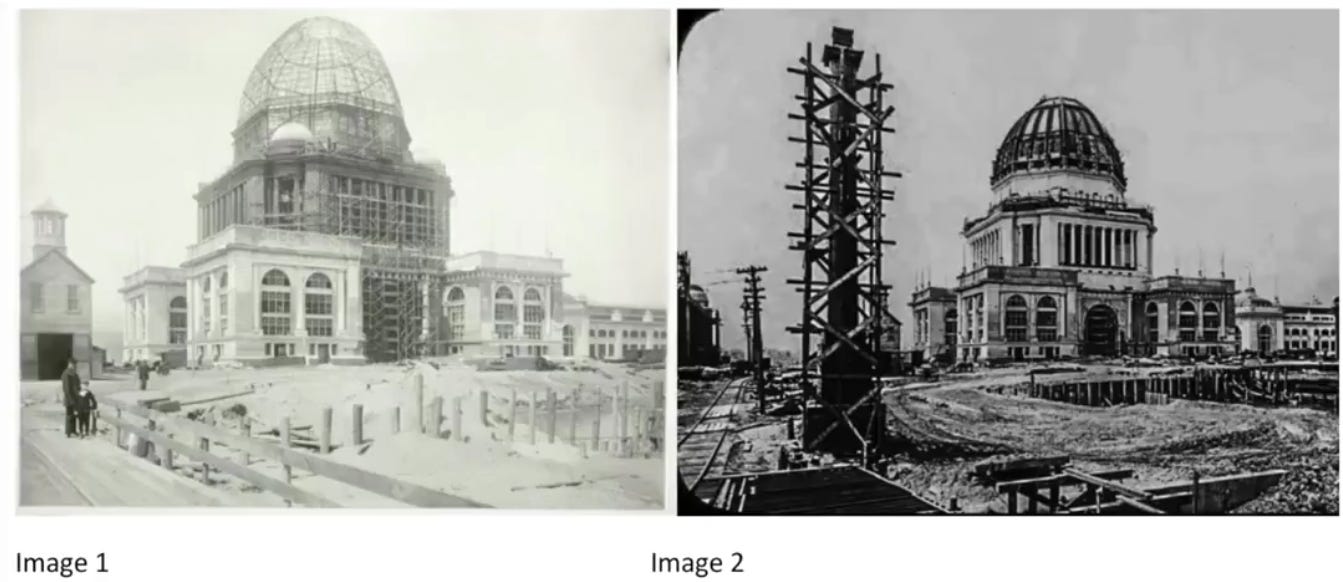
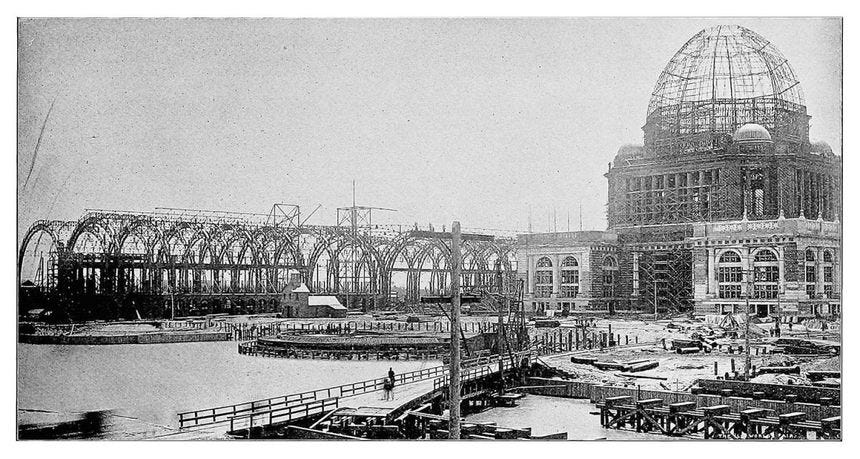
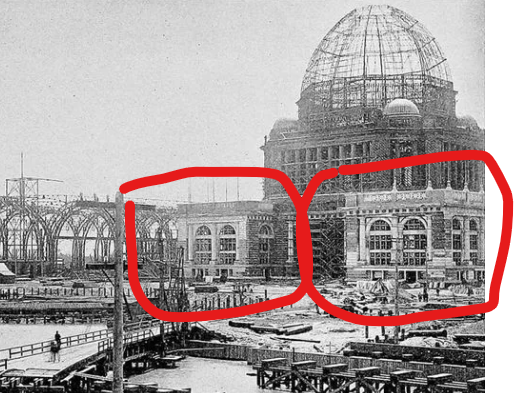
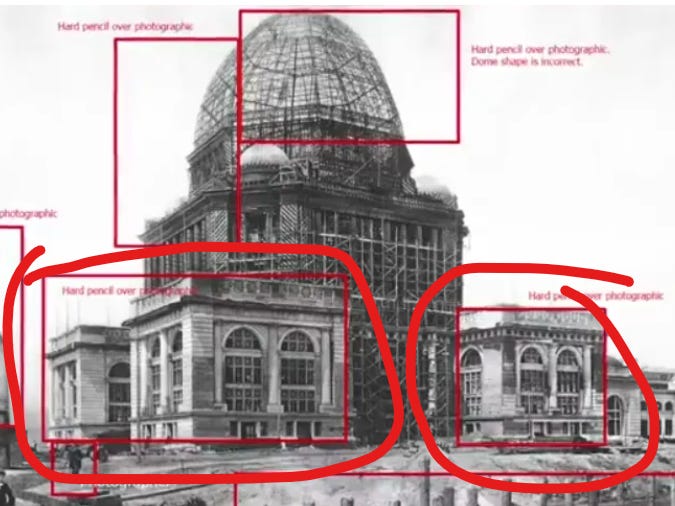
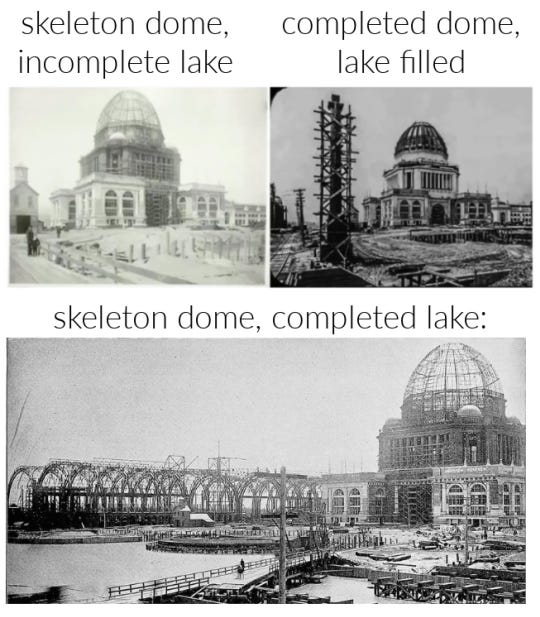
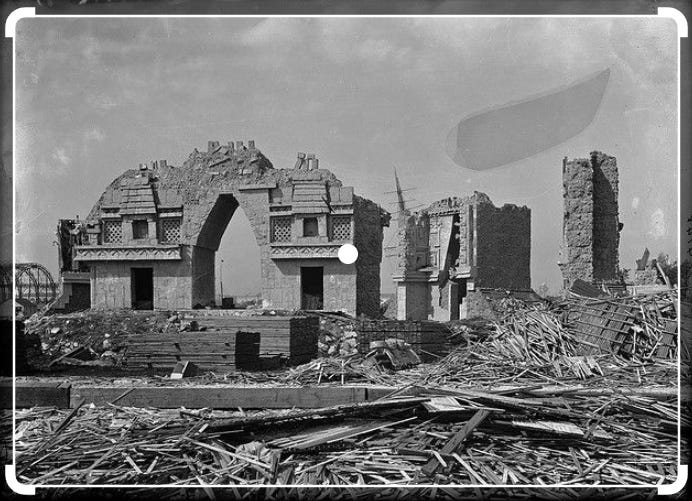
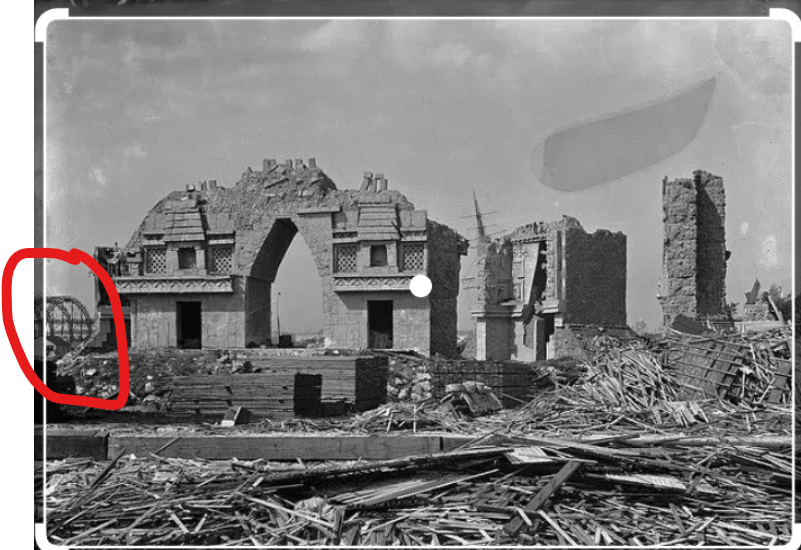
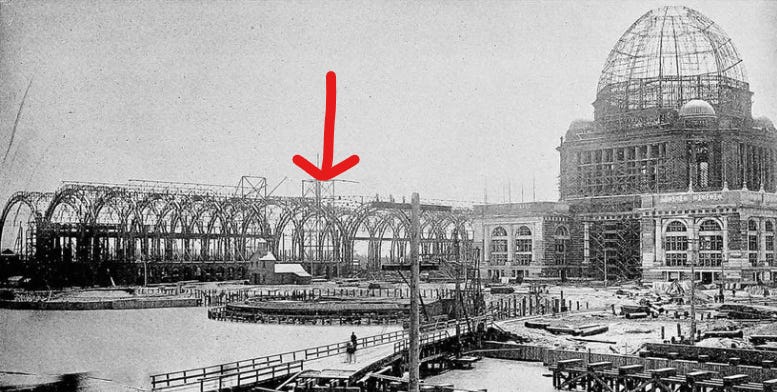
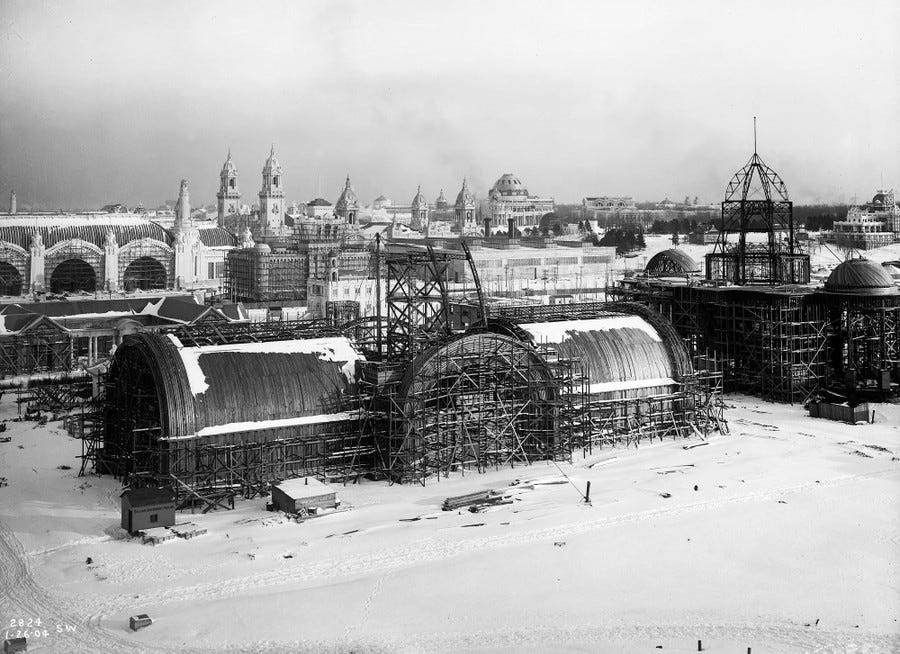
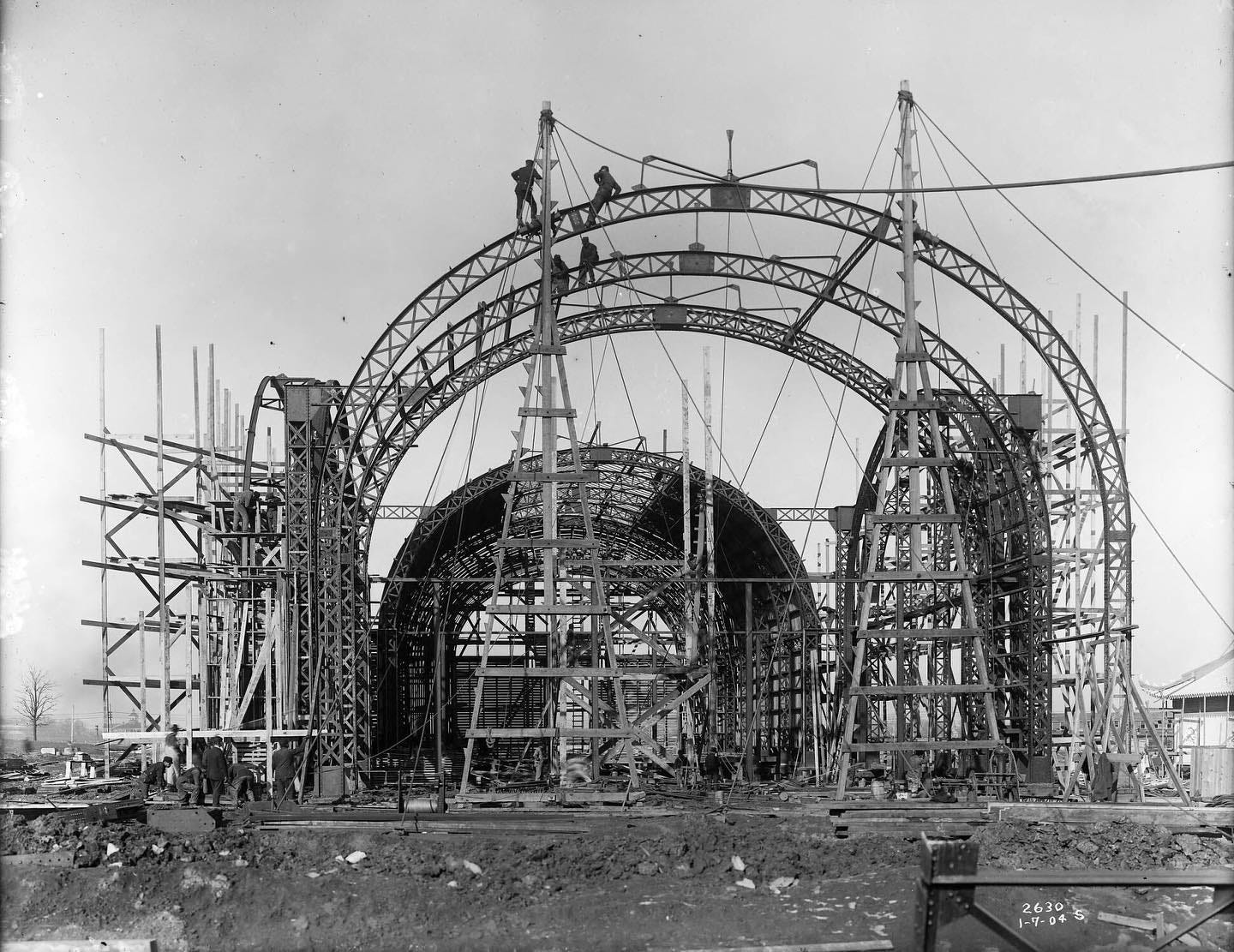
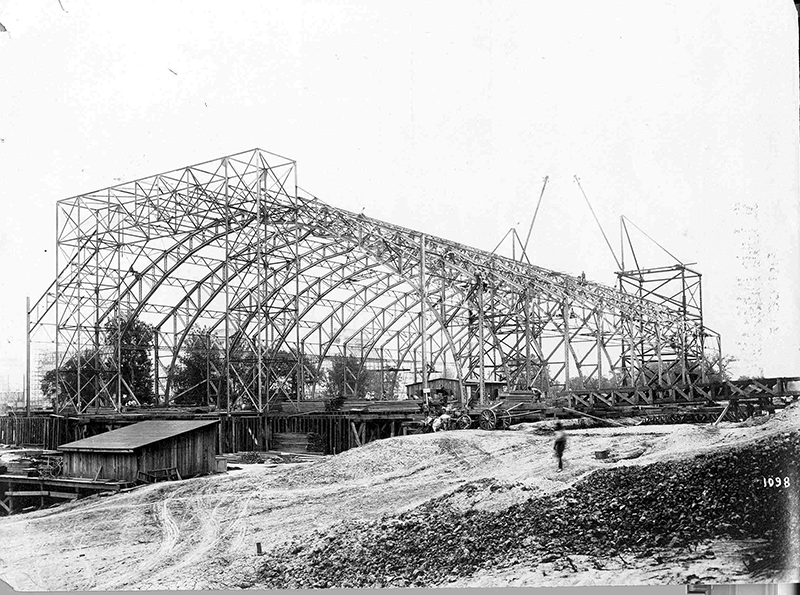
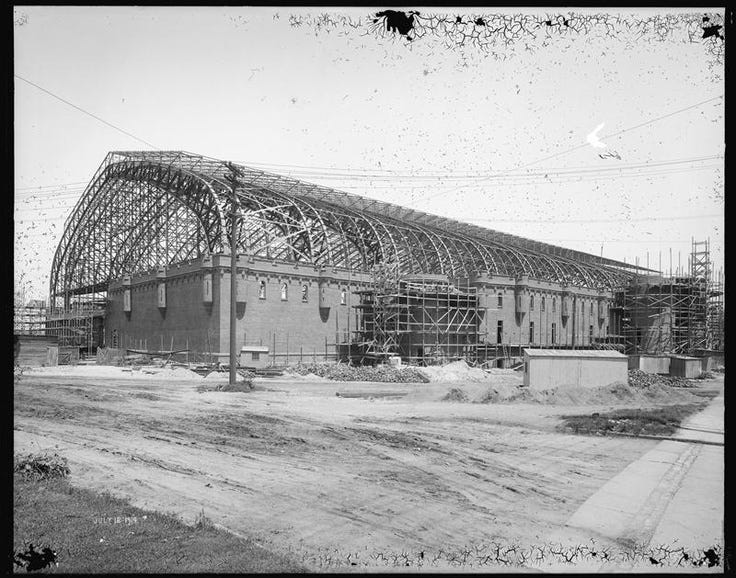
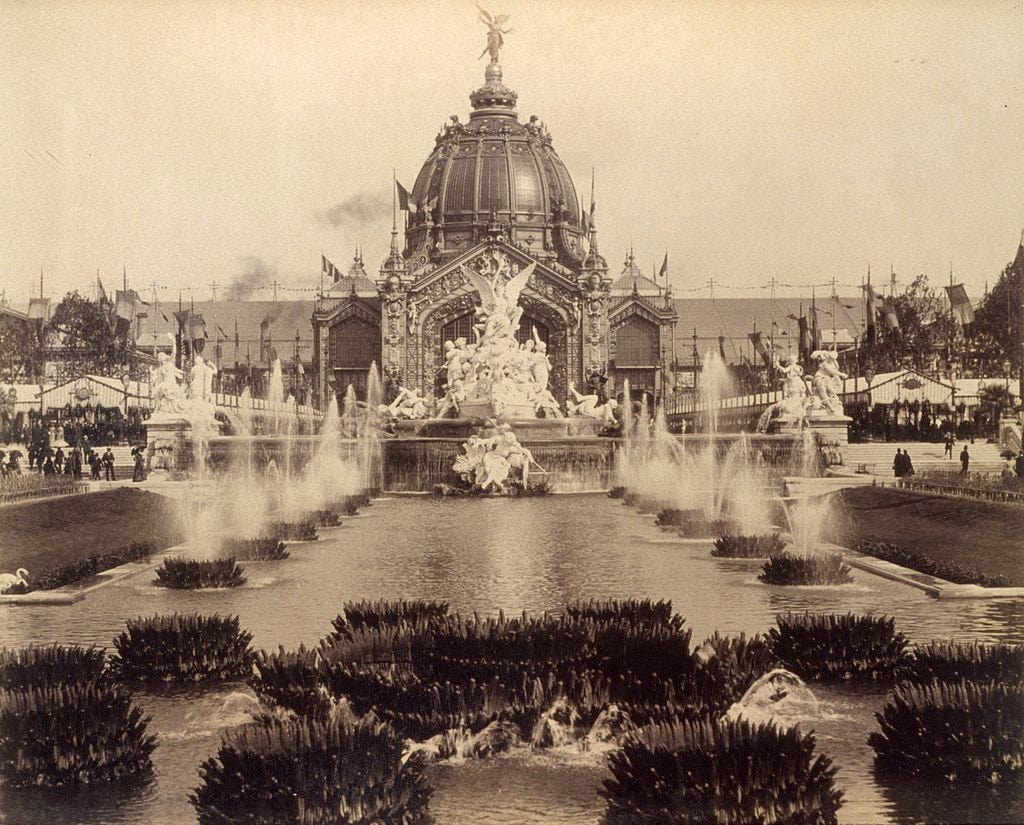
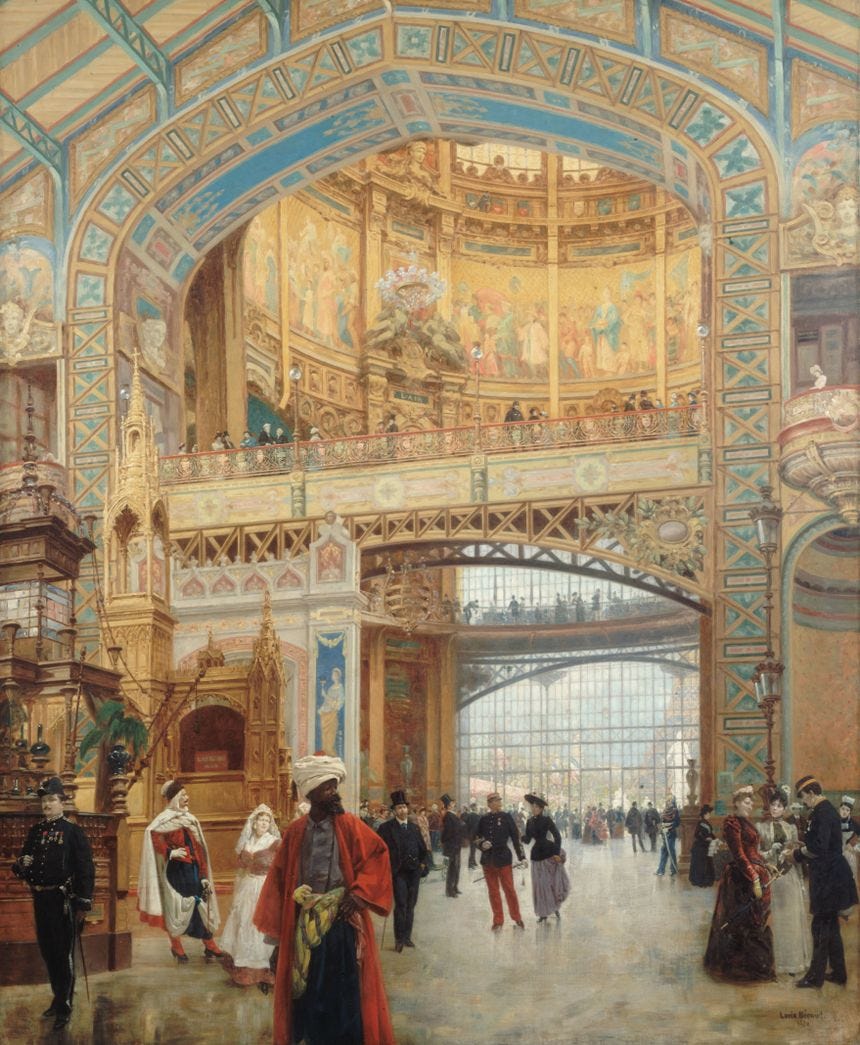
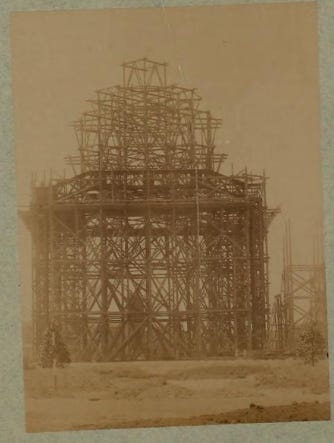
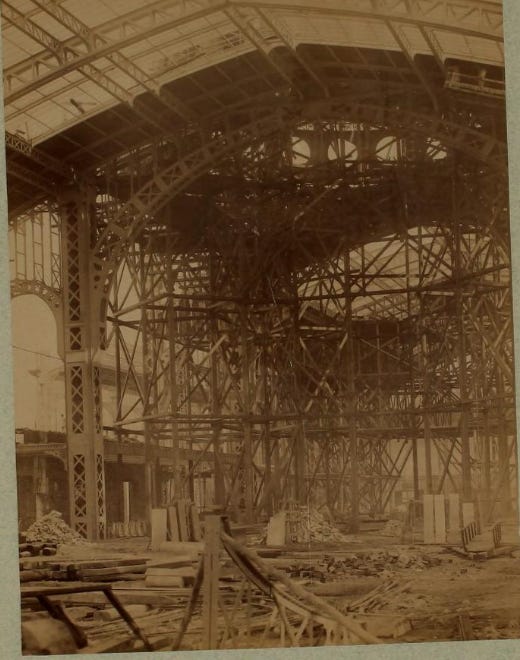
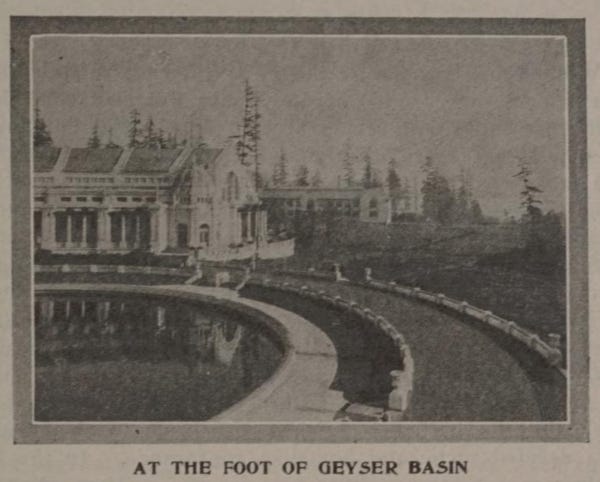
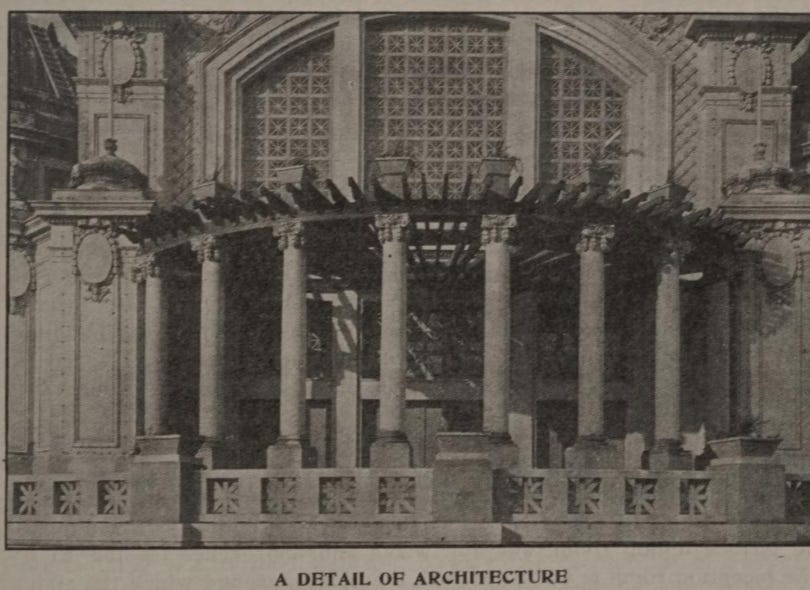
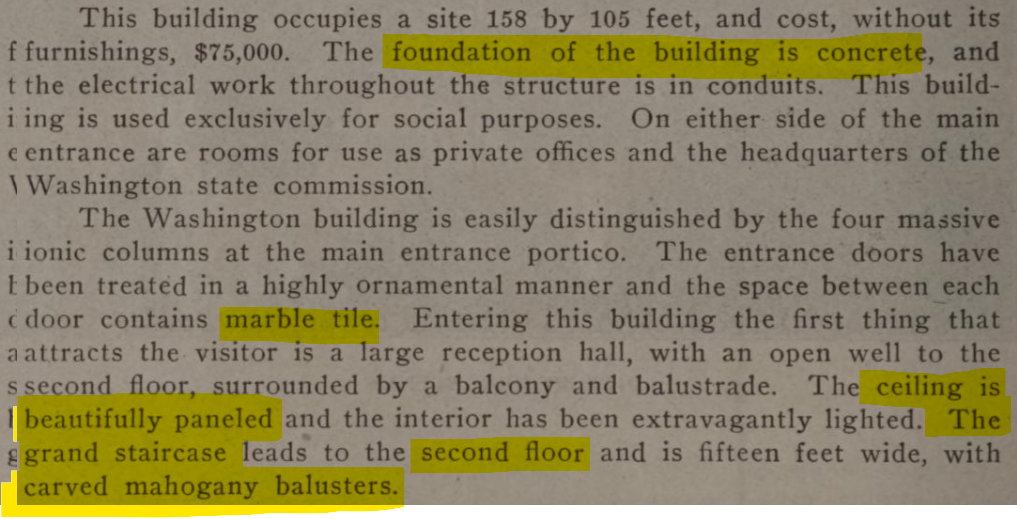
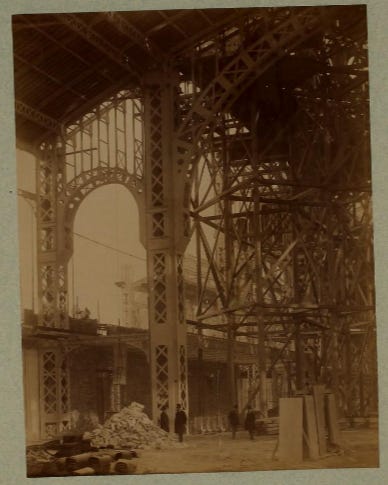
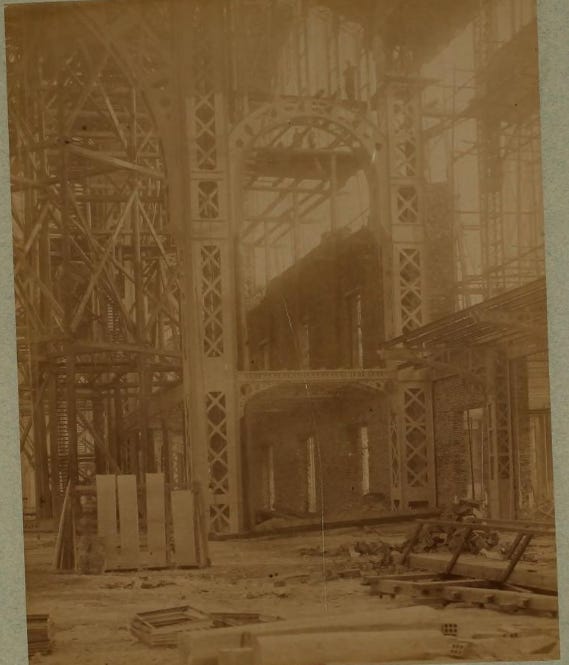
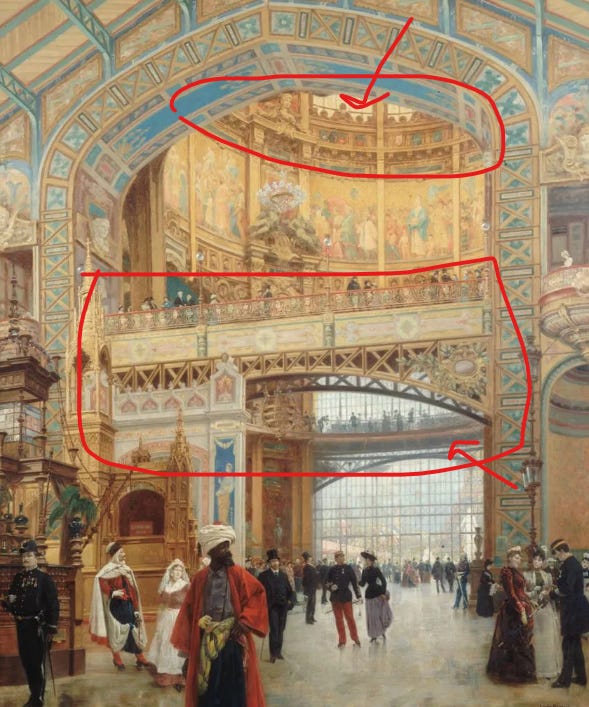
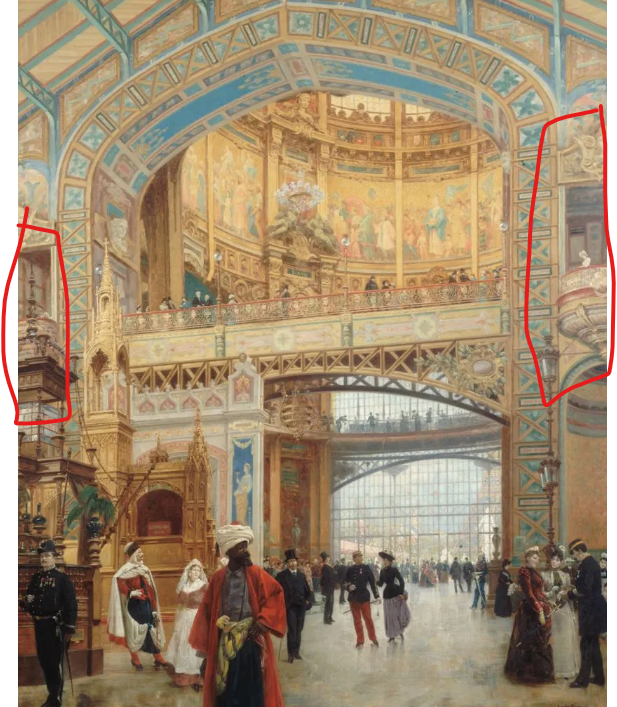
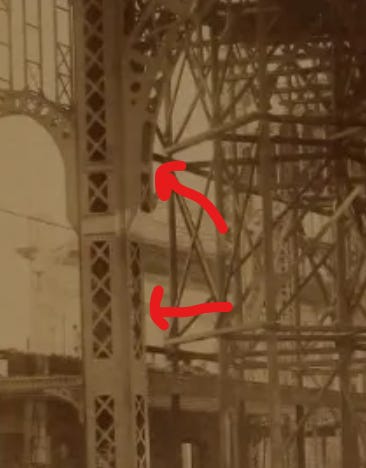
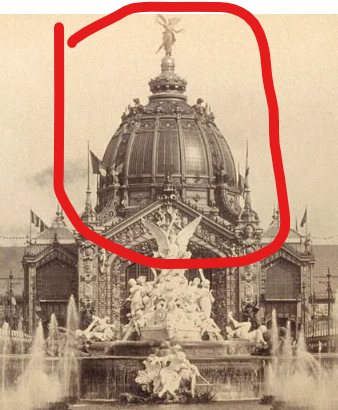
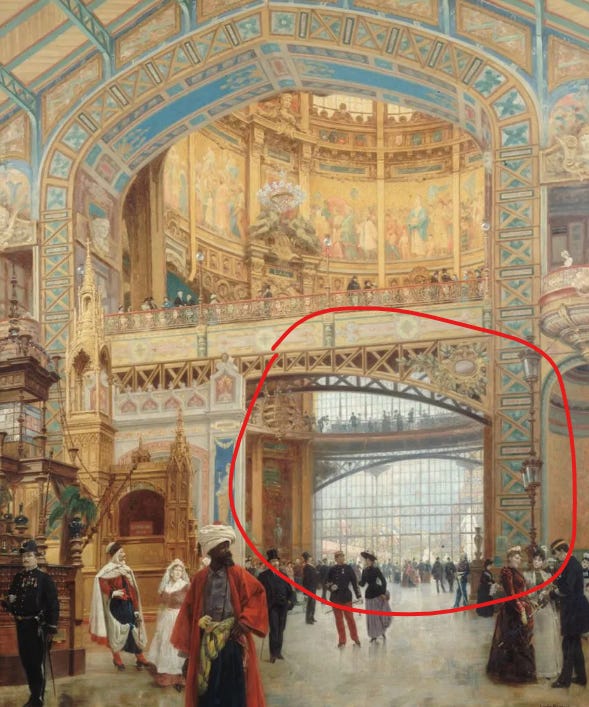





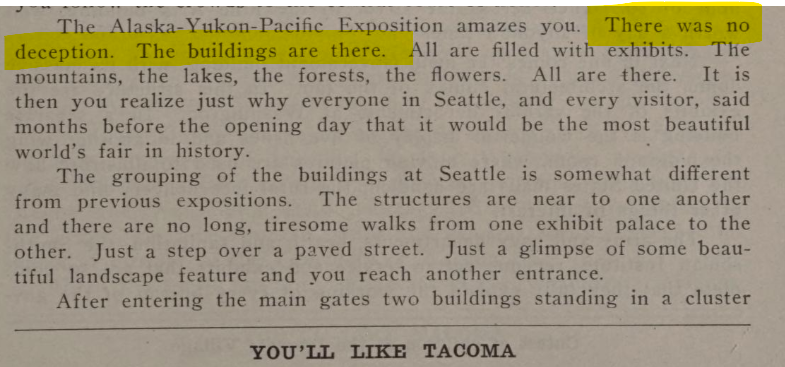
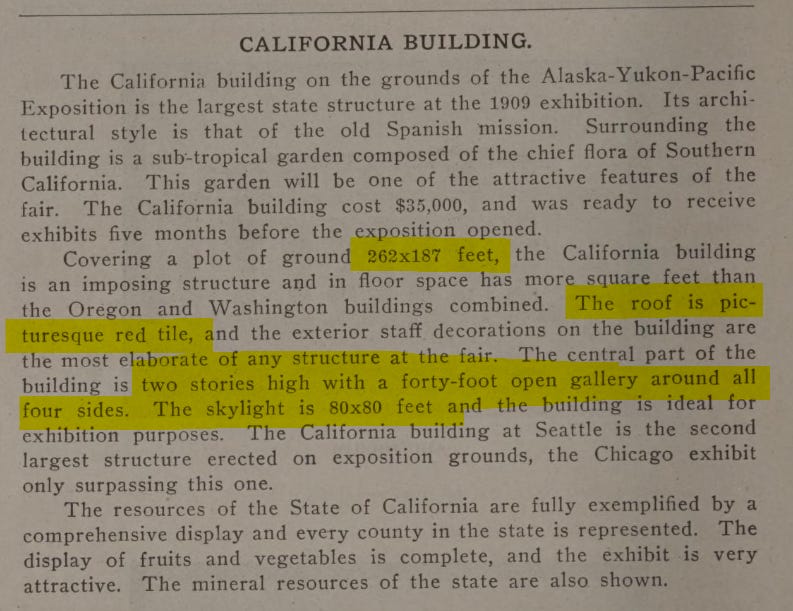
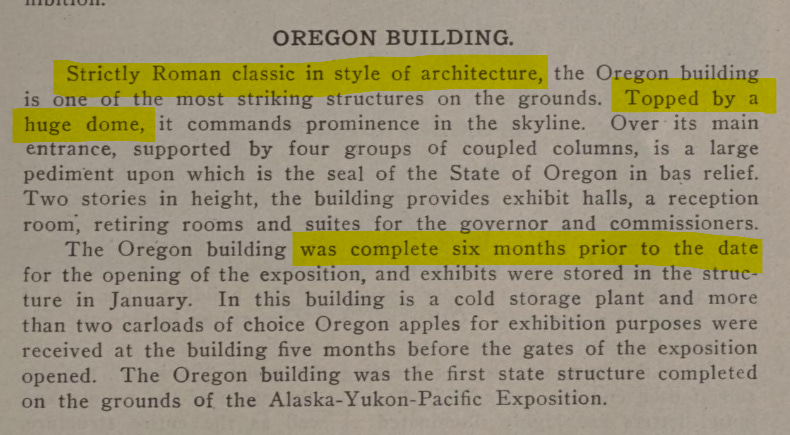

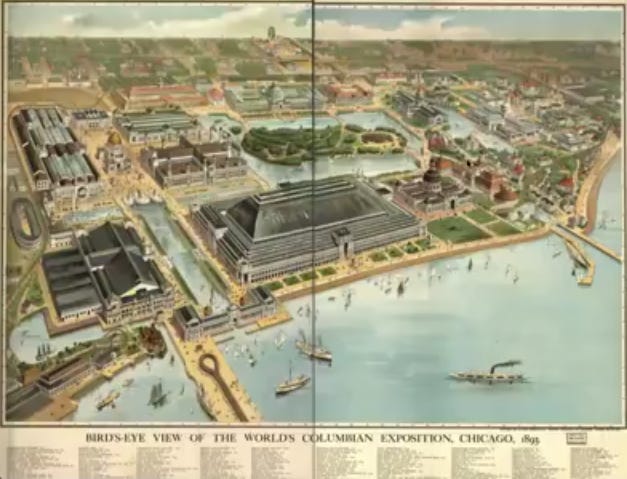
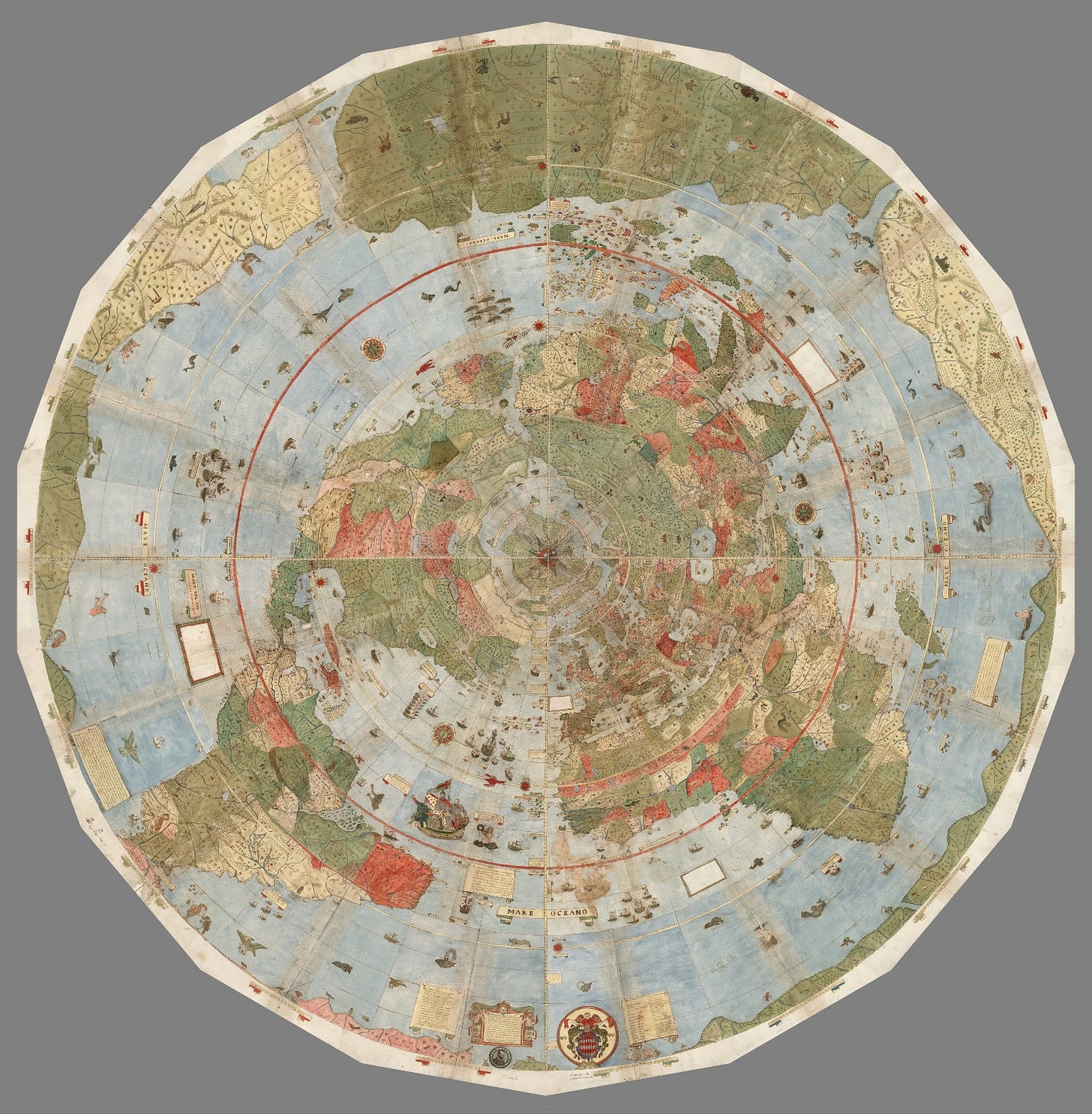
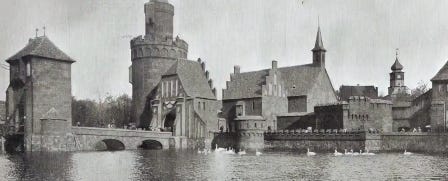
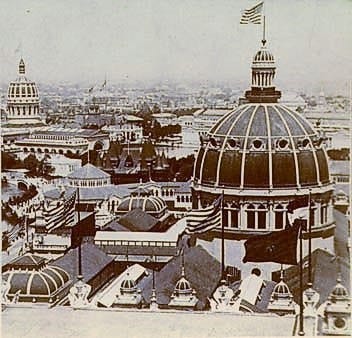
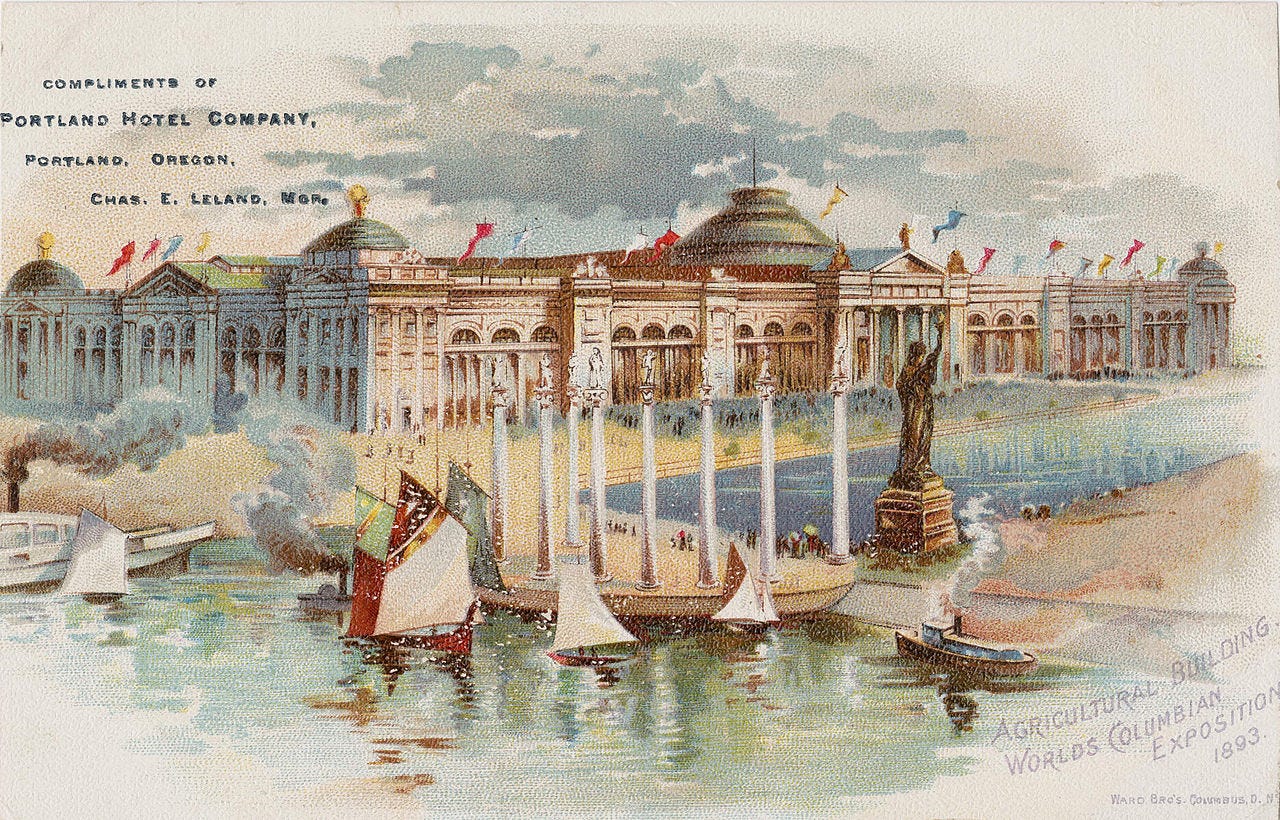
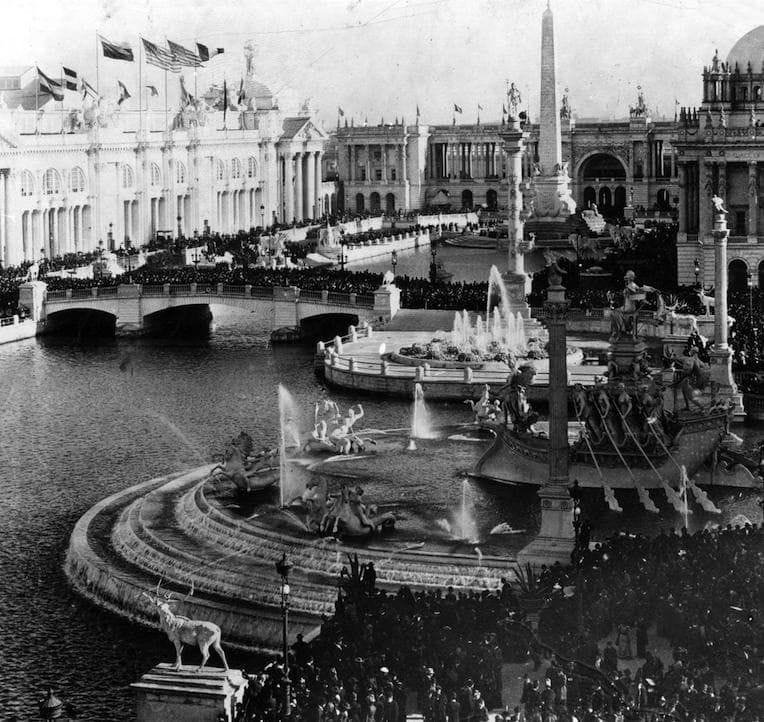

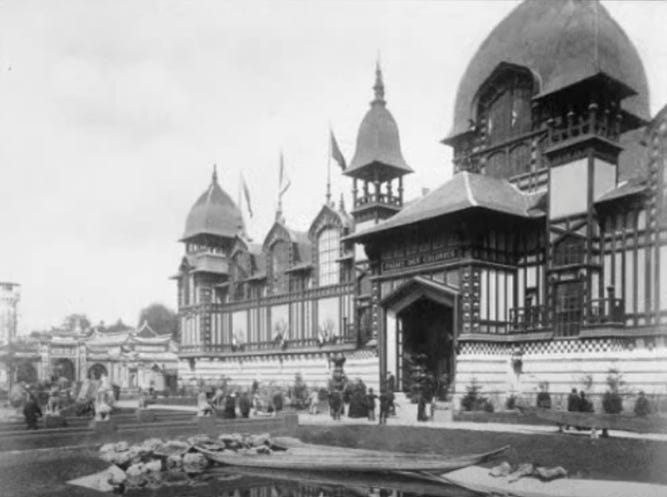












I'm so glad you found this a worthy subject to research, after all. Another amazing stack Agent. Thank you for this, it answers so many questions I have had since having found various photos like these, online, over the past few years. My interest piqued in about 2018 when I found out that my great grandfather came to MI on an "Orphan Train" from The Boston Home for Wayward Wanderers,( still in business btw, under a tweaked name). They wanted $300 to even look into his file, with no idea whether they even had anything. I passed, what a mafioso scam!
I'm most cases there is no reason to believe that these were "World's Fairs" at all. They look like people, just living life in the time. I believe they created the World's Fair idea later, to use as a cover story for this destruction of our historical buildings, free technology and the healing frequencies. We know they had free electricity. These buildings were equipped to harness electricity from the aether. Water was abundant I believe it was also used for power. I read a story about Henry Ford inventing a car that ran on water, and then no more info about it.
We have also seen photos of the bells that were removed and tossed into a heap. We've learned that the frequencies of bells were used for healing. So many lies, upon lies, upon lies. I think this is pretty glaring evidence, that was the last "Reset", and they will likely do the same this time. They've already removed statues of historical figures from all historical genres, and have erected hideous satanic ones. Btw, another subject you might find interesting. Greg Reese just interviewed Mark Passio, who was a member of the "church of satan" , who explains very clearly that they are not what we think they are. It's not about the figure "satan" at all.
Removing statues, and the Georgia guidestones(proof of planned genocide) was just the beginning. They will erase all evidence of anything other than what AI searches allow to be found, regarding technology, wars, religion, family, and everything that made us "humanity". We are just animals to them and will want the future transhuman generations to see us as nothing more.
It has made me wonder though, why are these photos available to find, now? Are they gloating on what they did, knowing that some, who understand architechture and construction, would never buy the "temporary" construction stories? Knowing it was all lies? Are they giving us a warning that they are about to do again, and rubbing our faces in it?
Has anyone thought WHY they use all these columns in their architect?
Frequency. Sound vibrates. It spreads AWAY from the columns.
Giant tuning forks. Easy destruction PRE built from within.
Look at Hoover Dam .. It has two statues at the base ... They are angles w/wings in the exact shapes of tuning forks ... It's possible Hoover Dam is meant to come down sometime in the future? Just saying...Lots of other dams are failing ...... & KEY bridges.... Keys open the golden gate bridge?
This place is a mystery ... just looking for puzzle pieces.